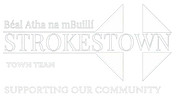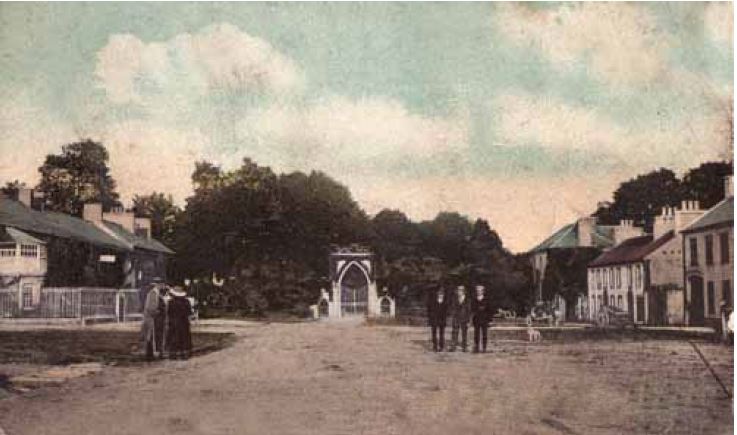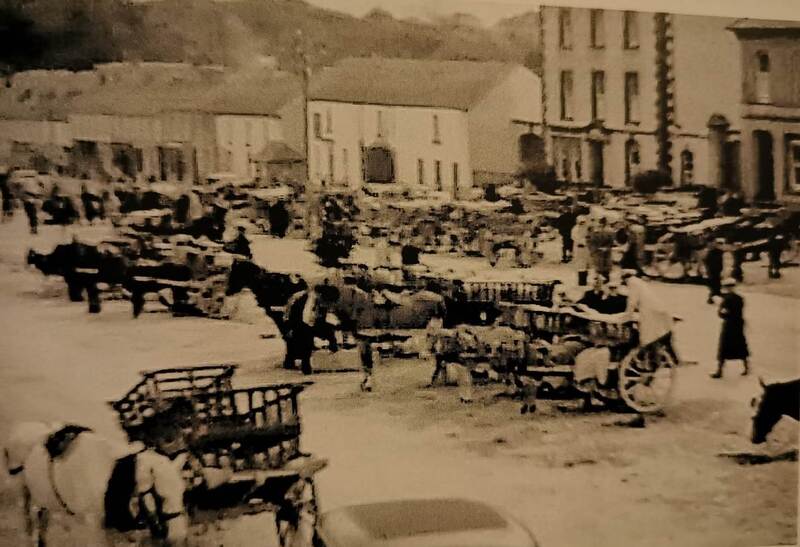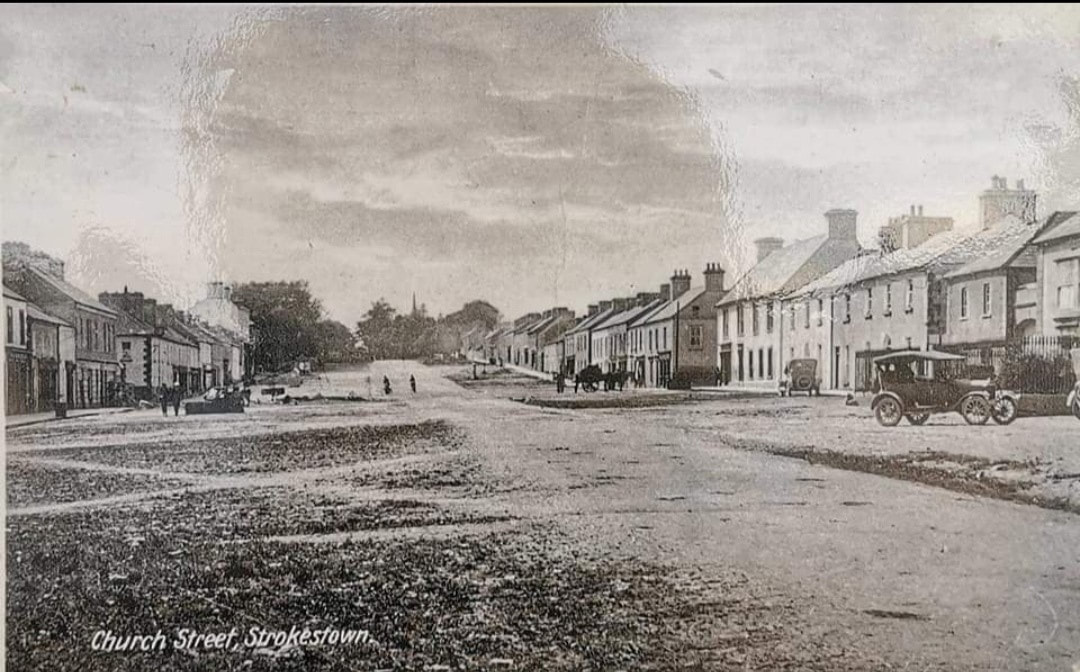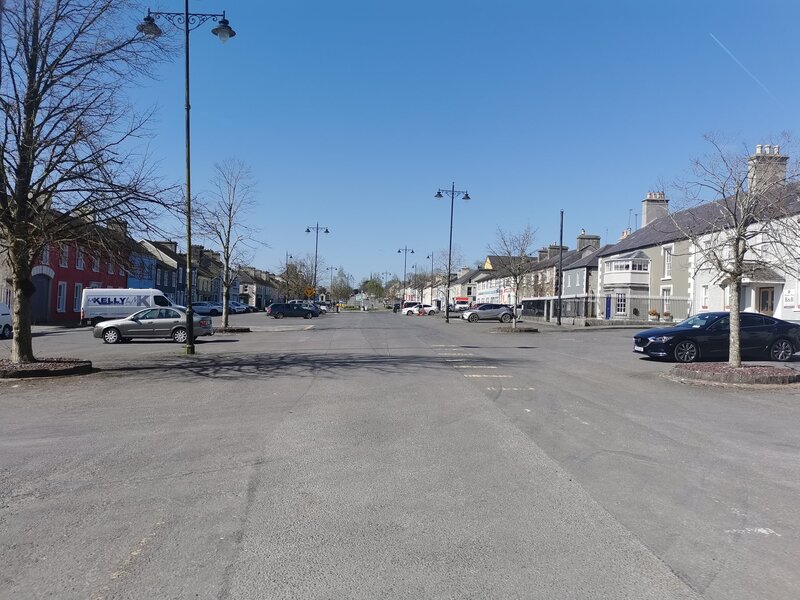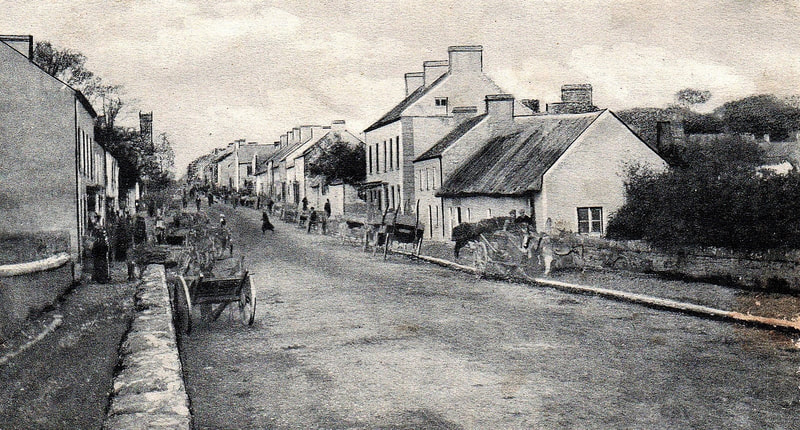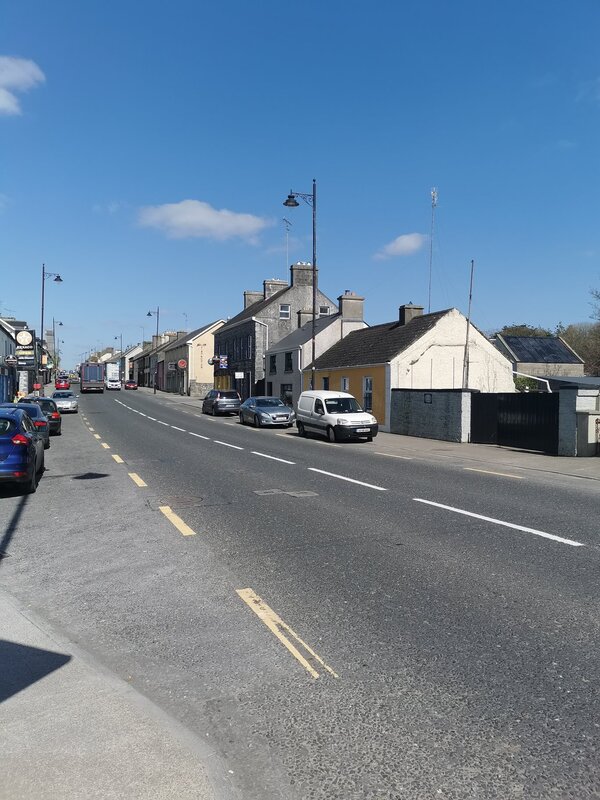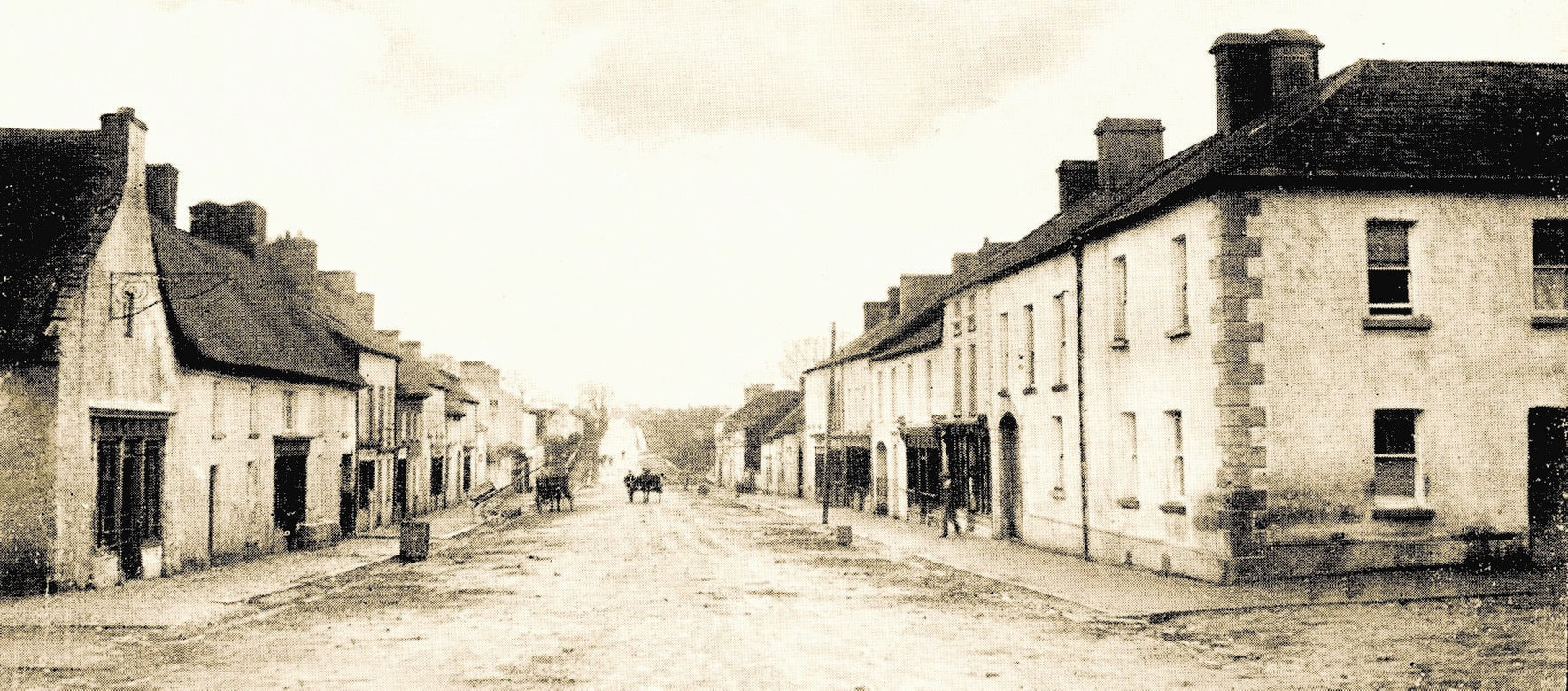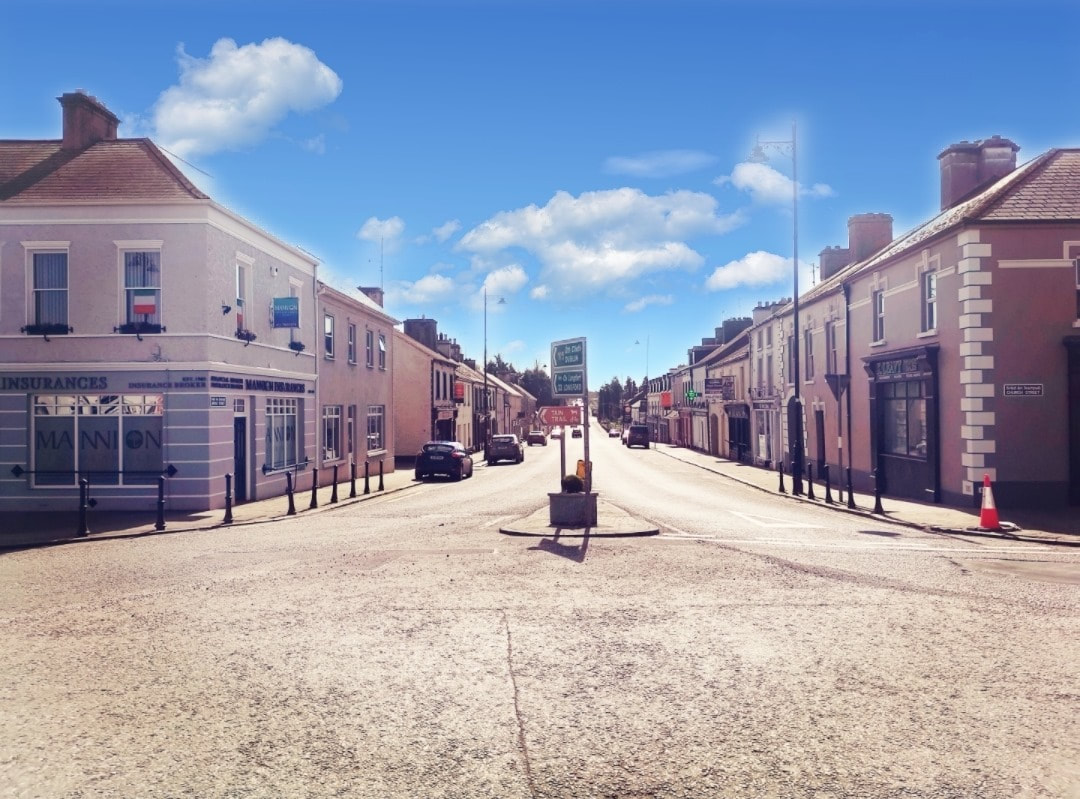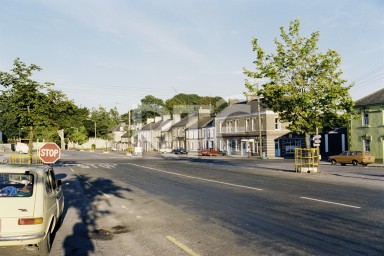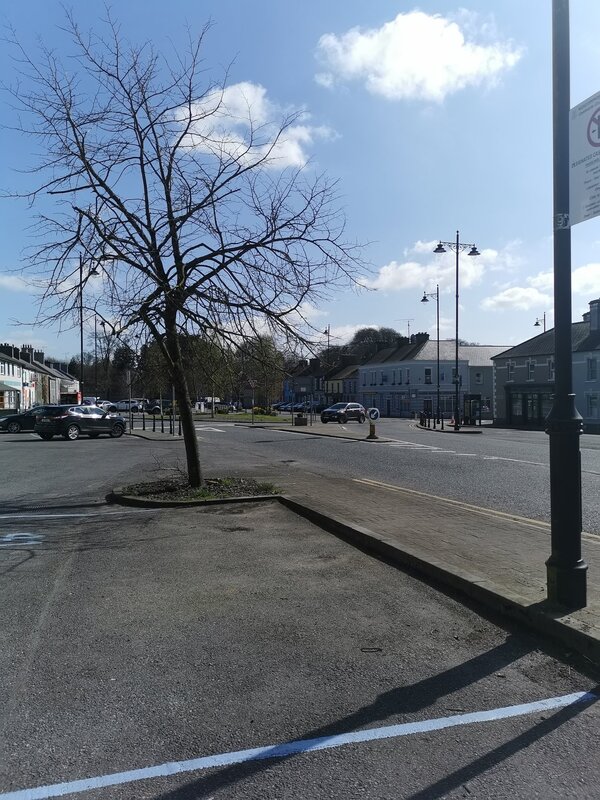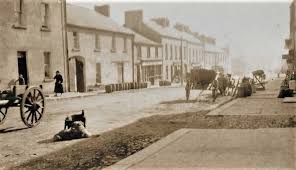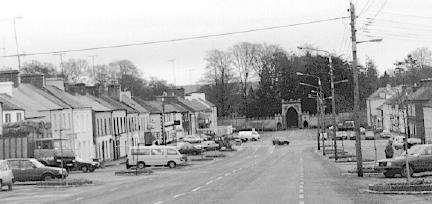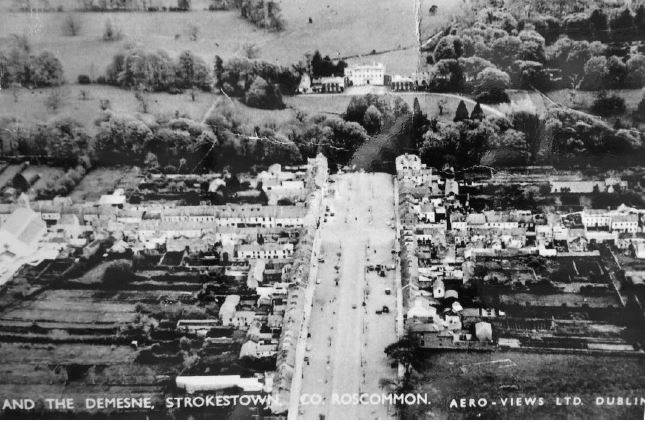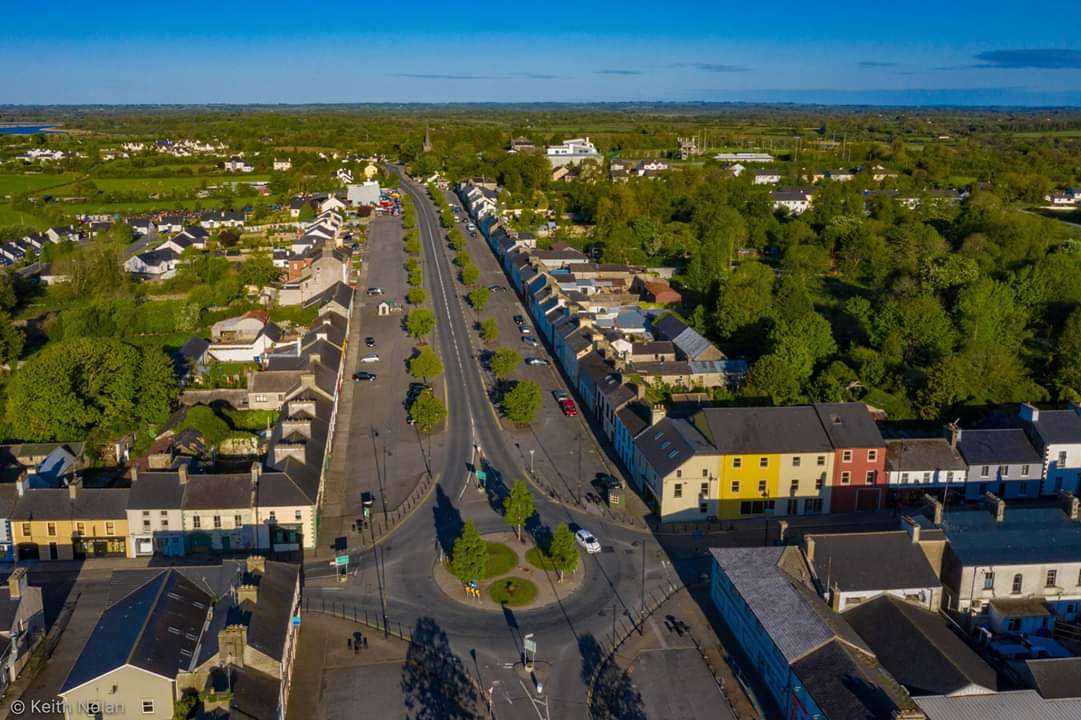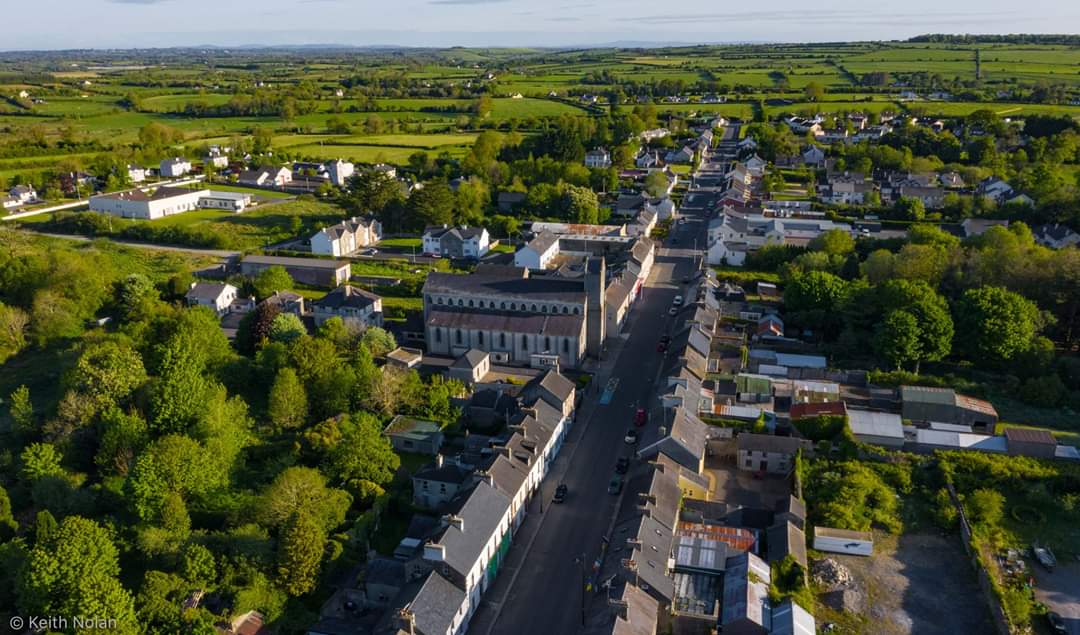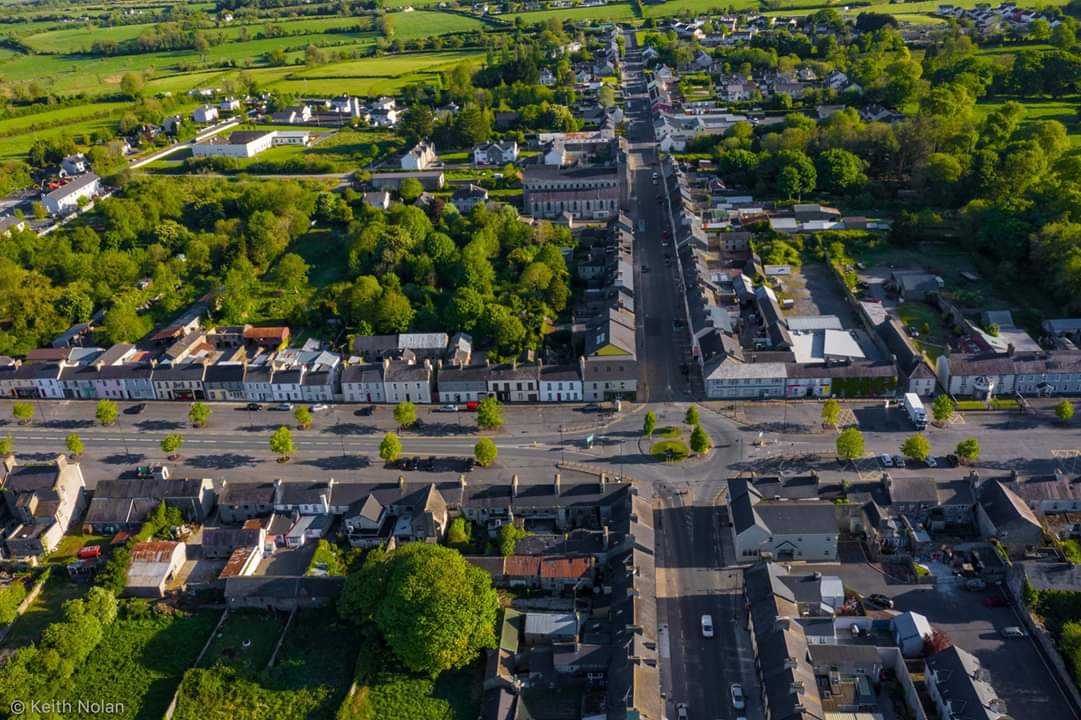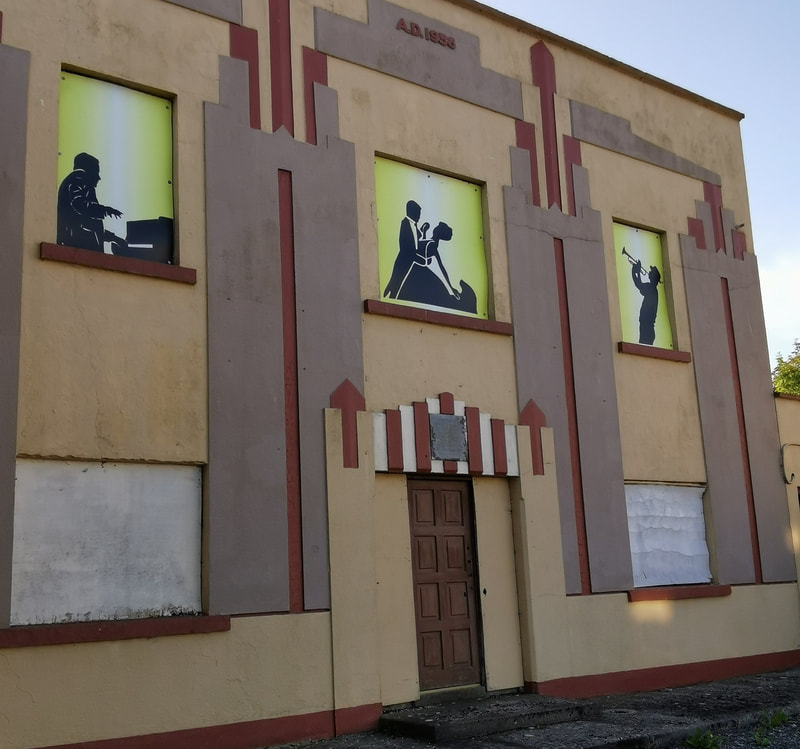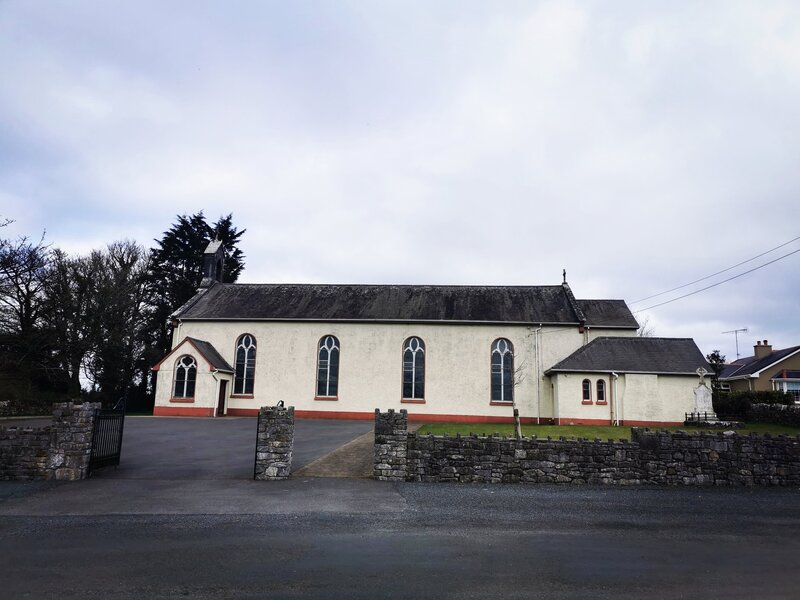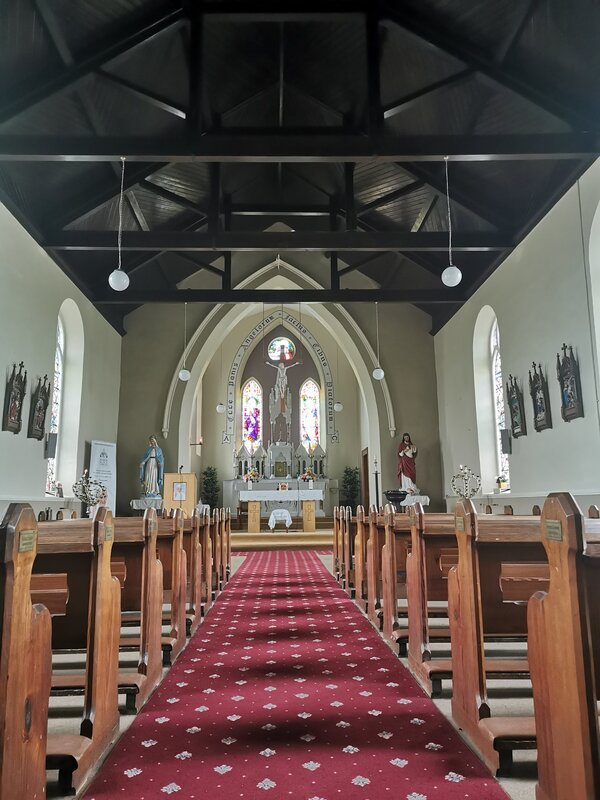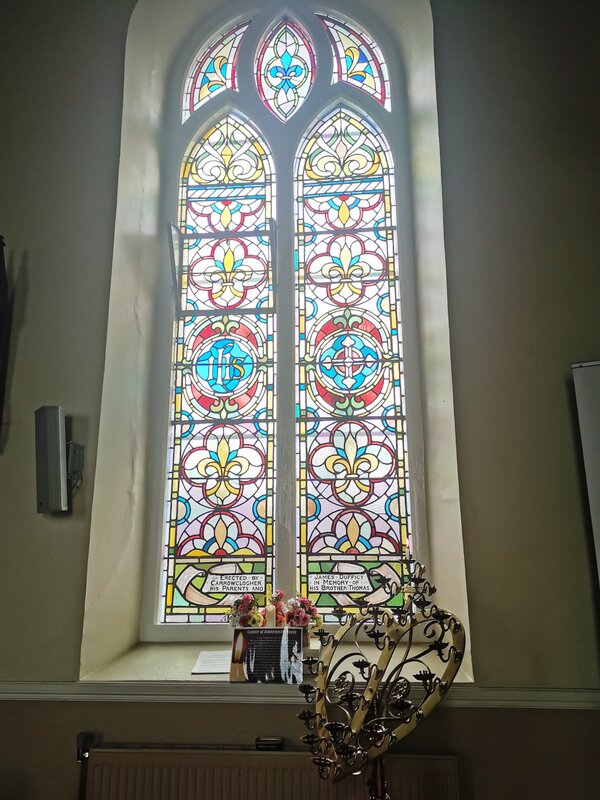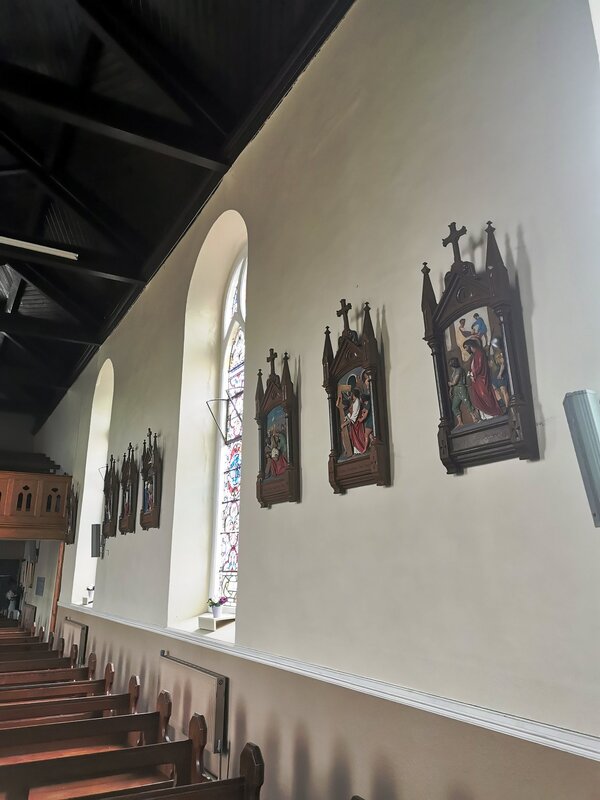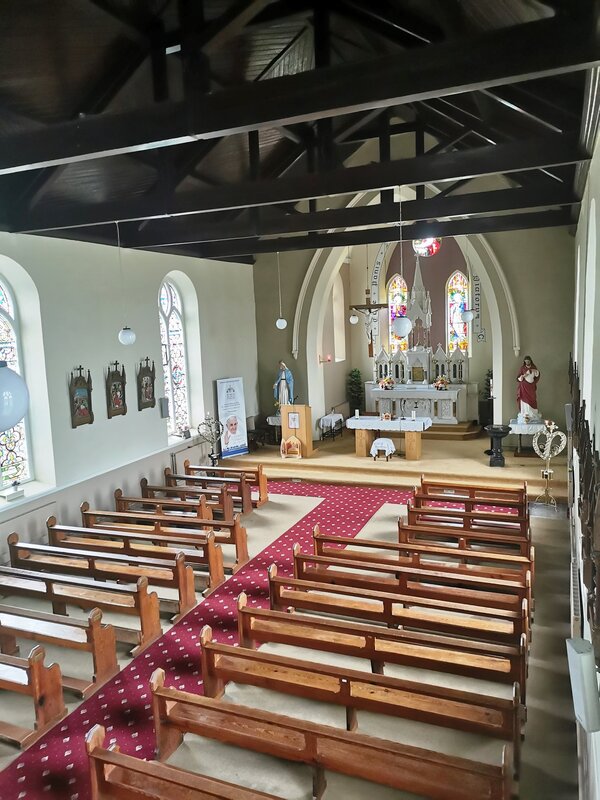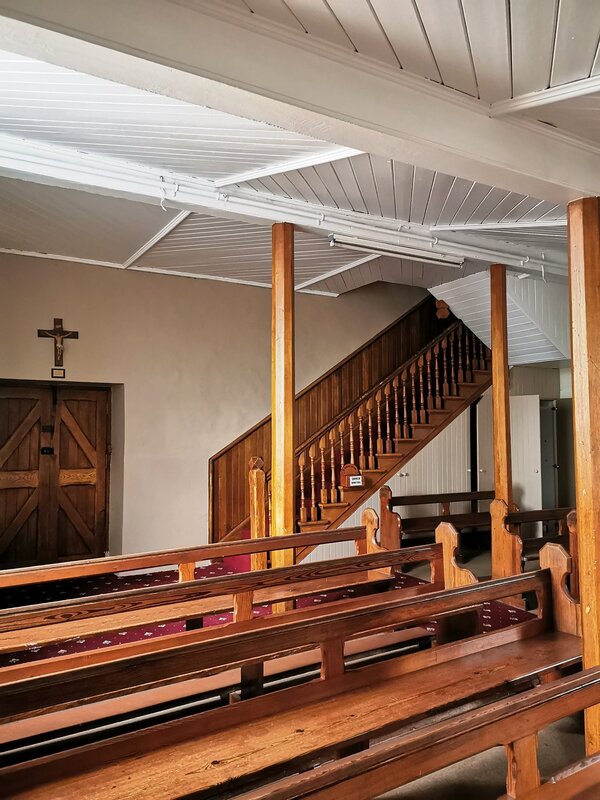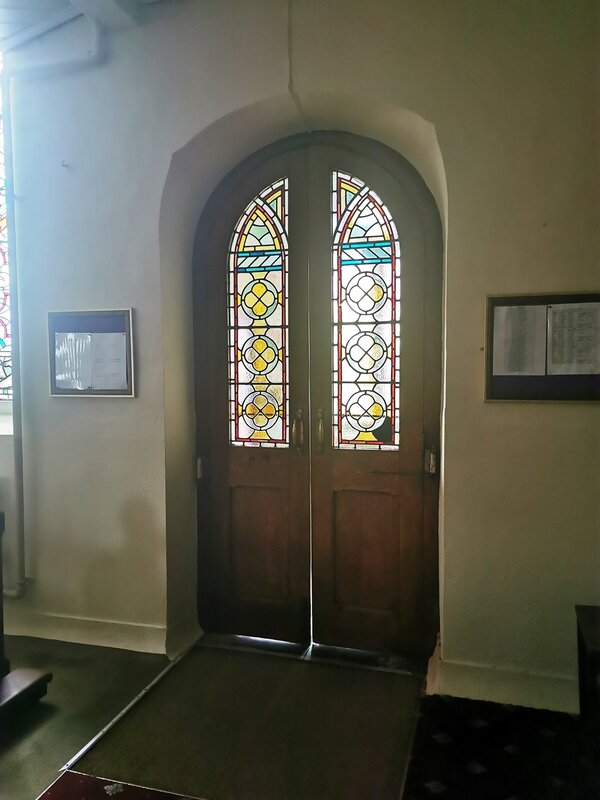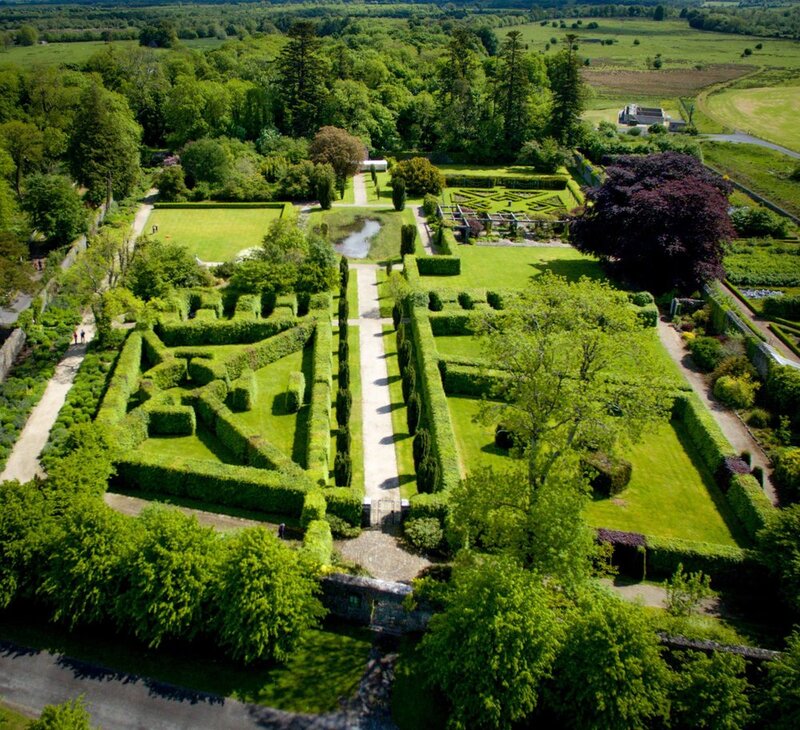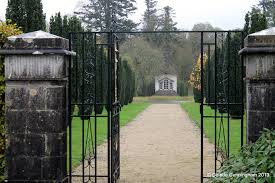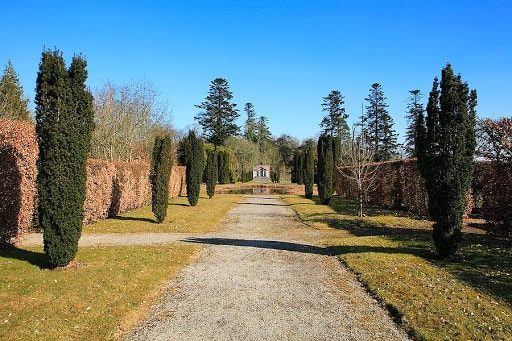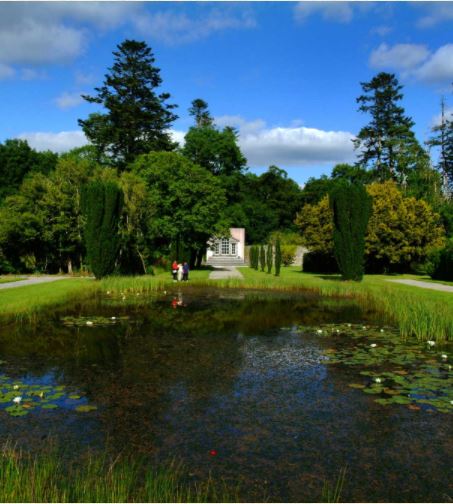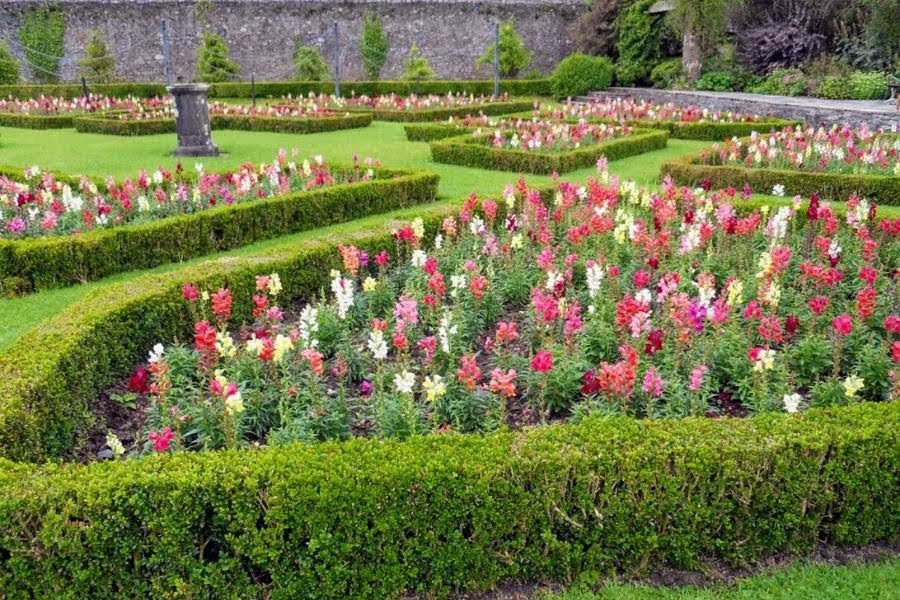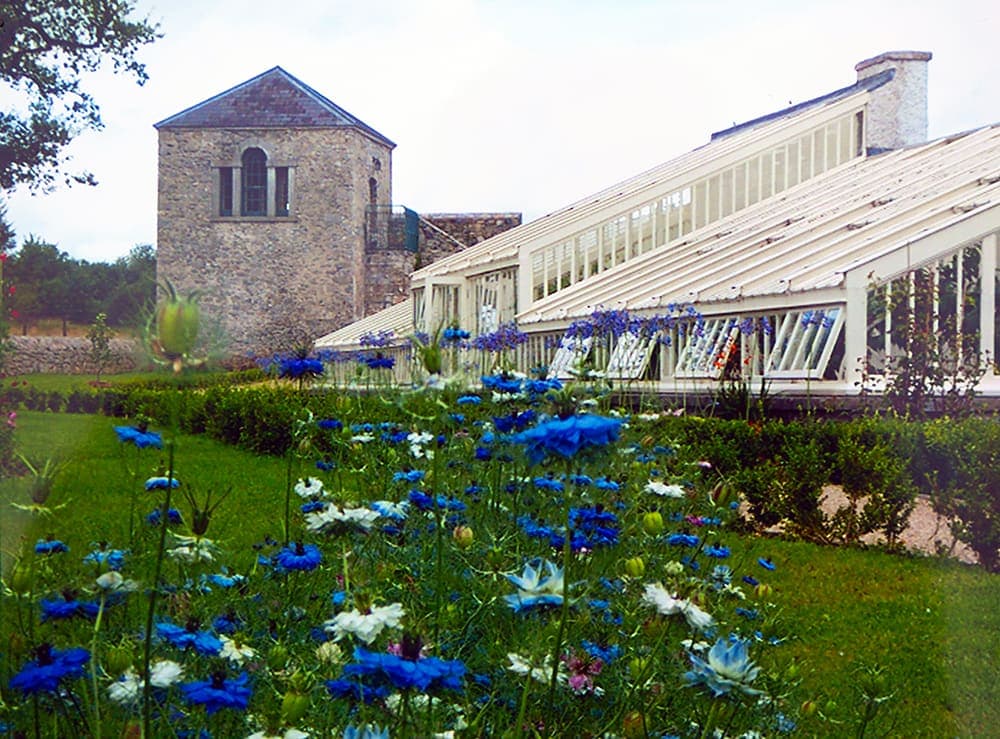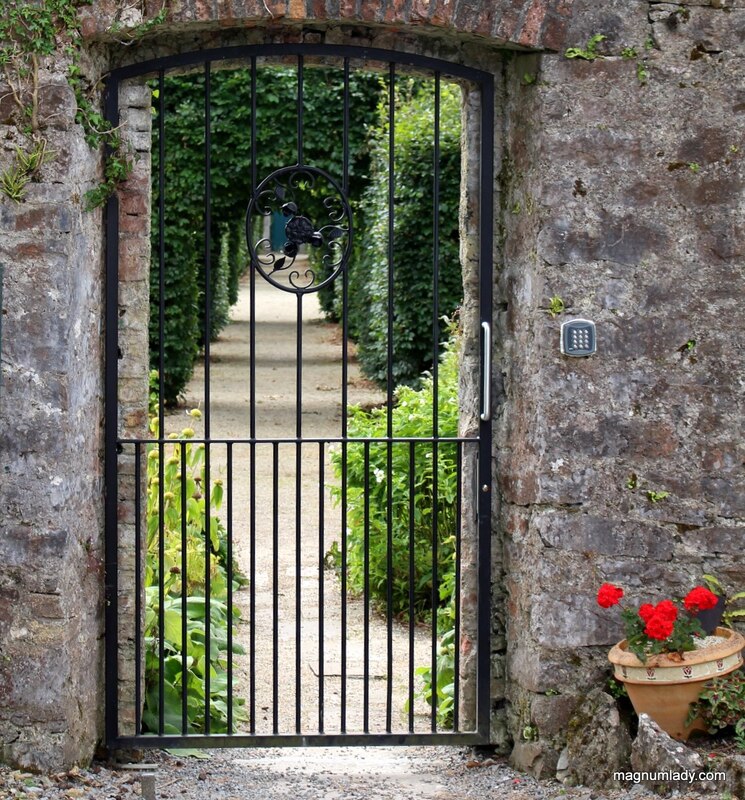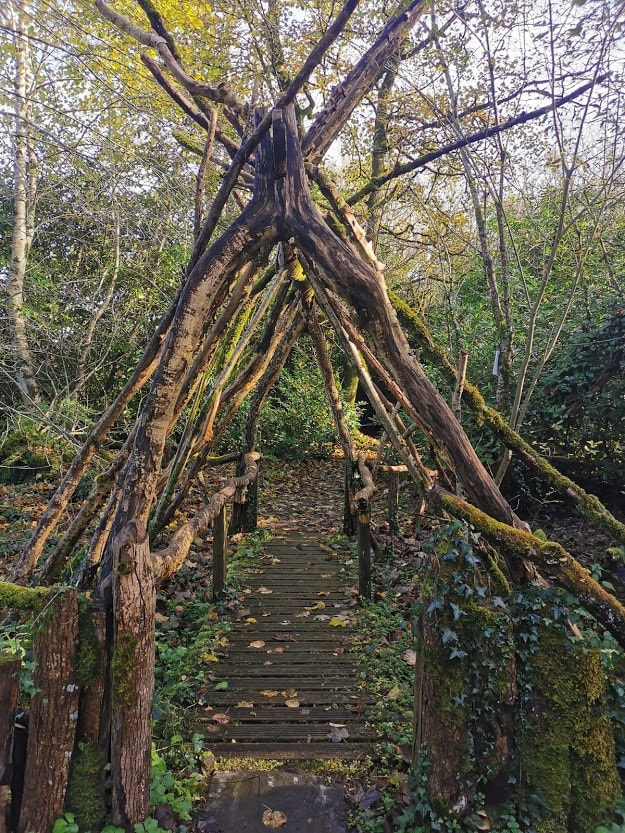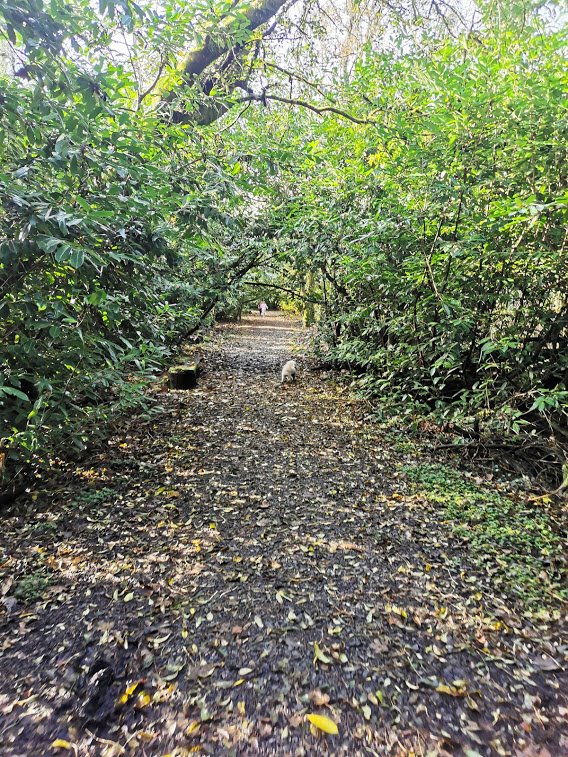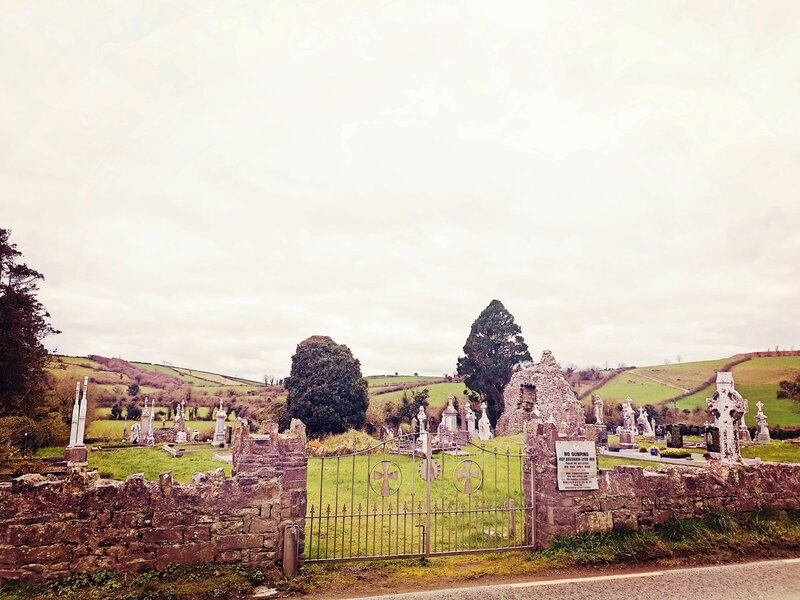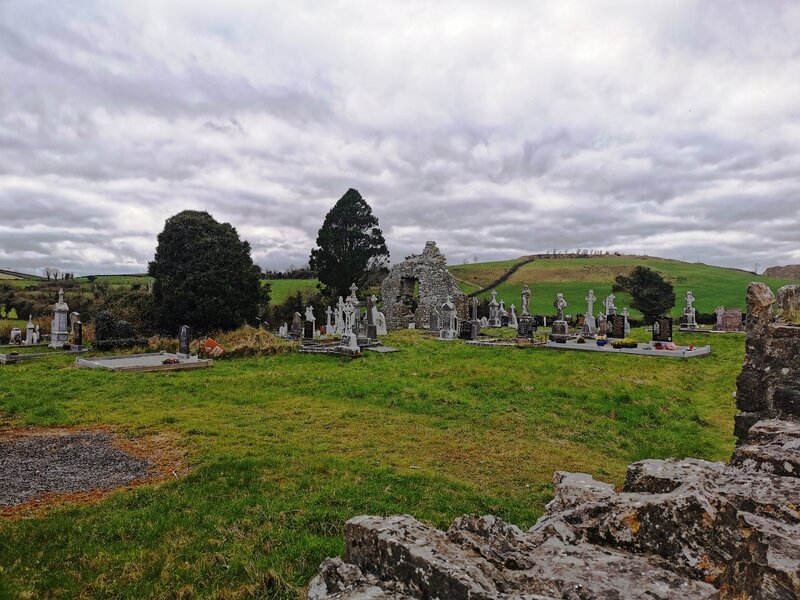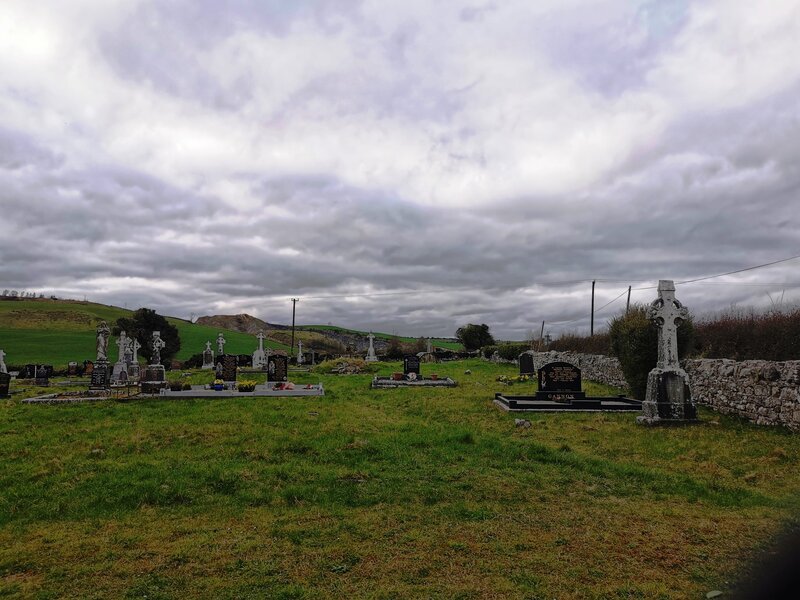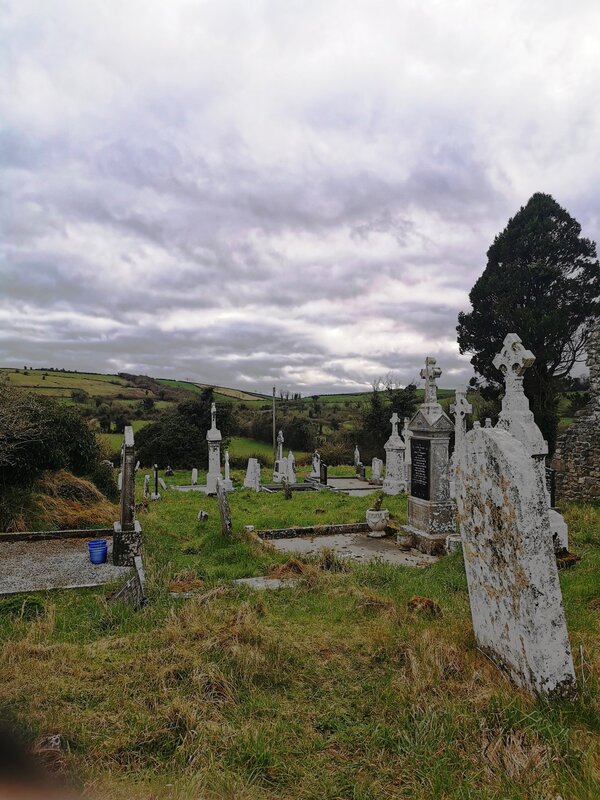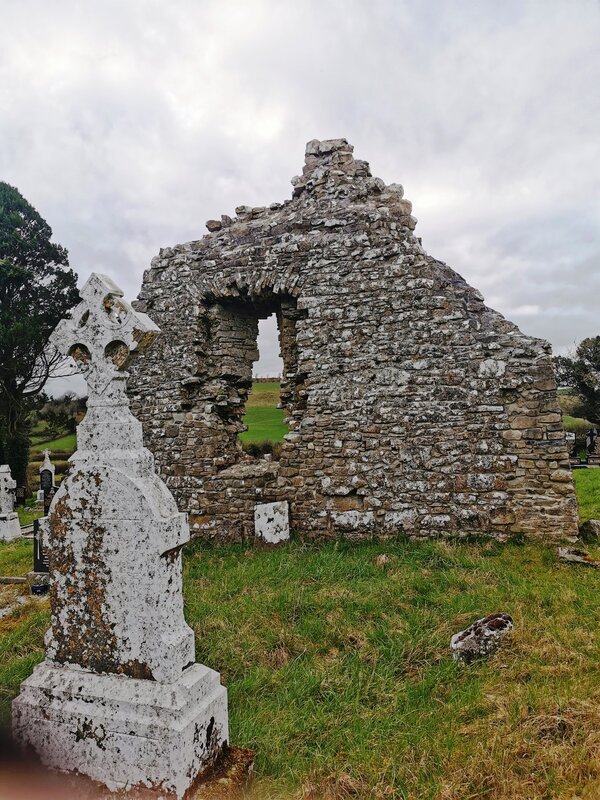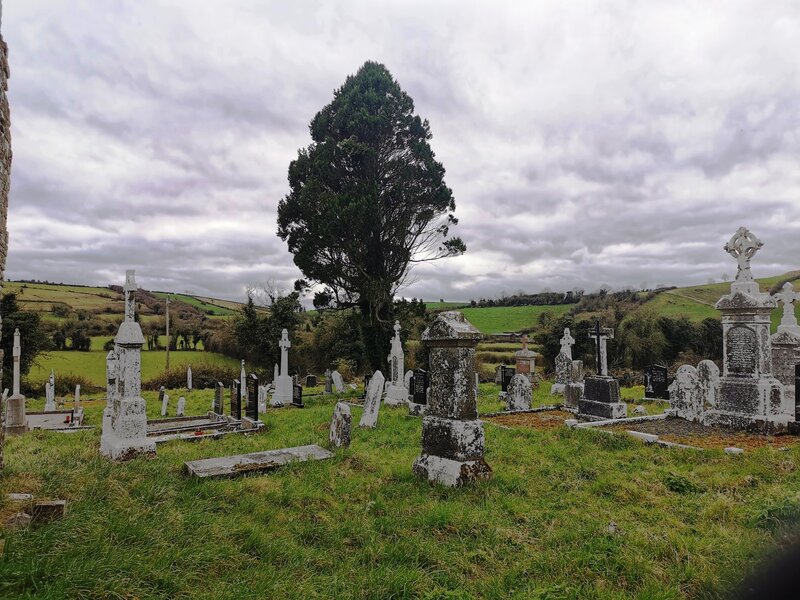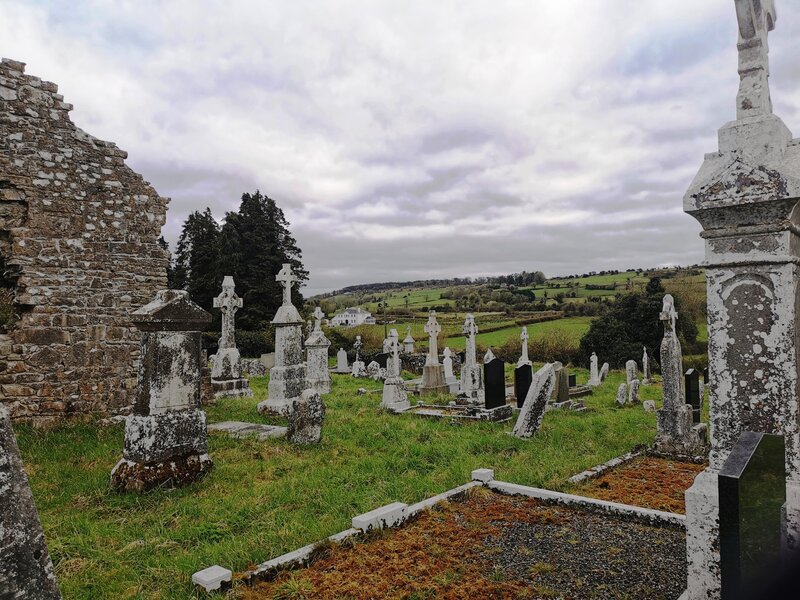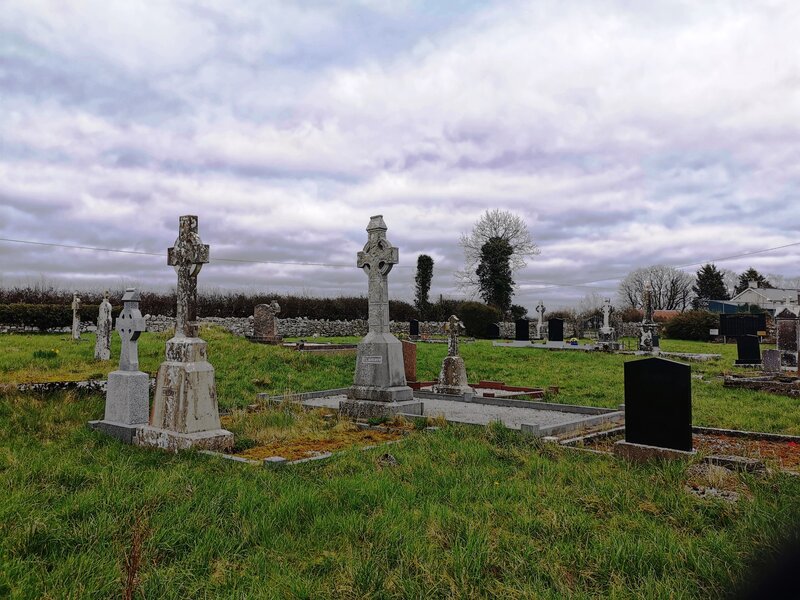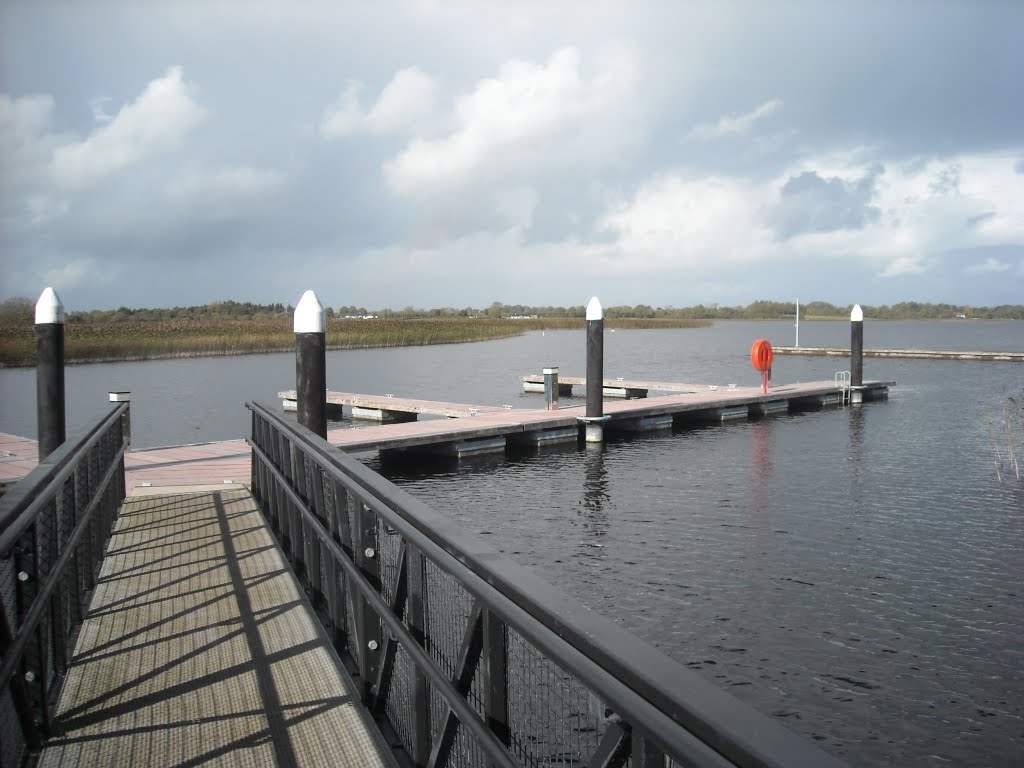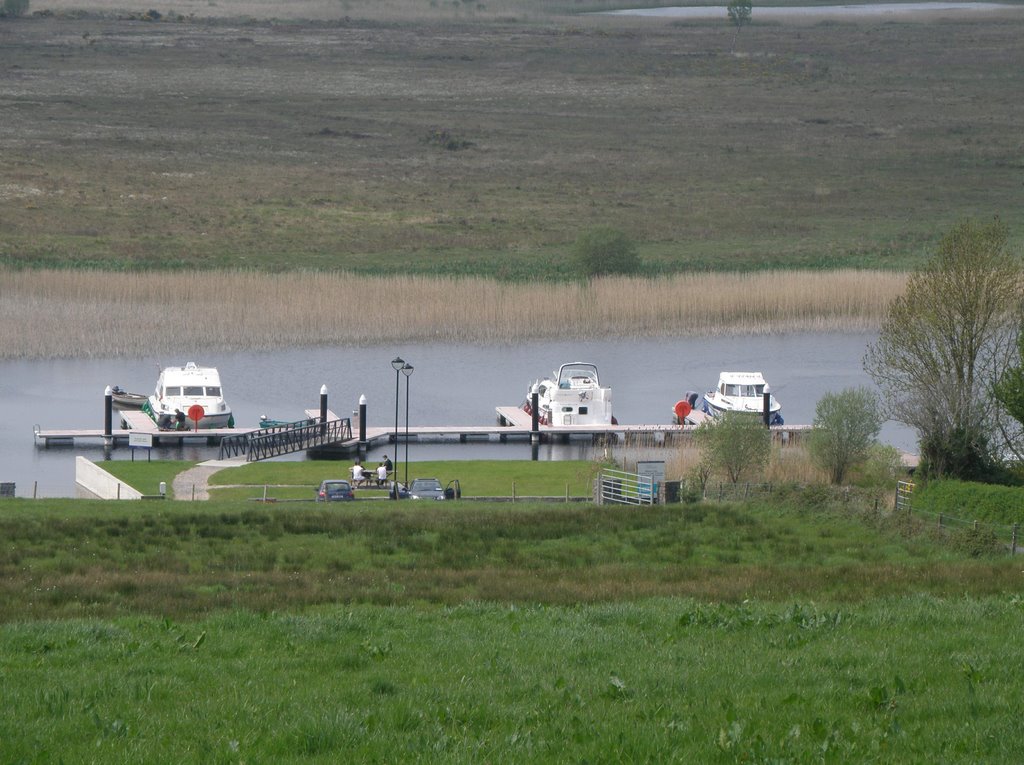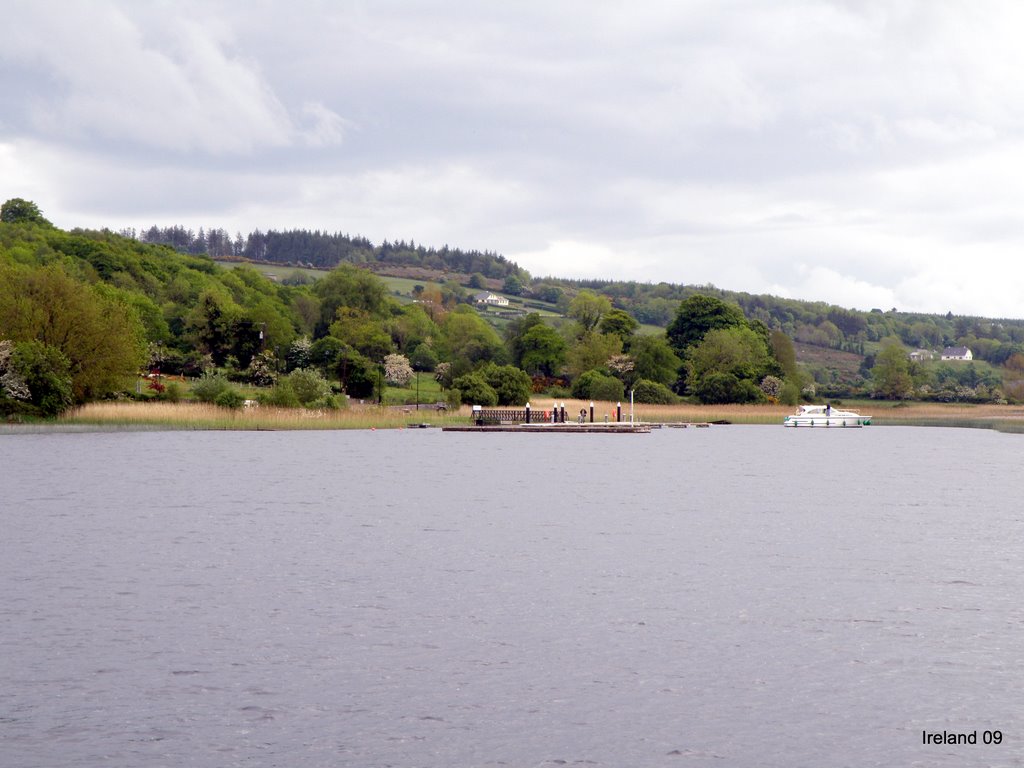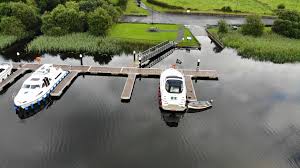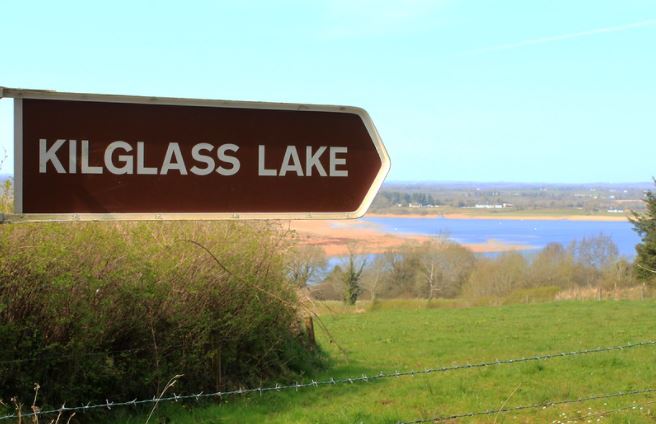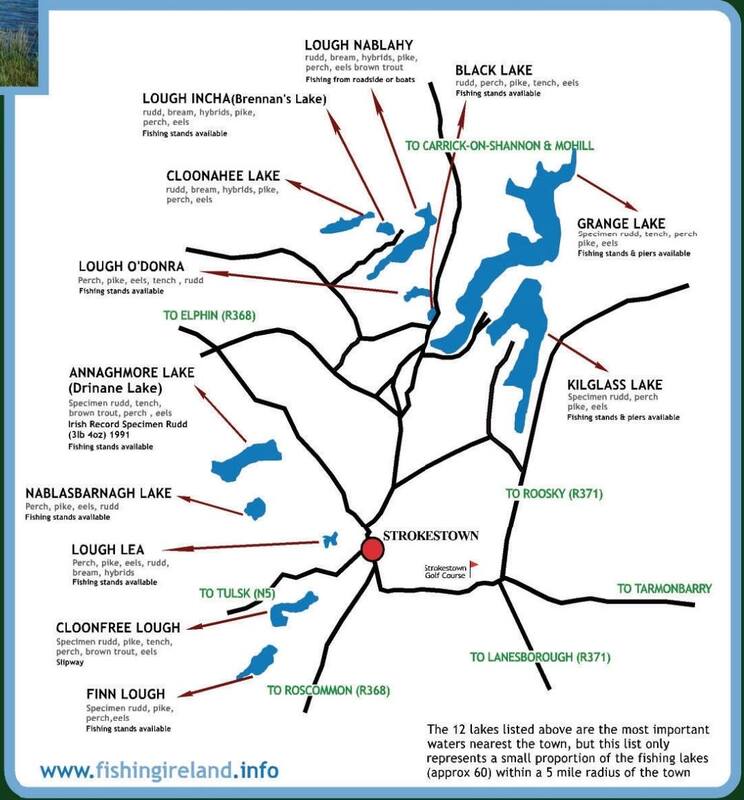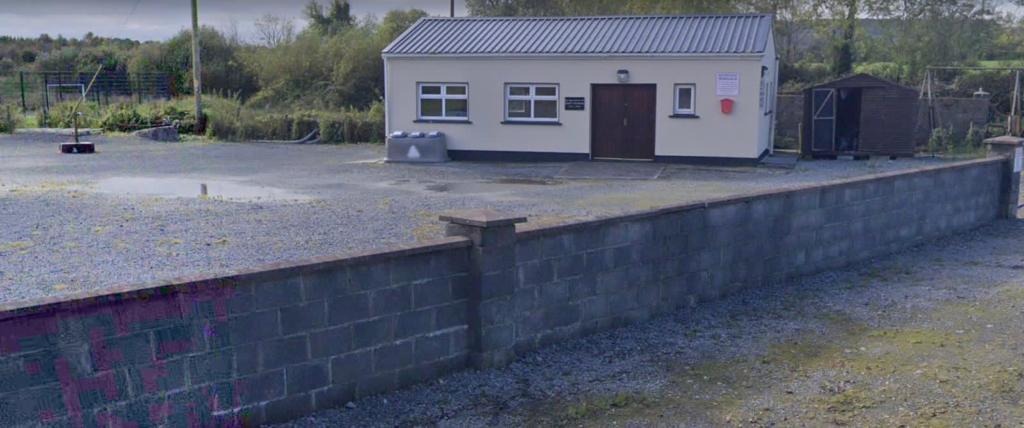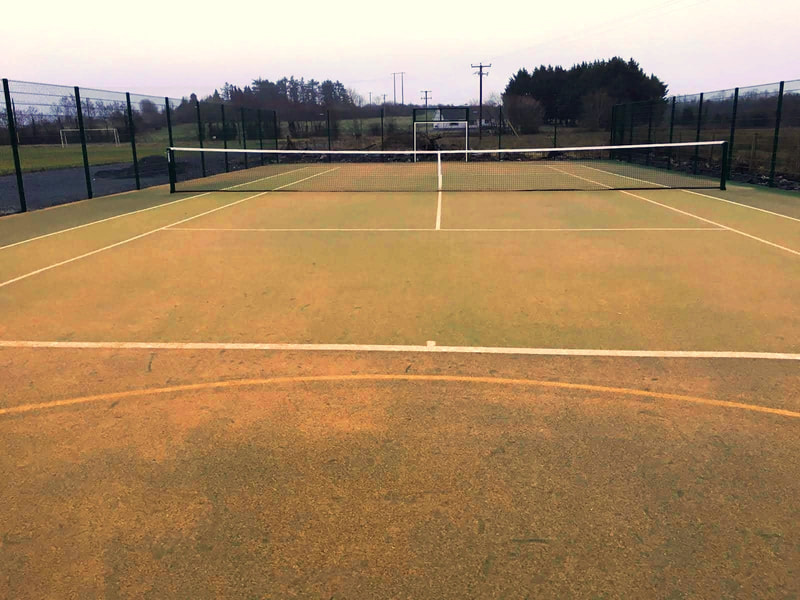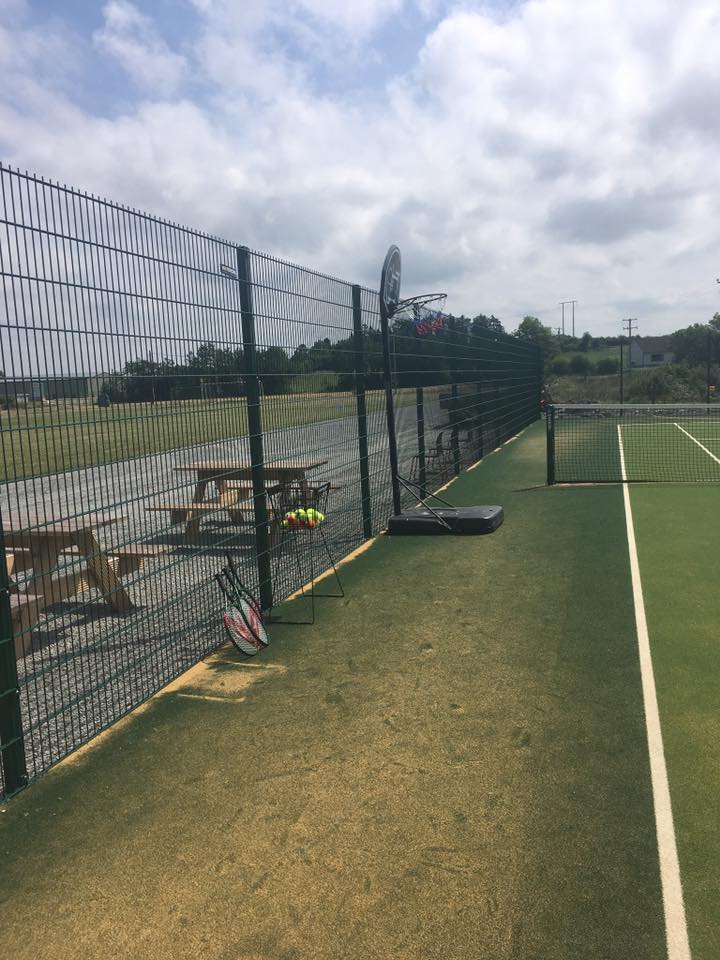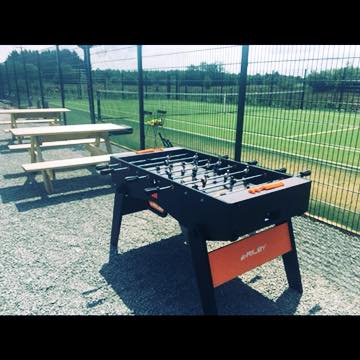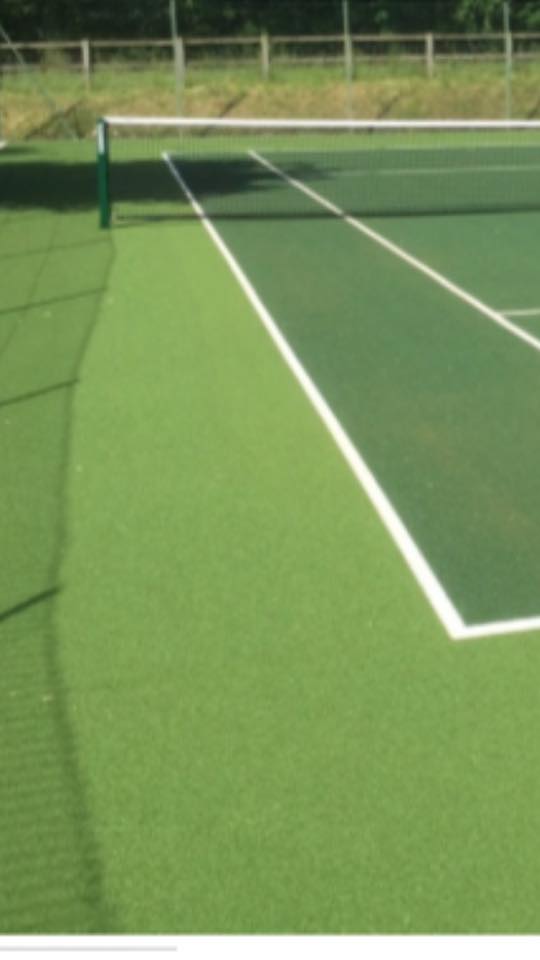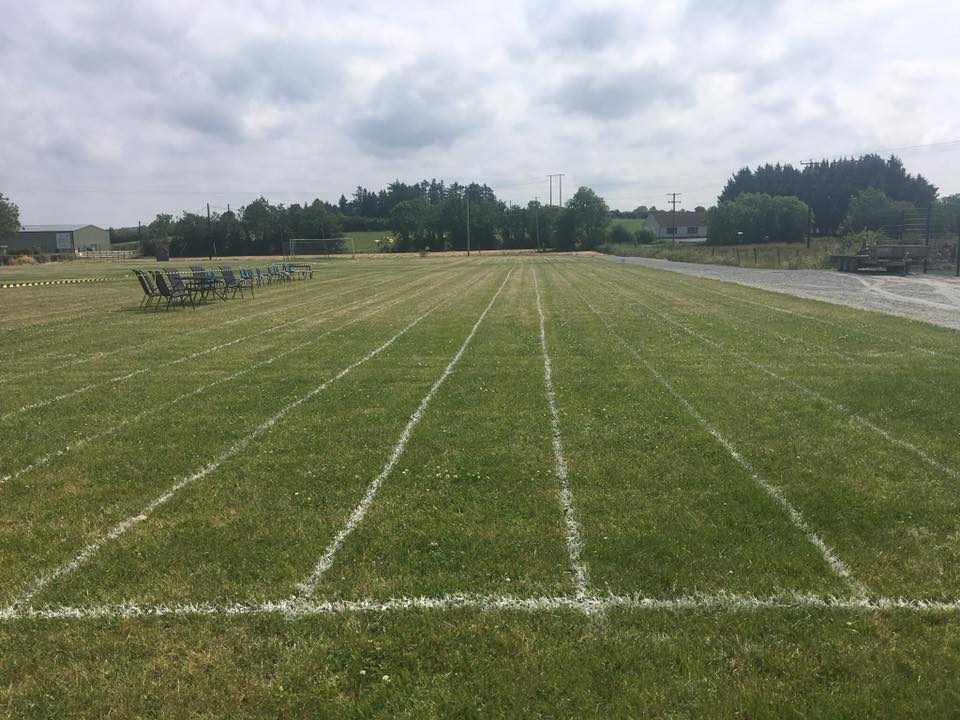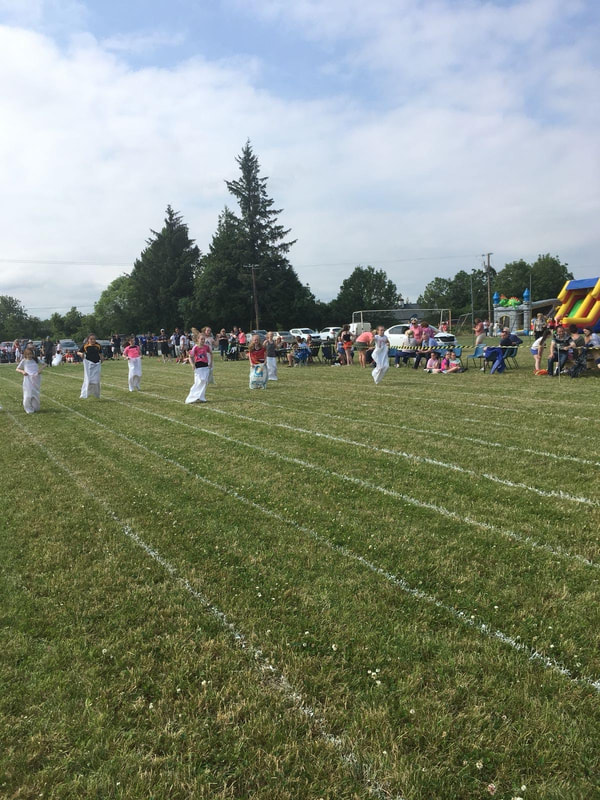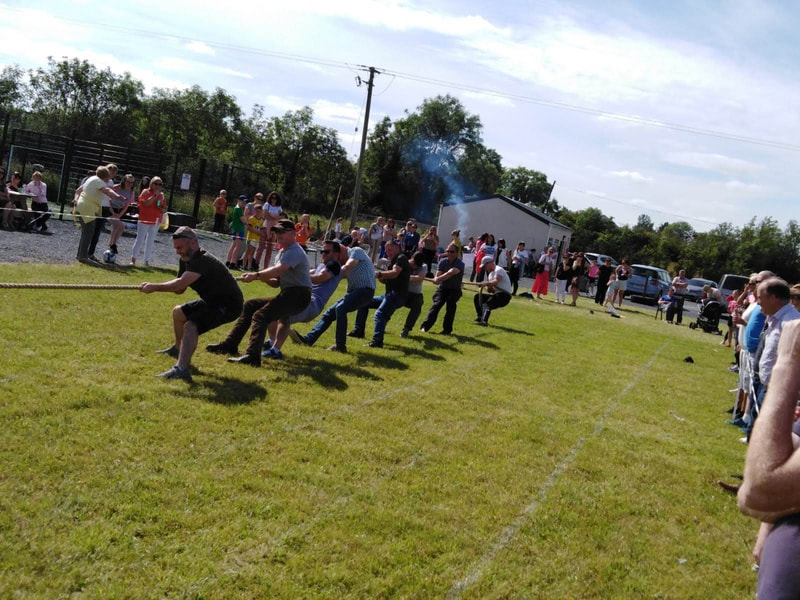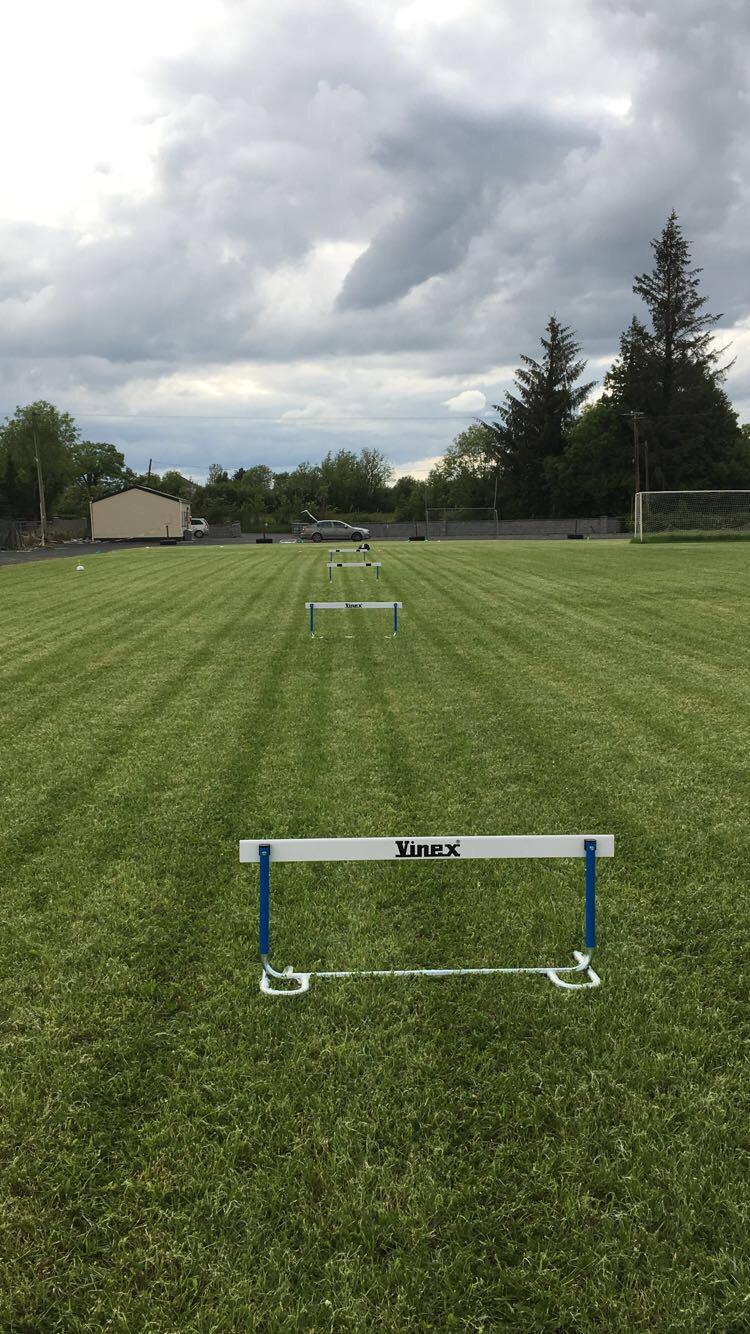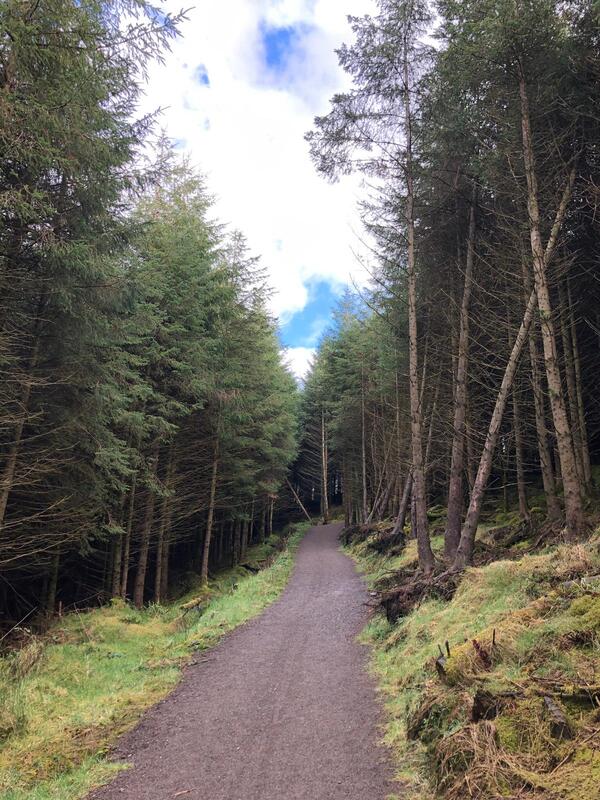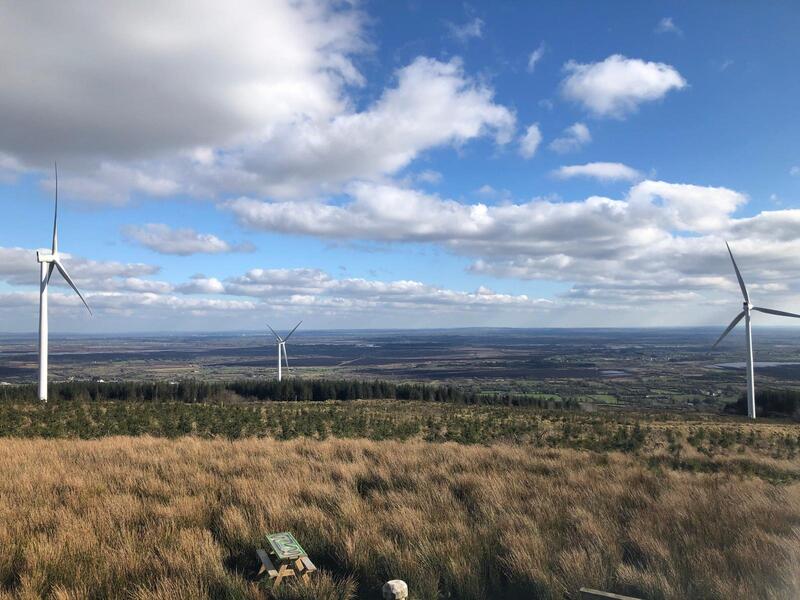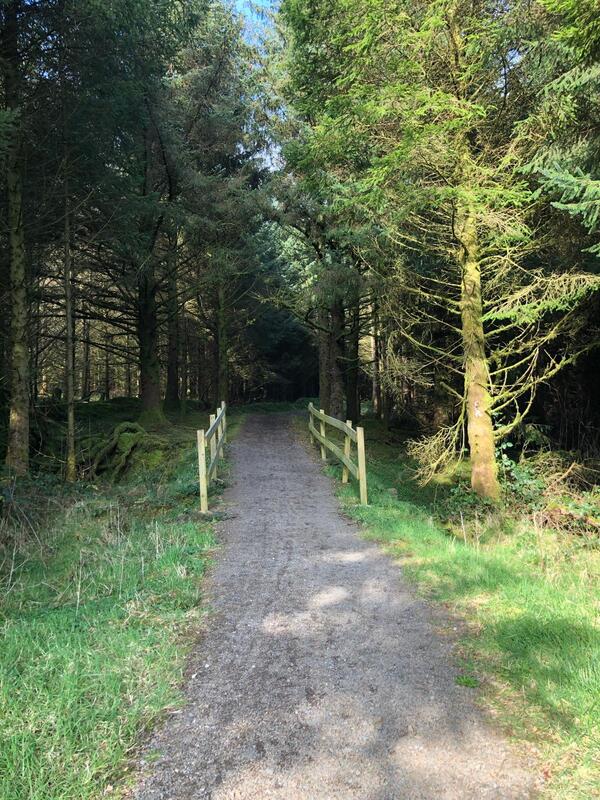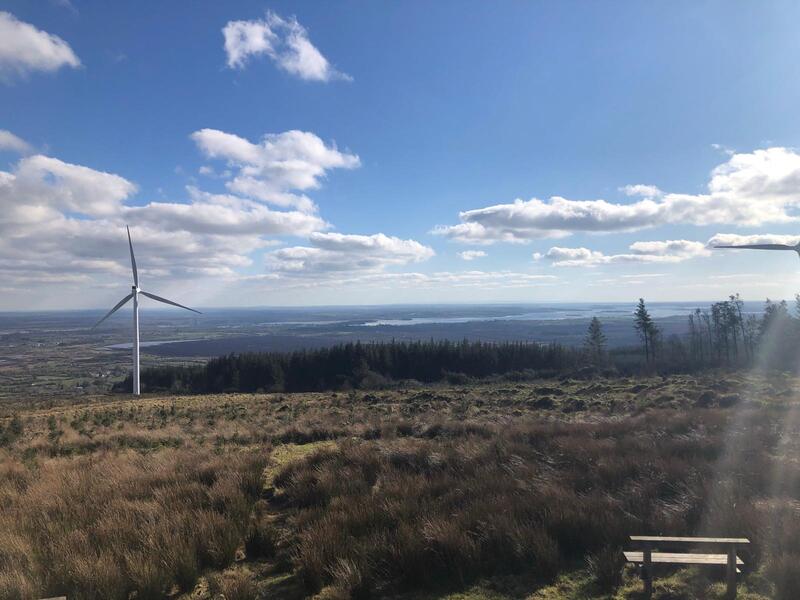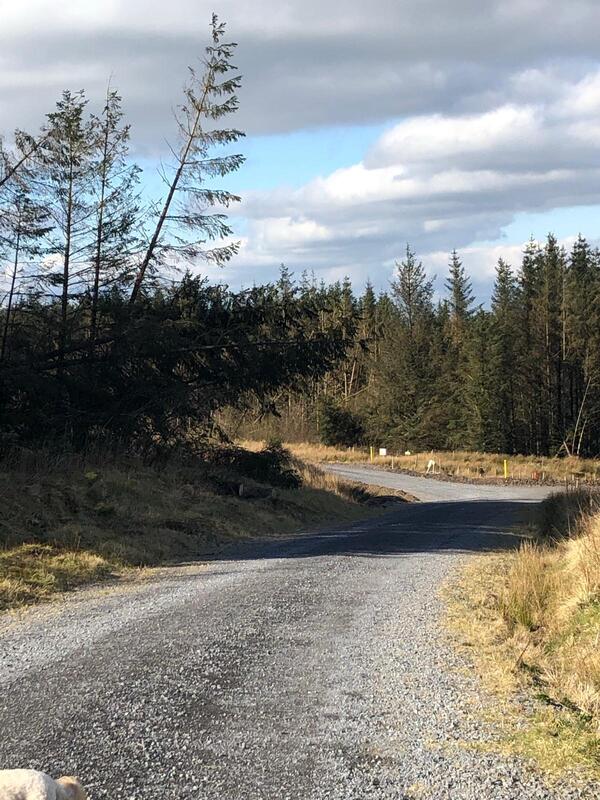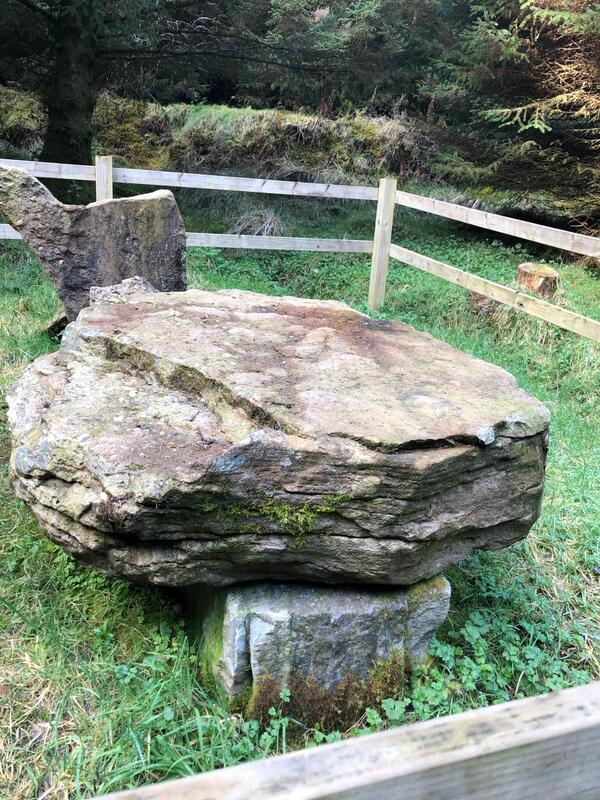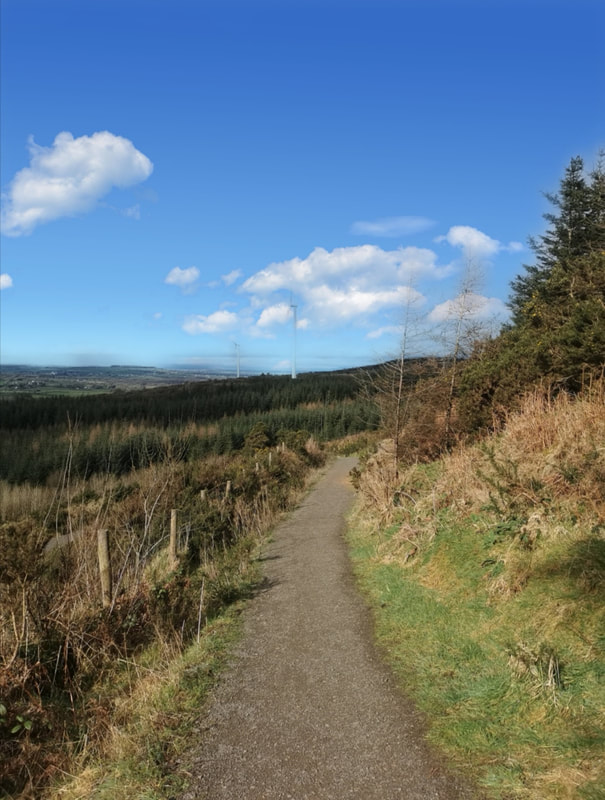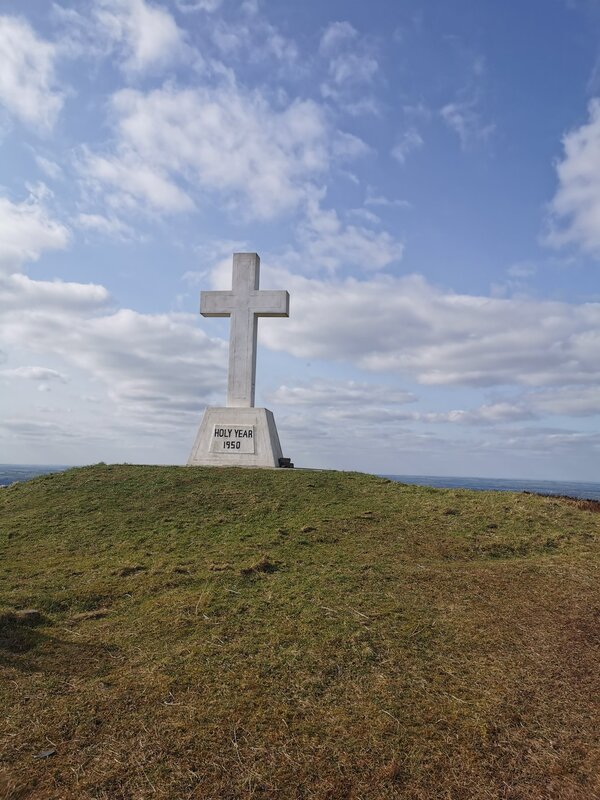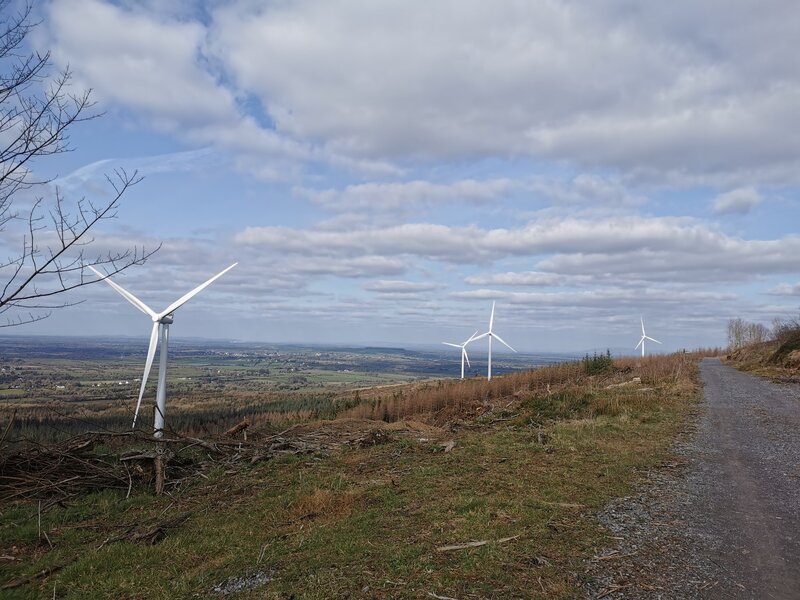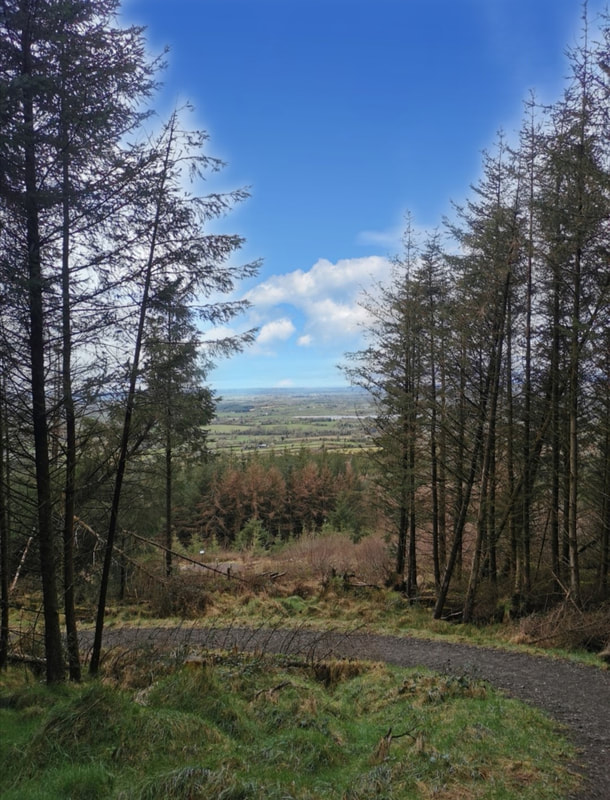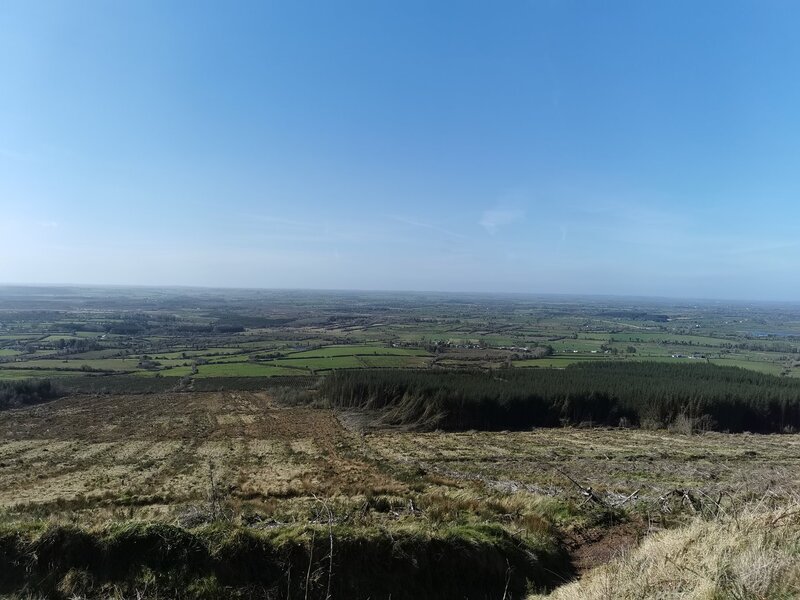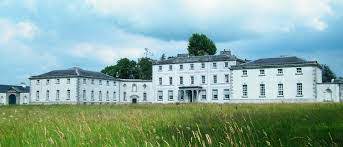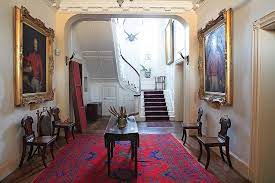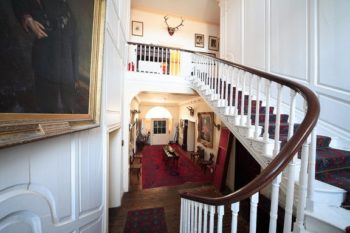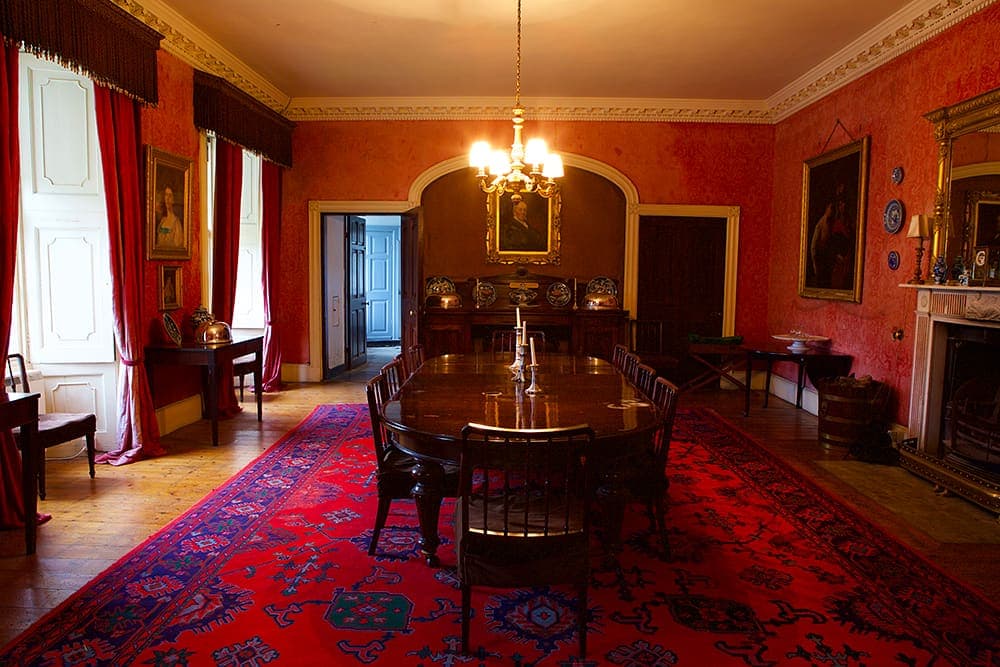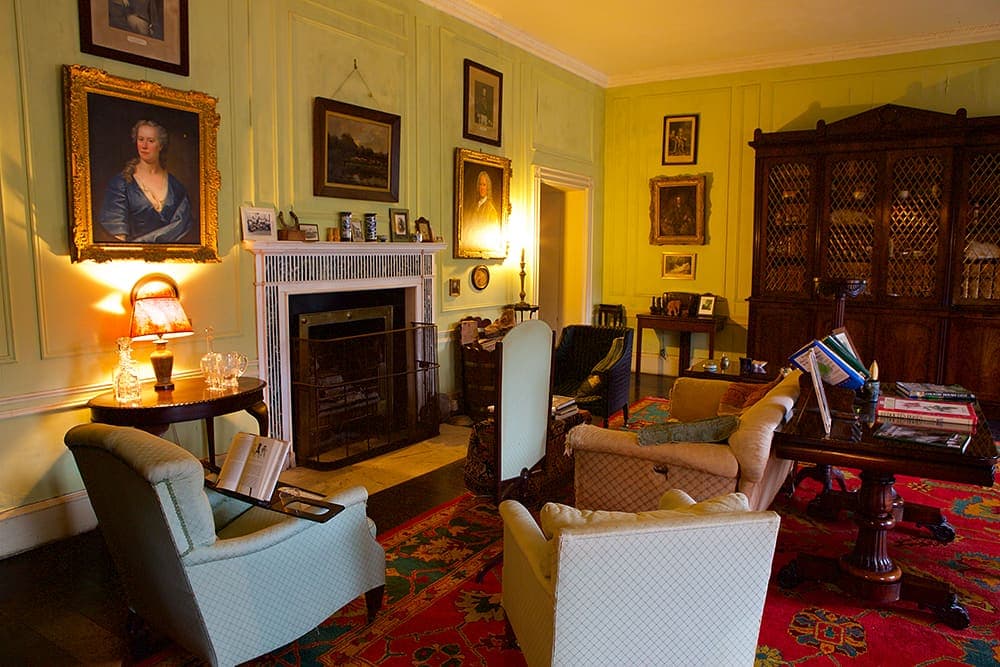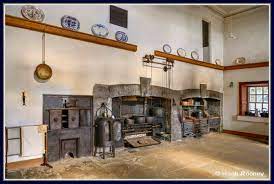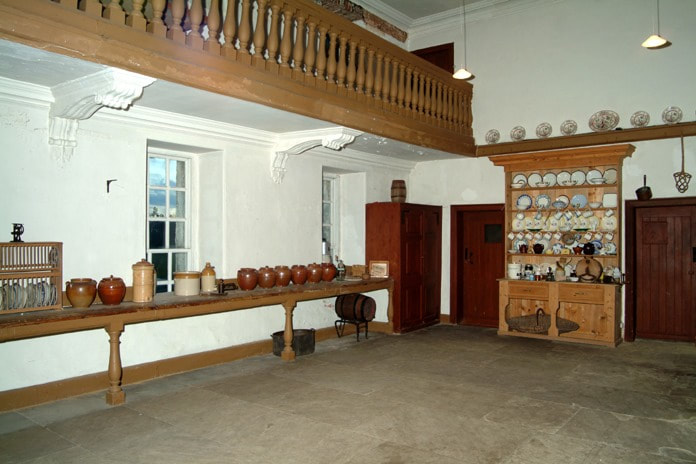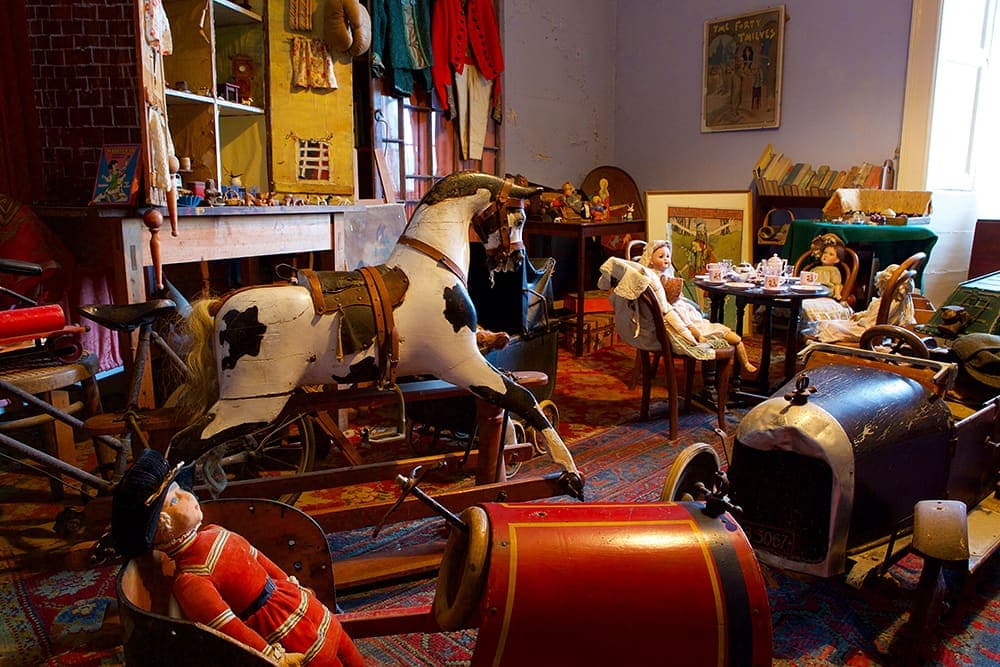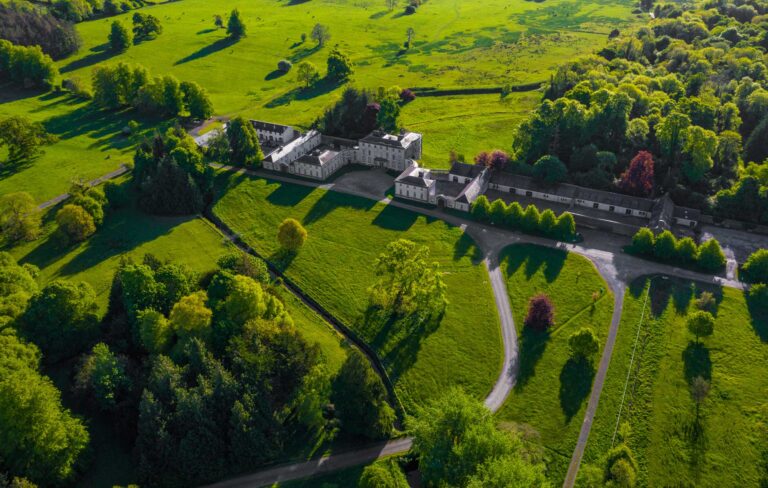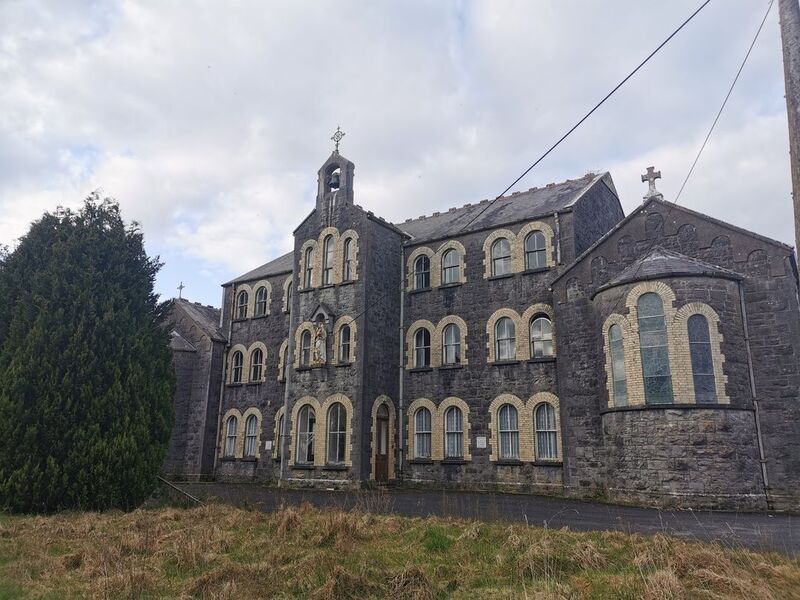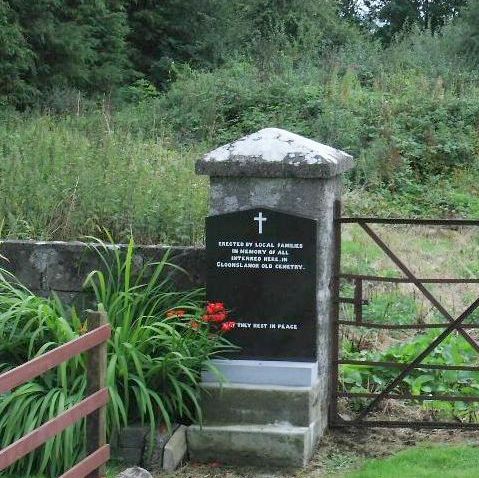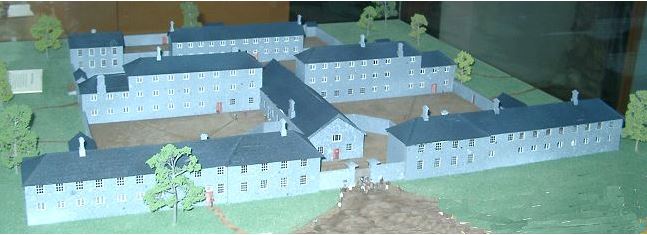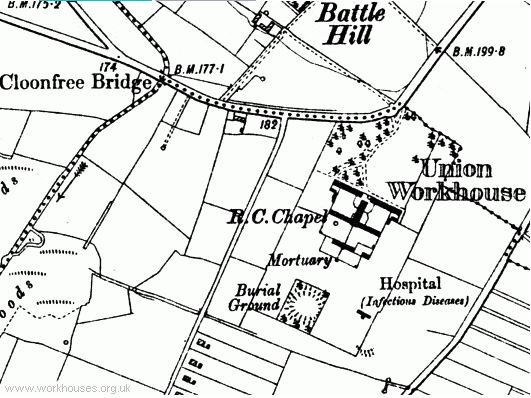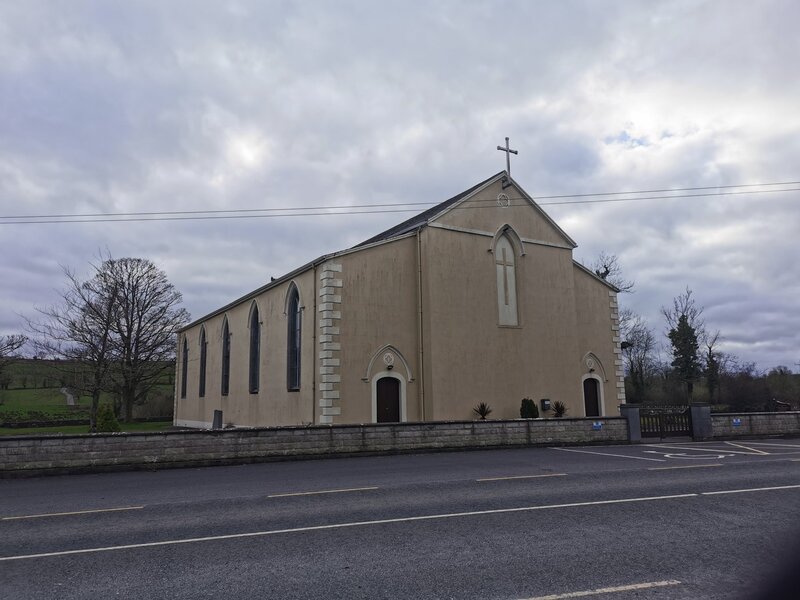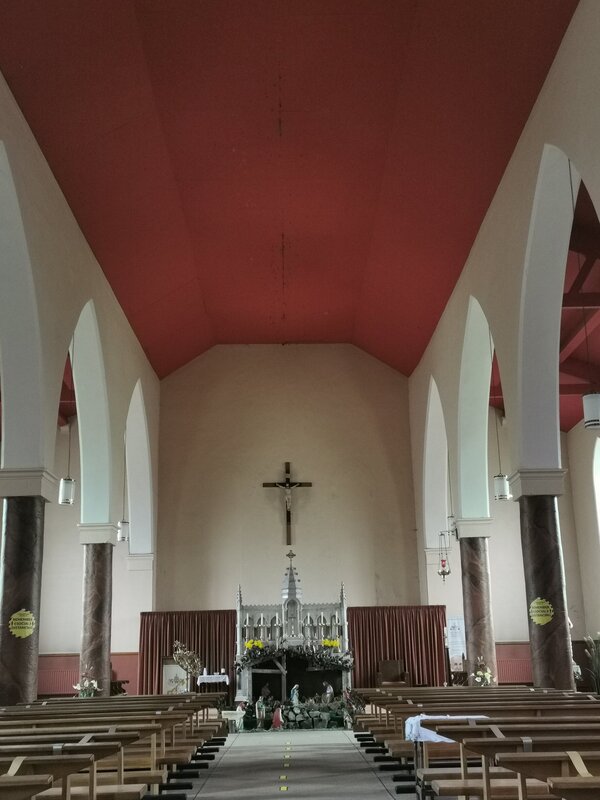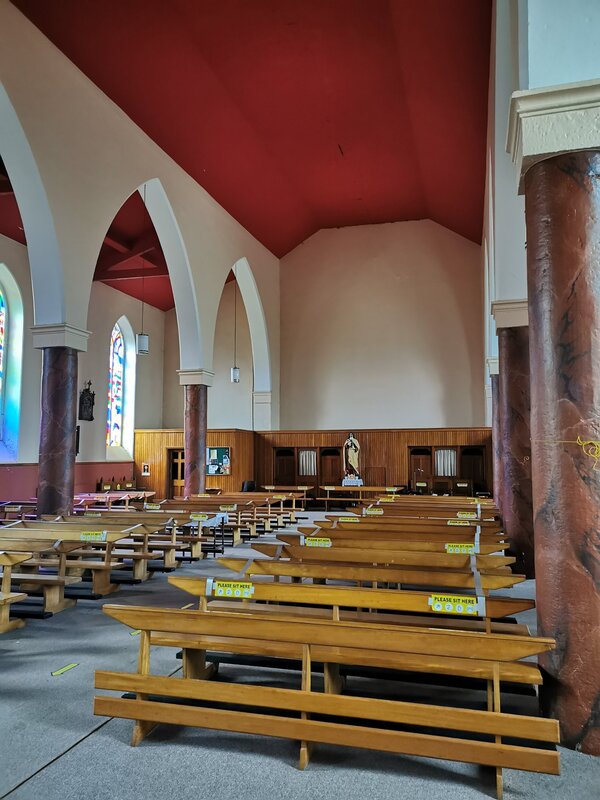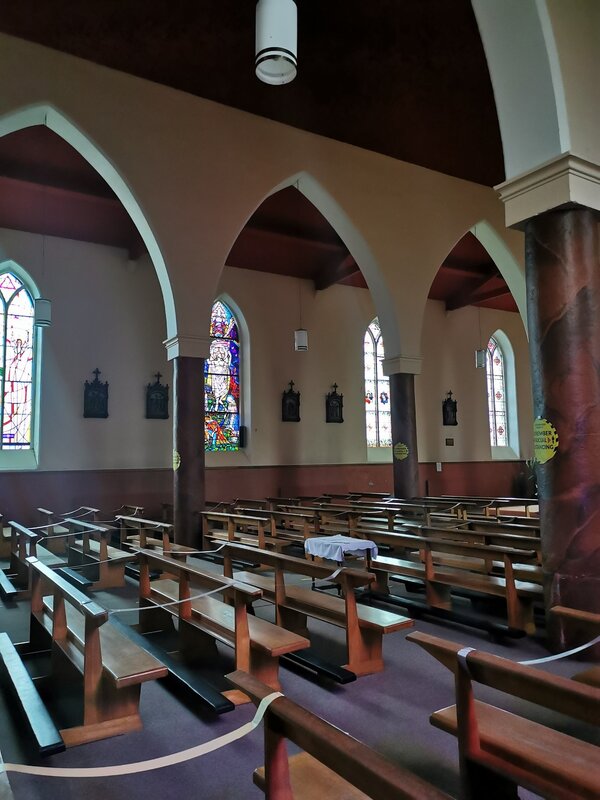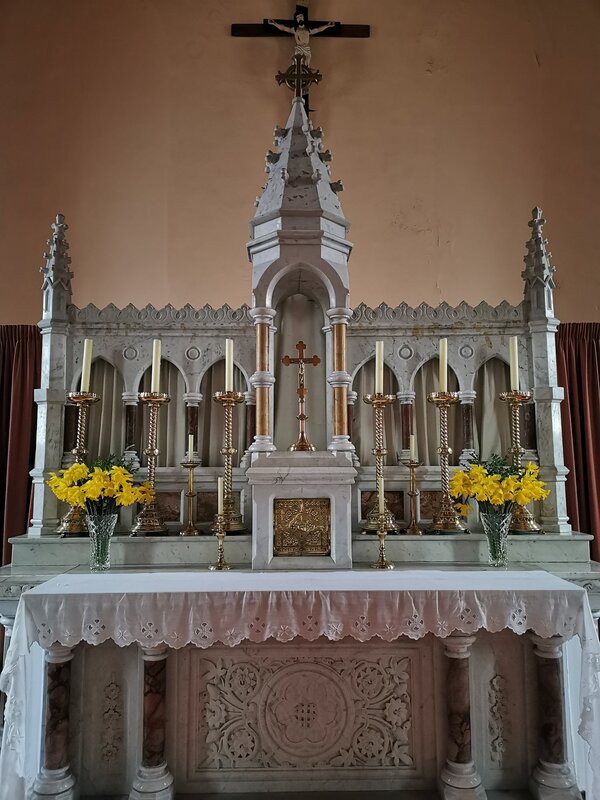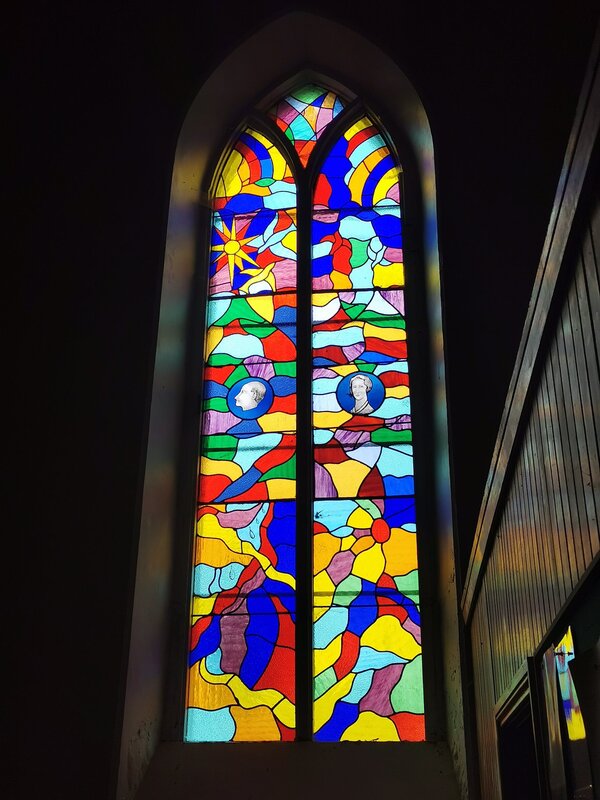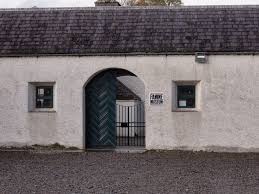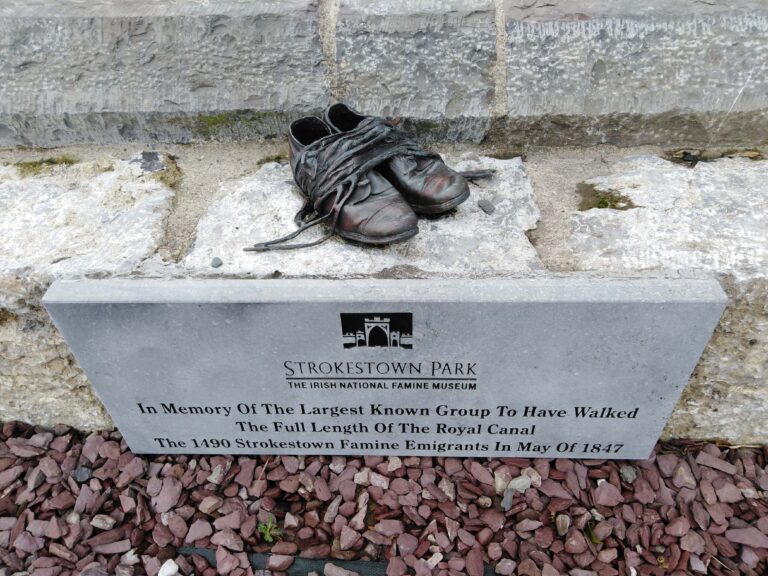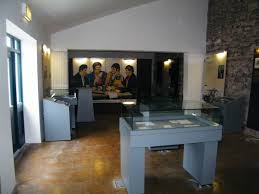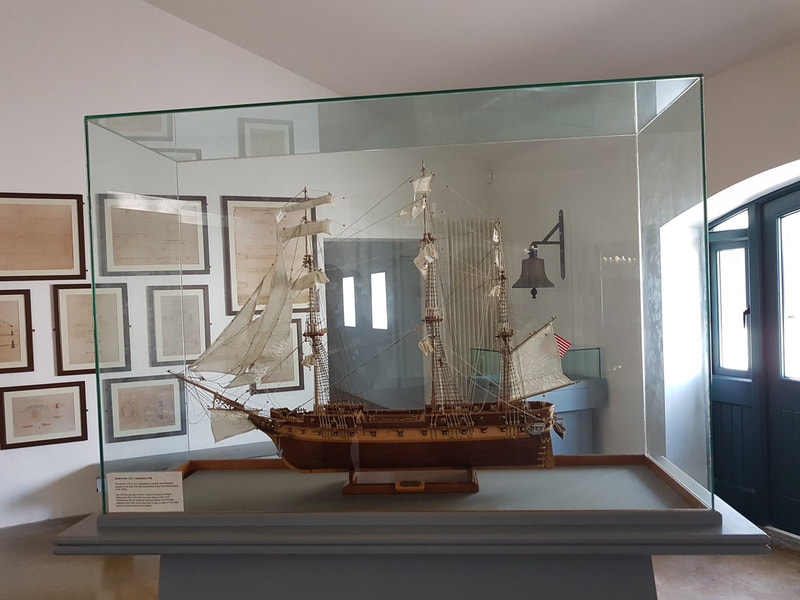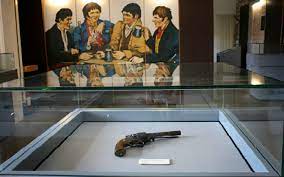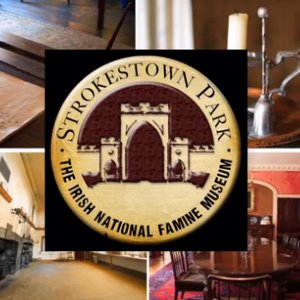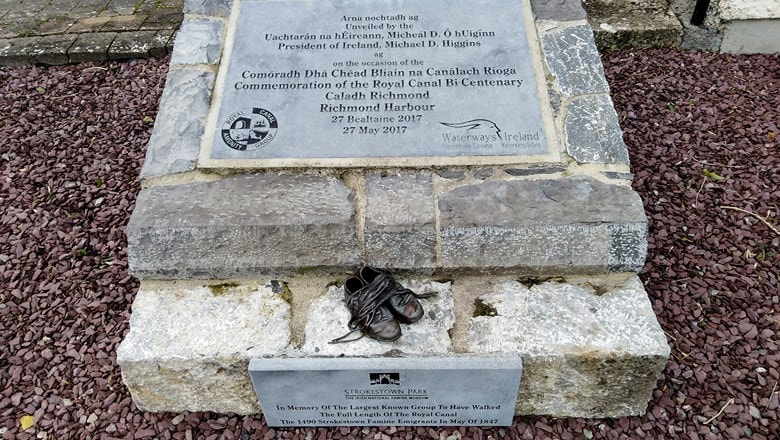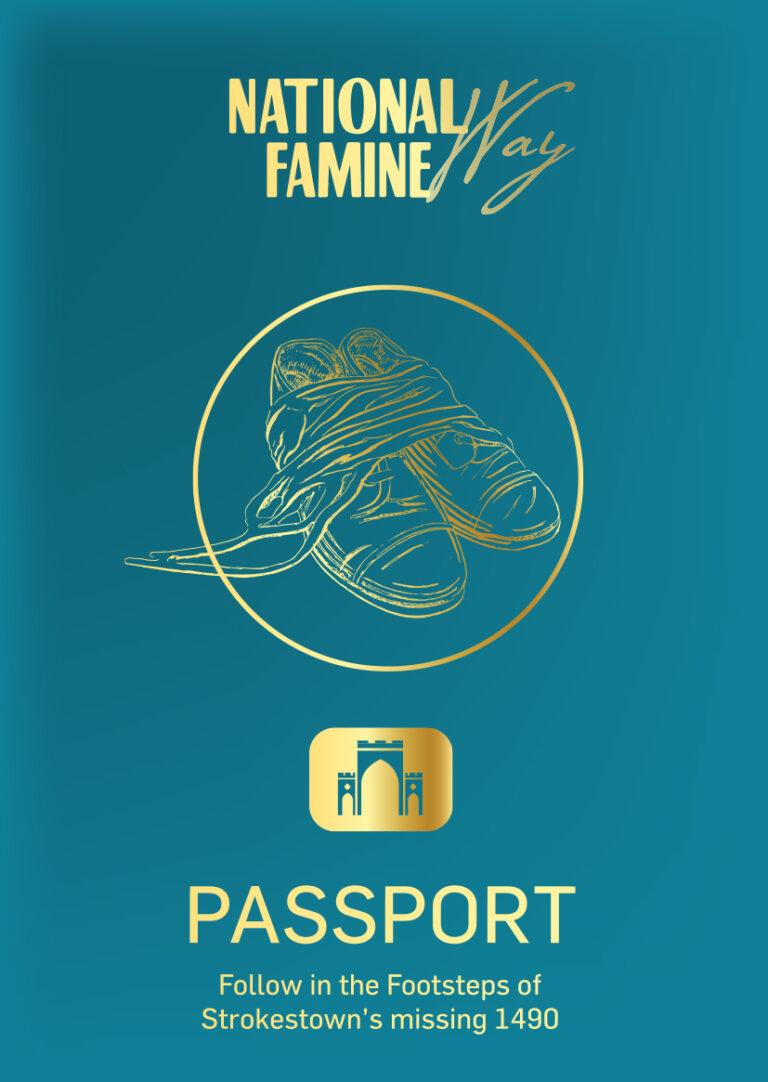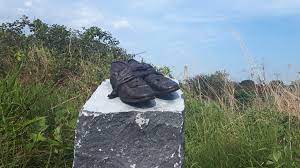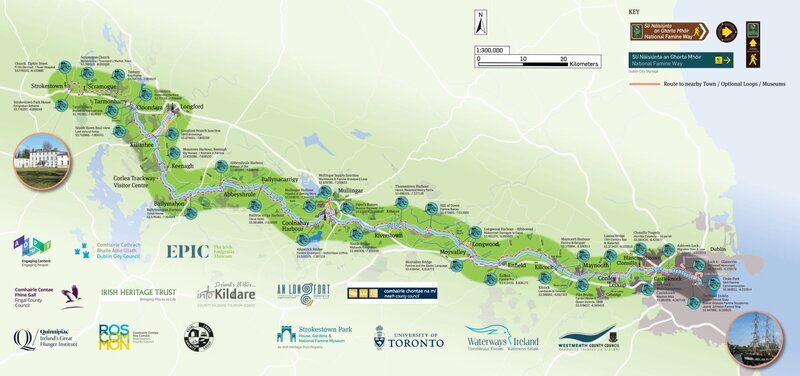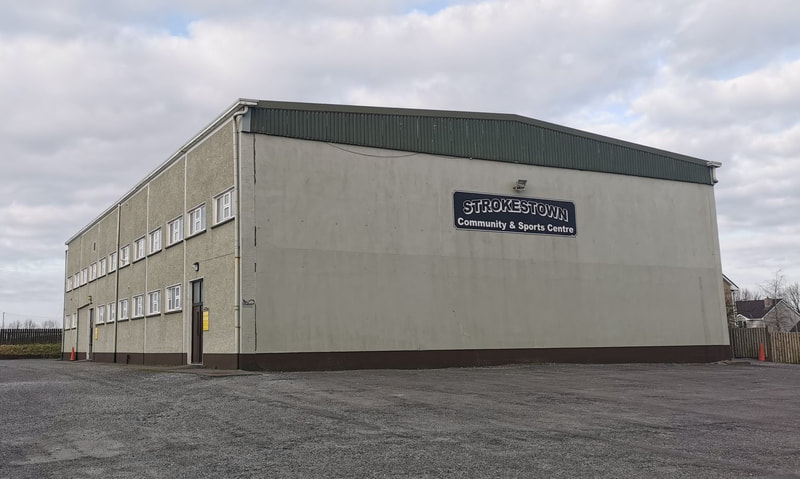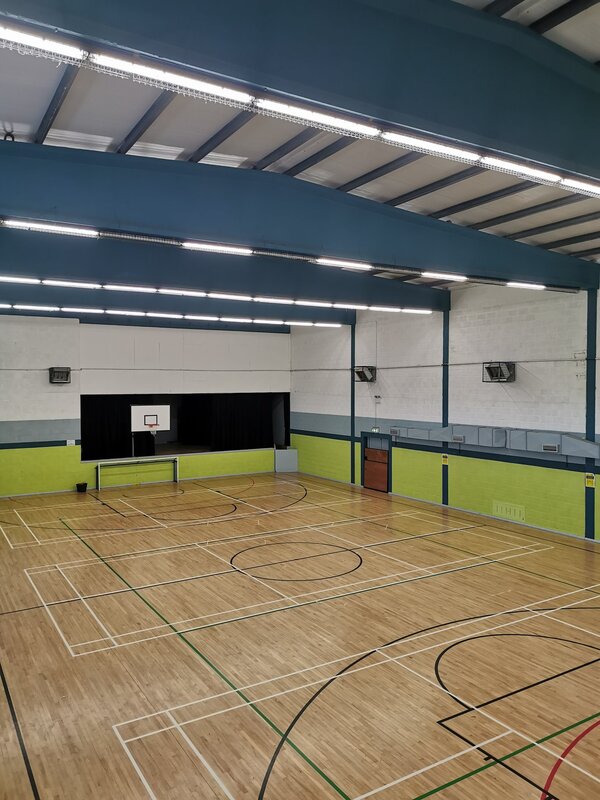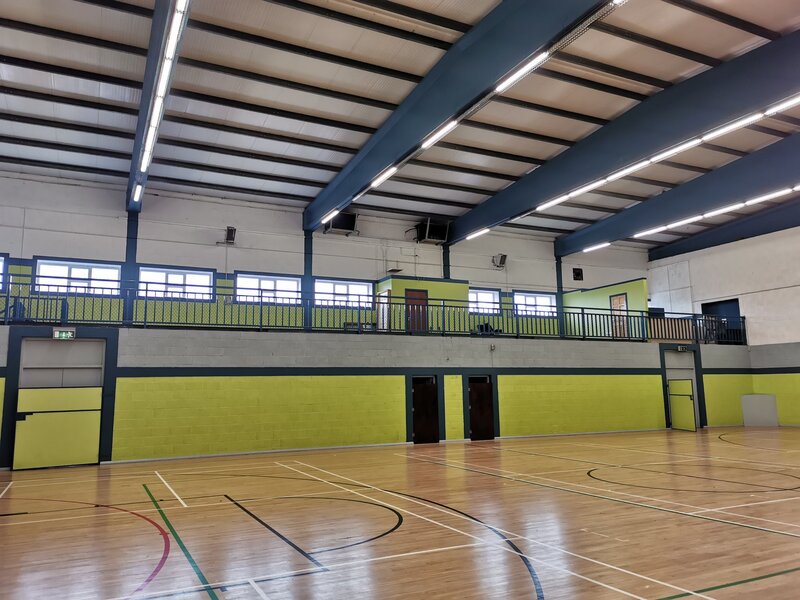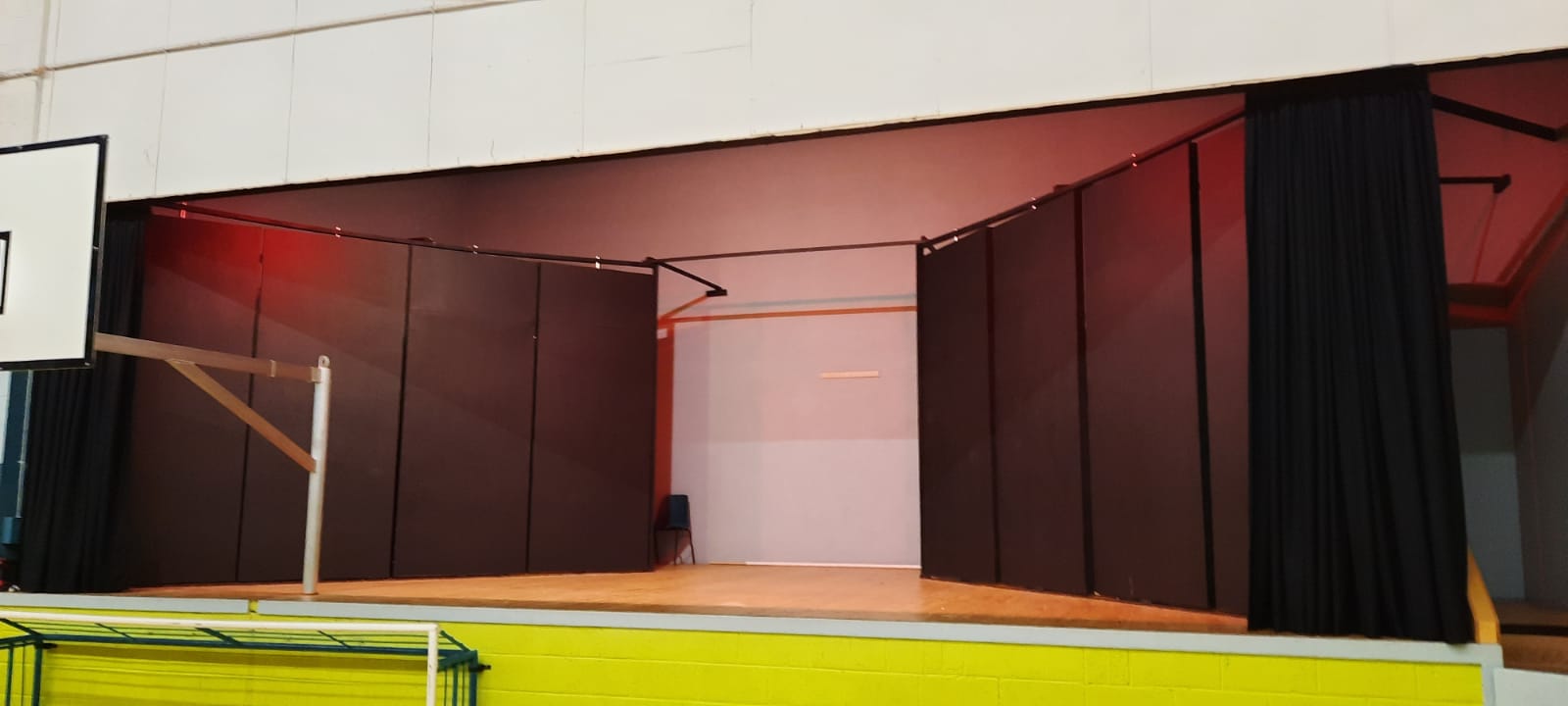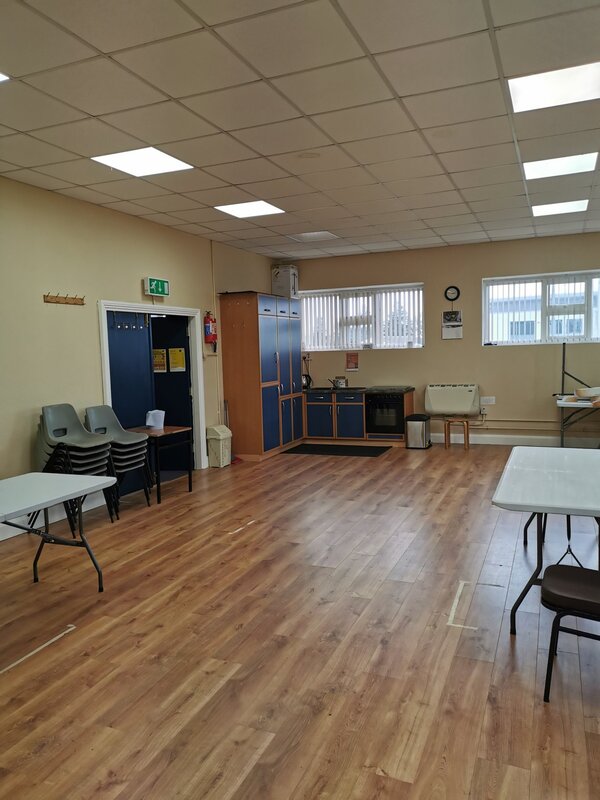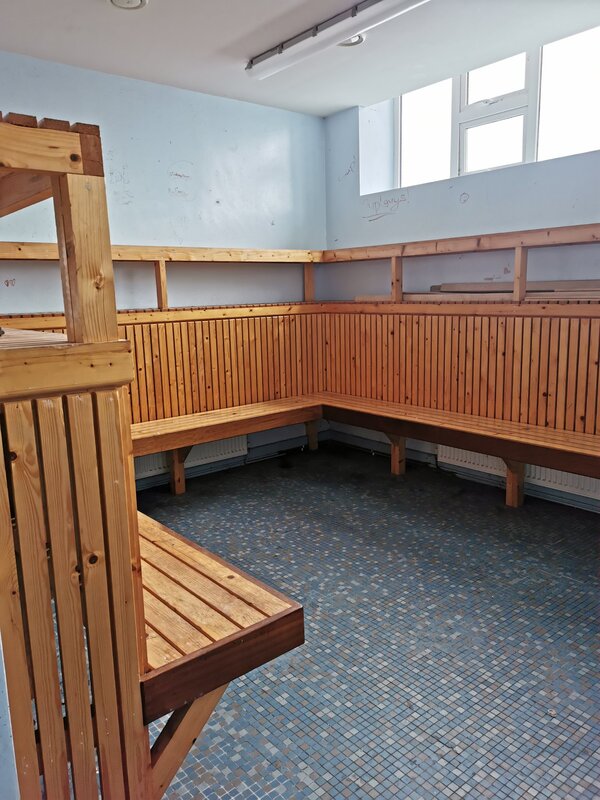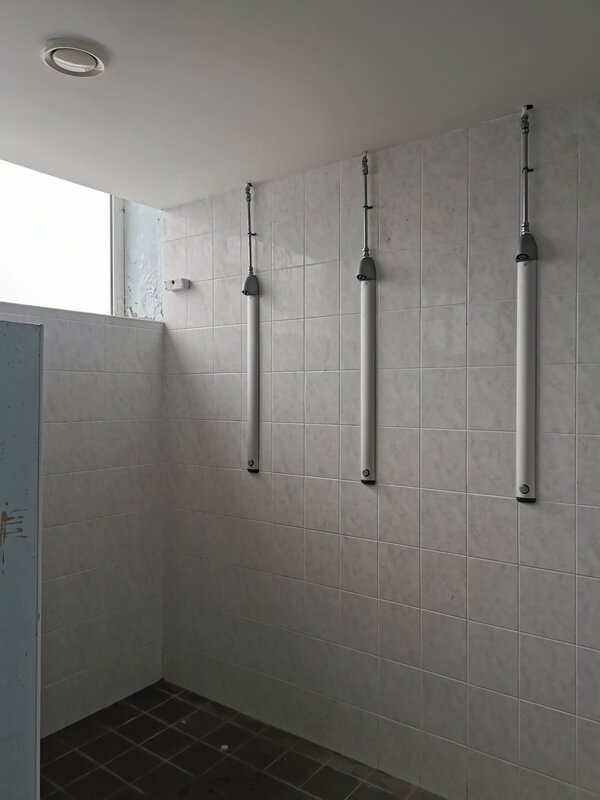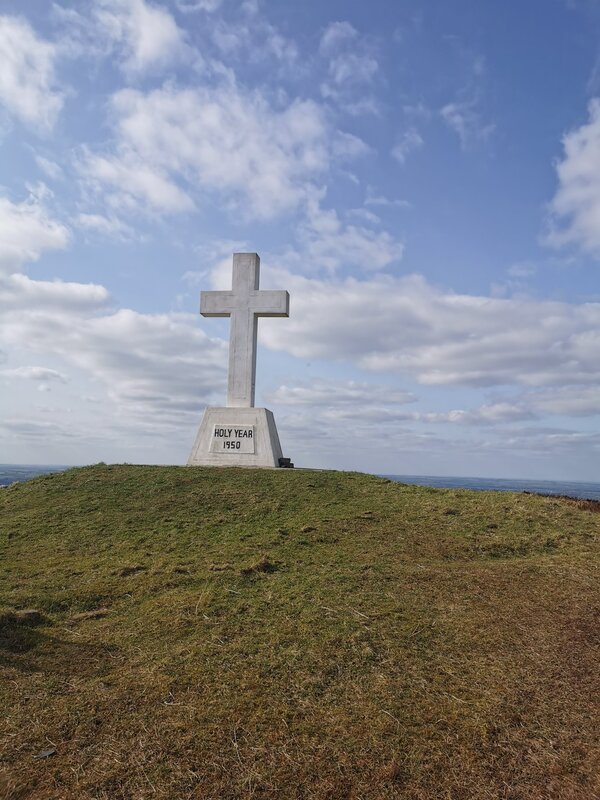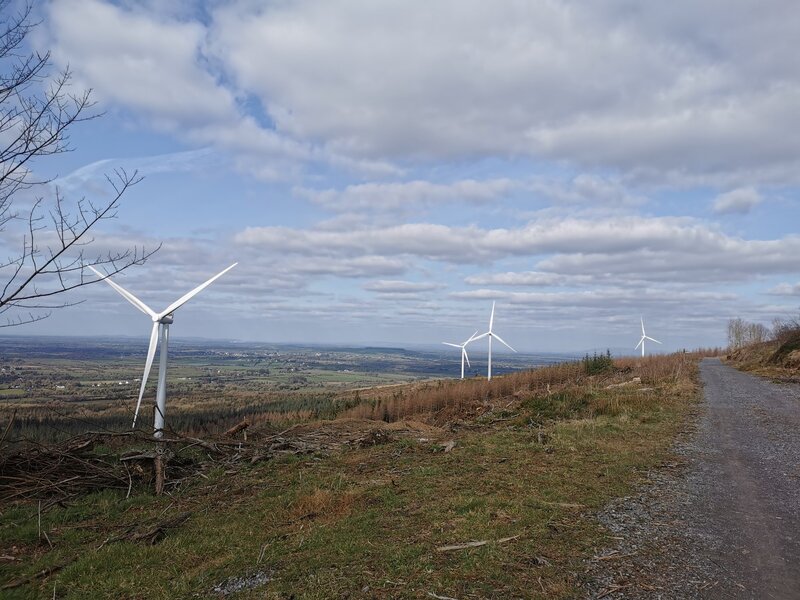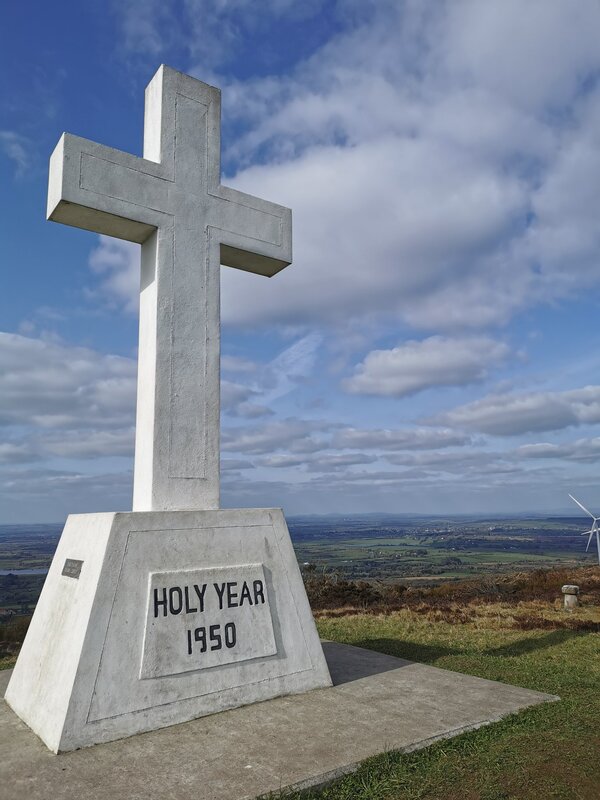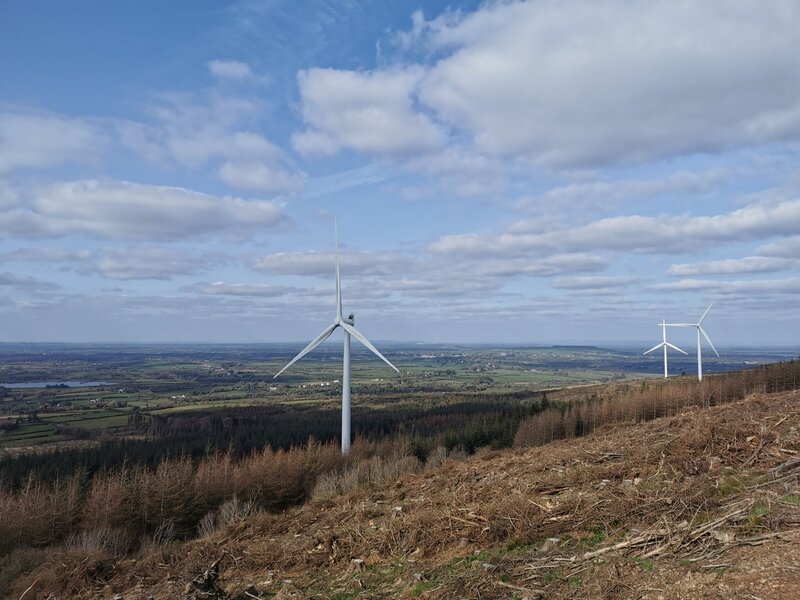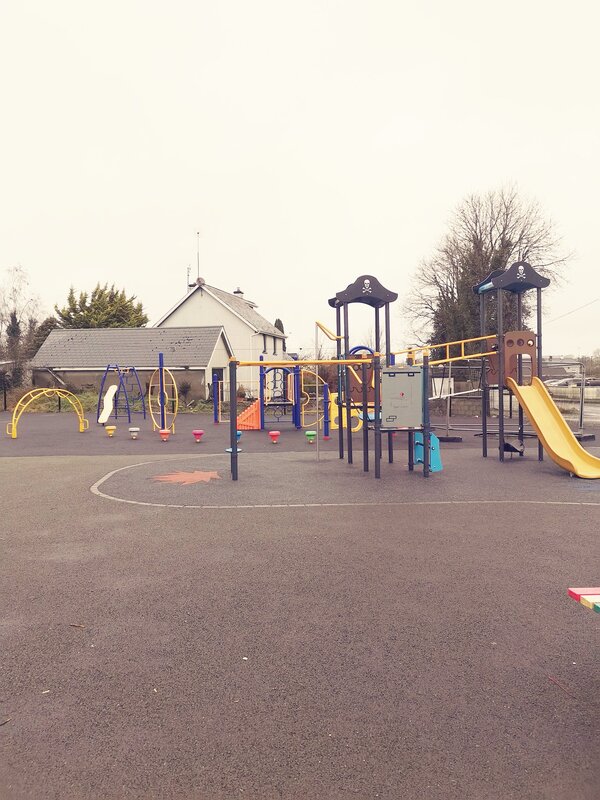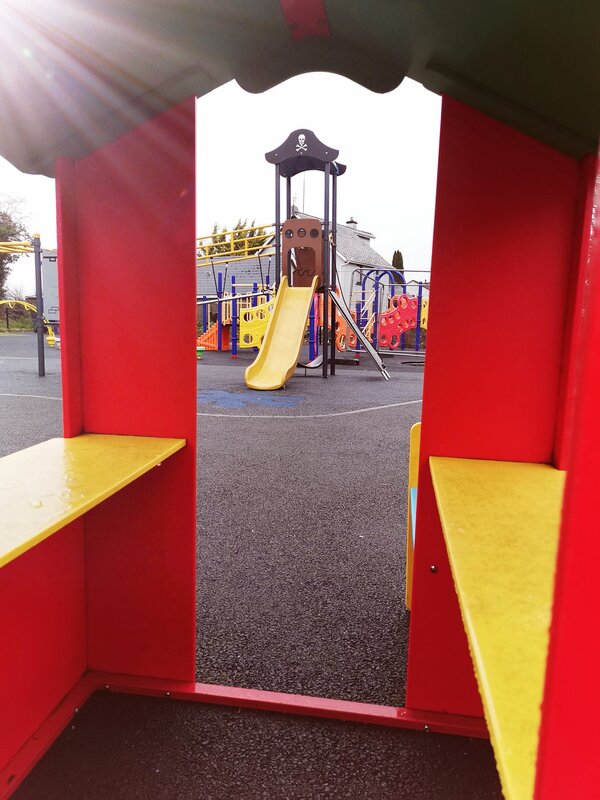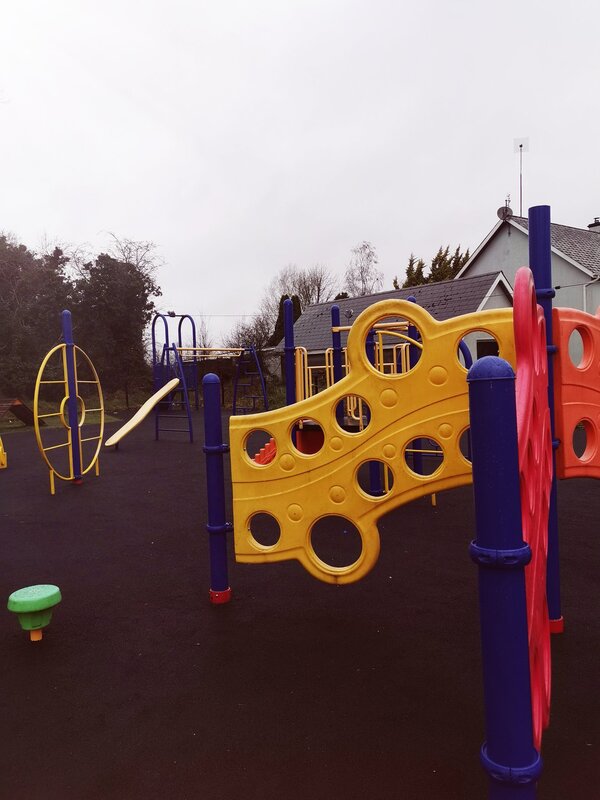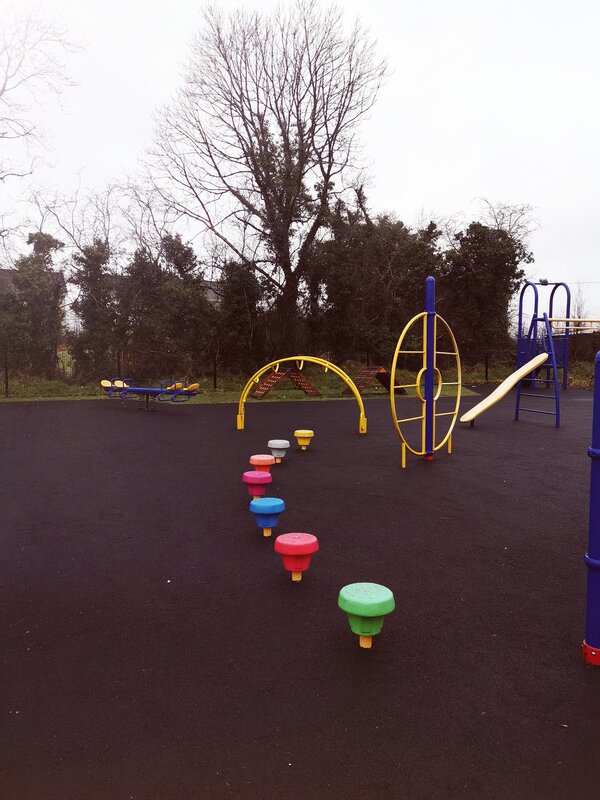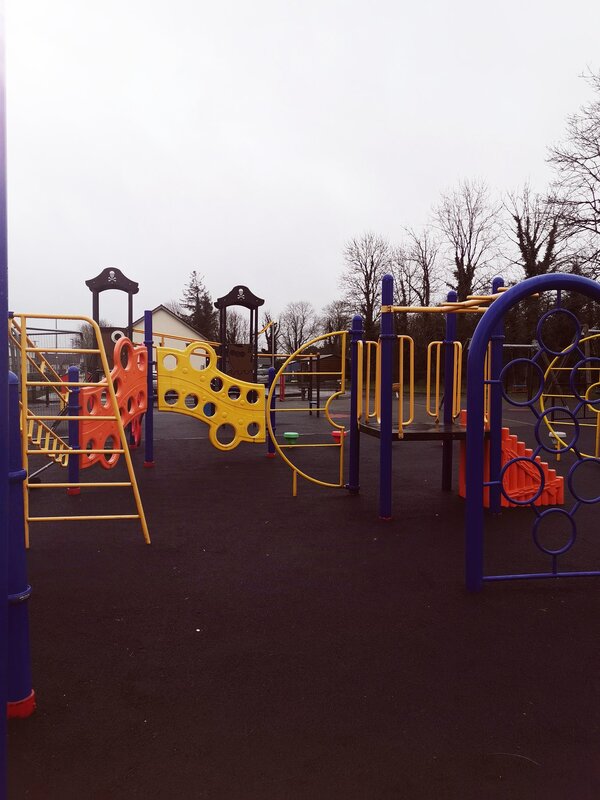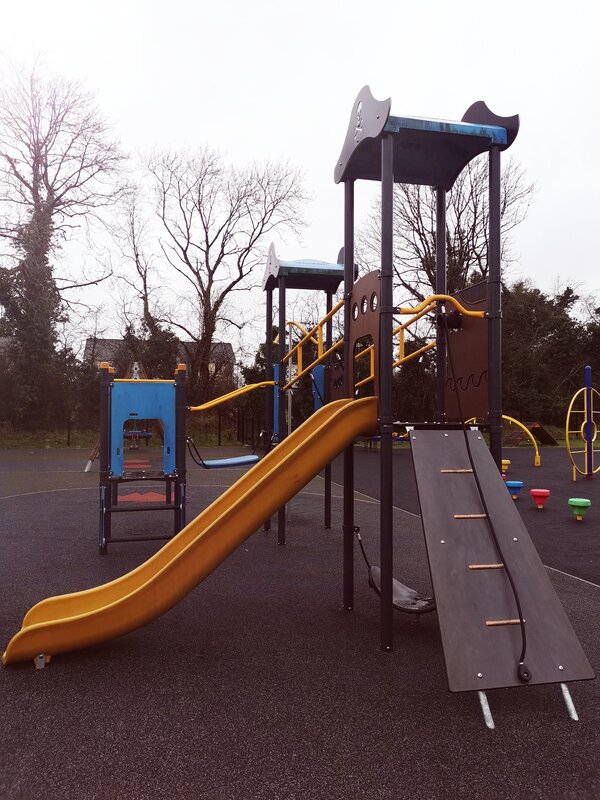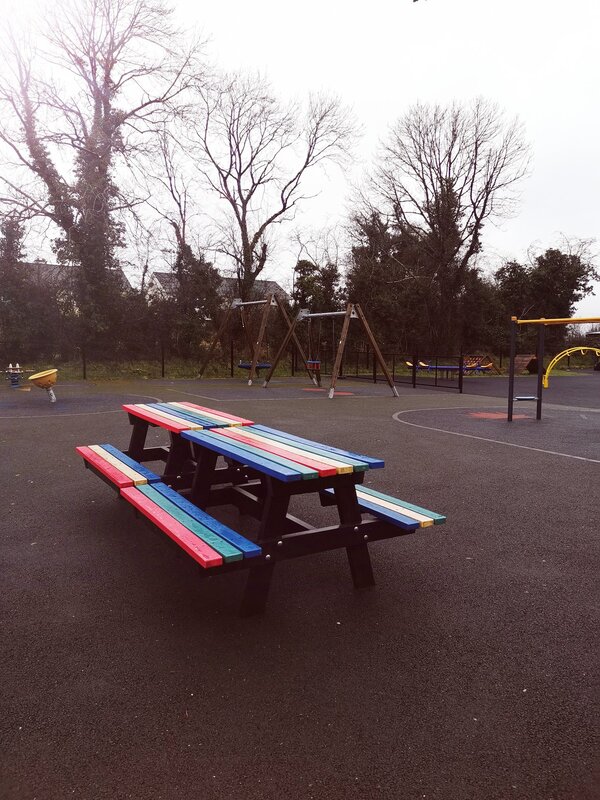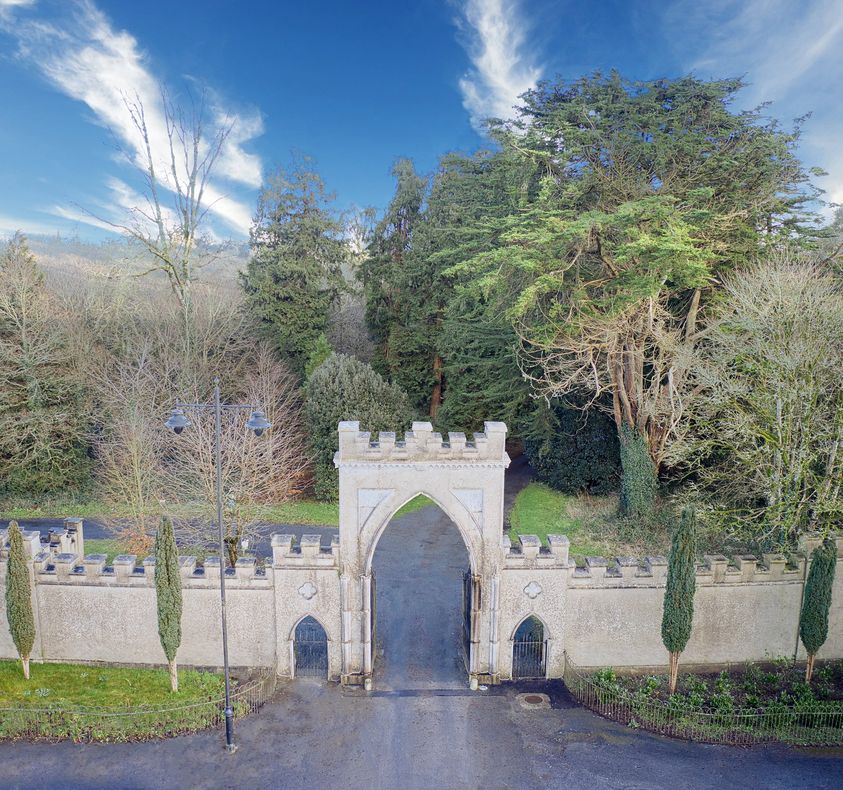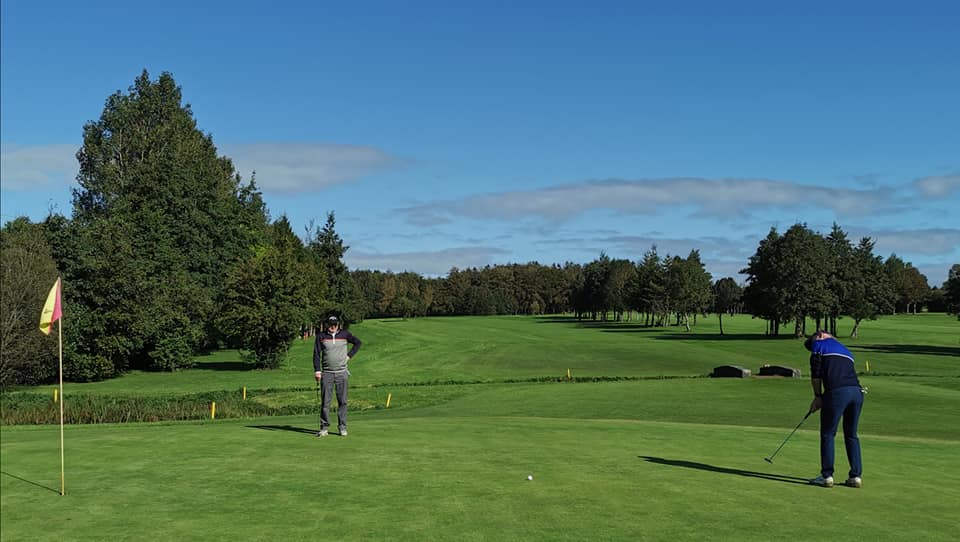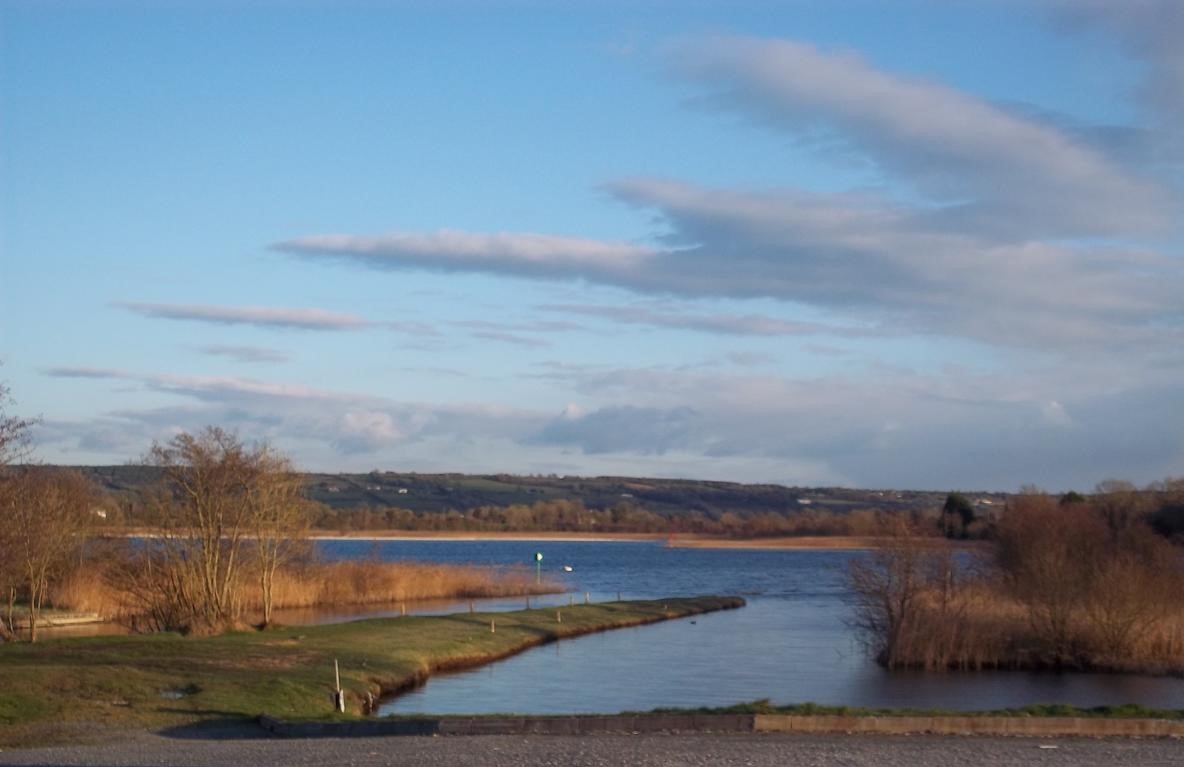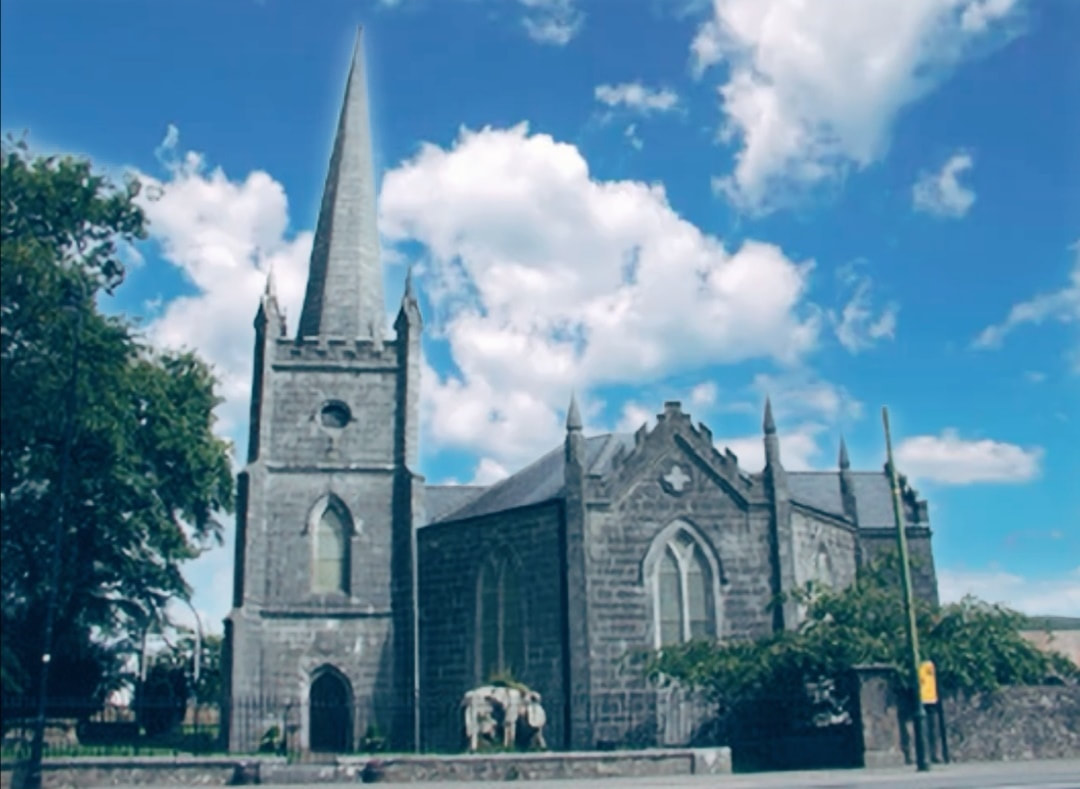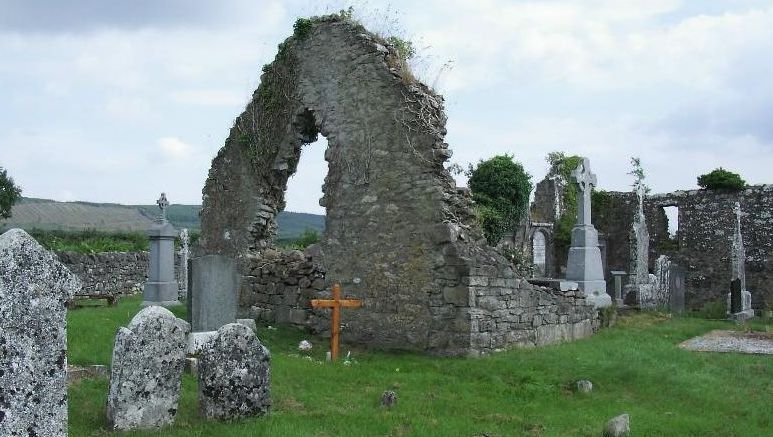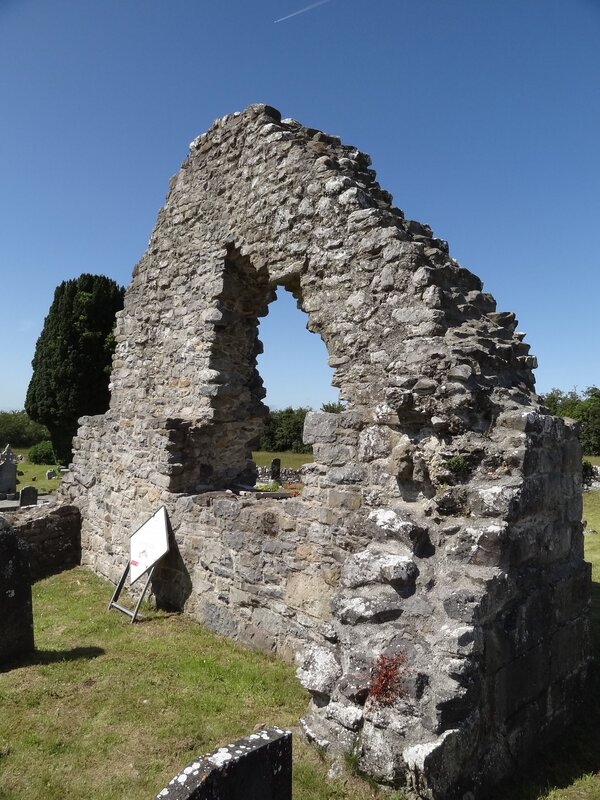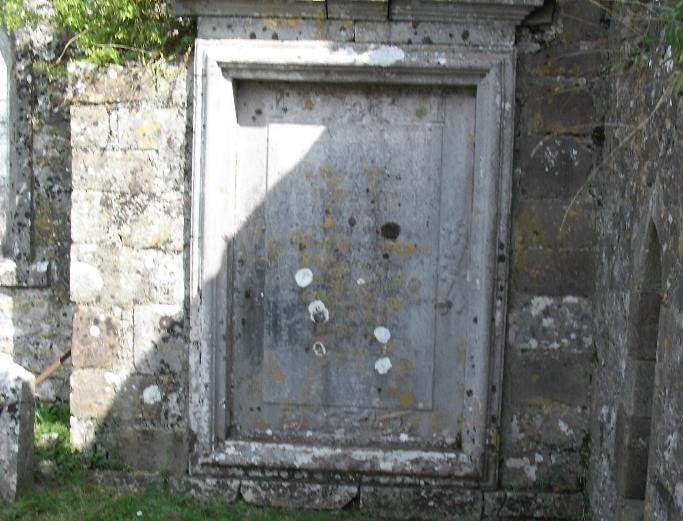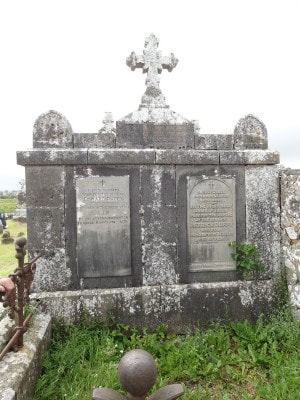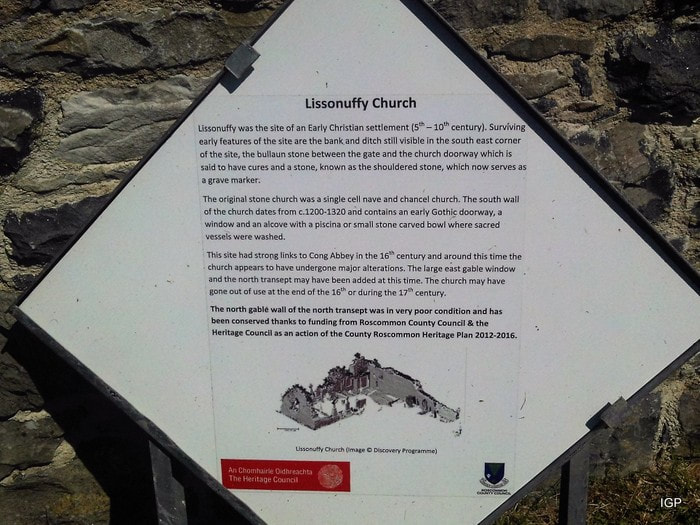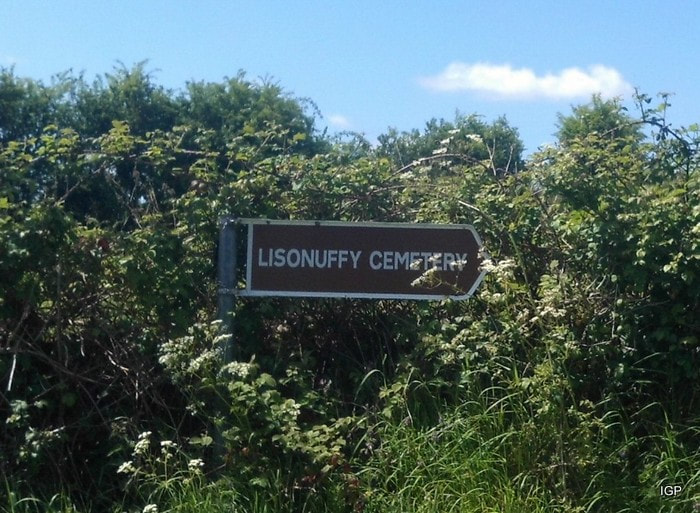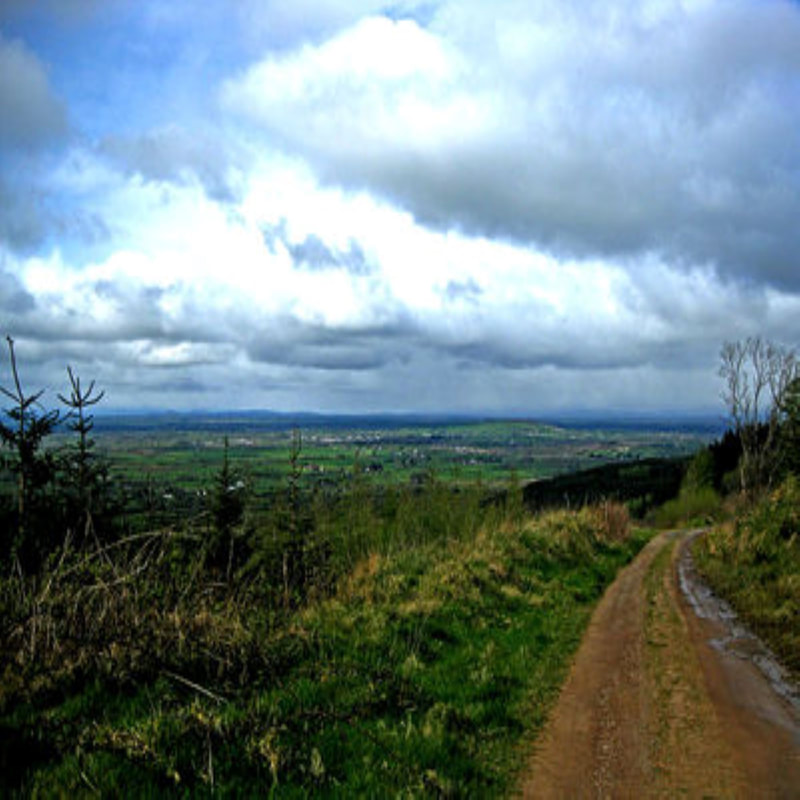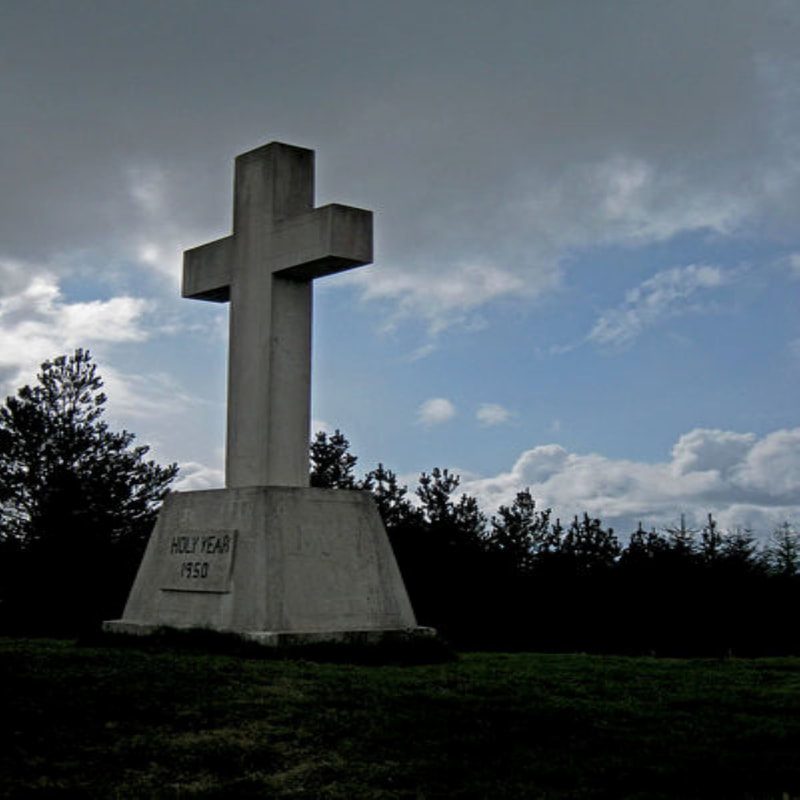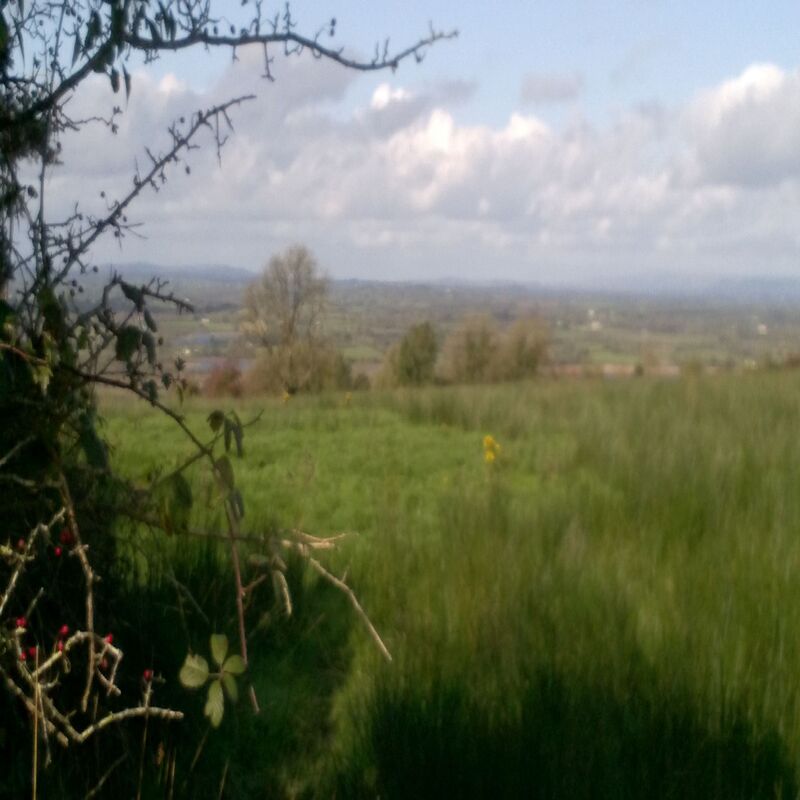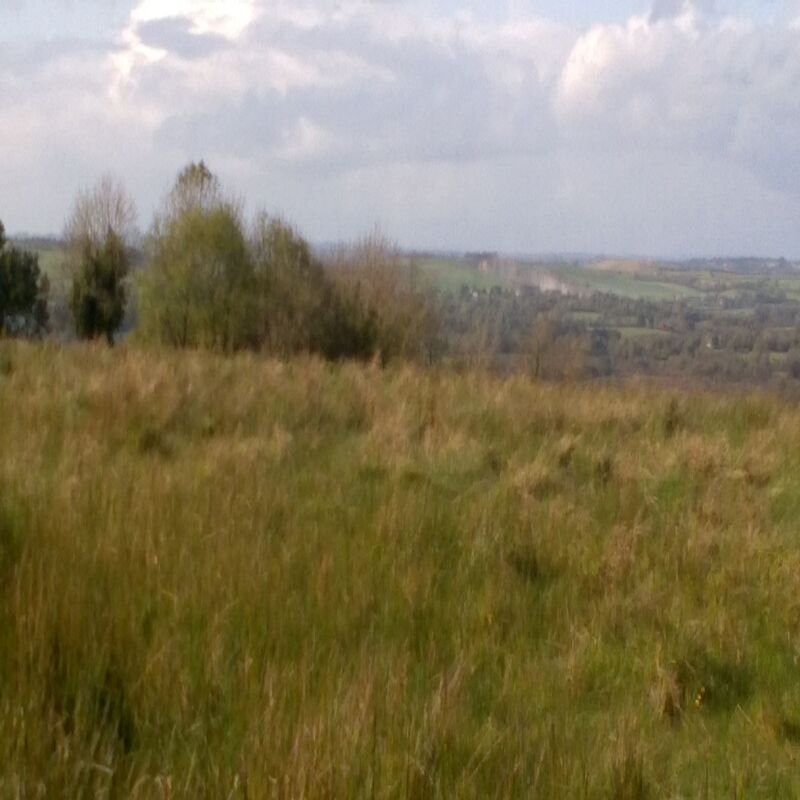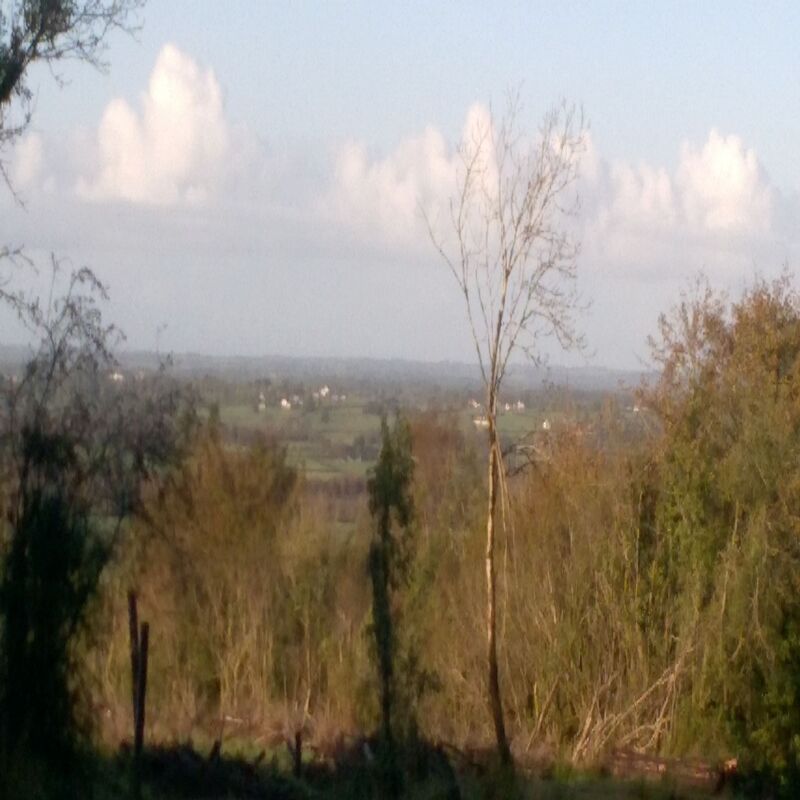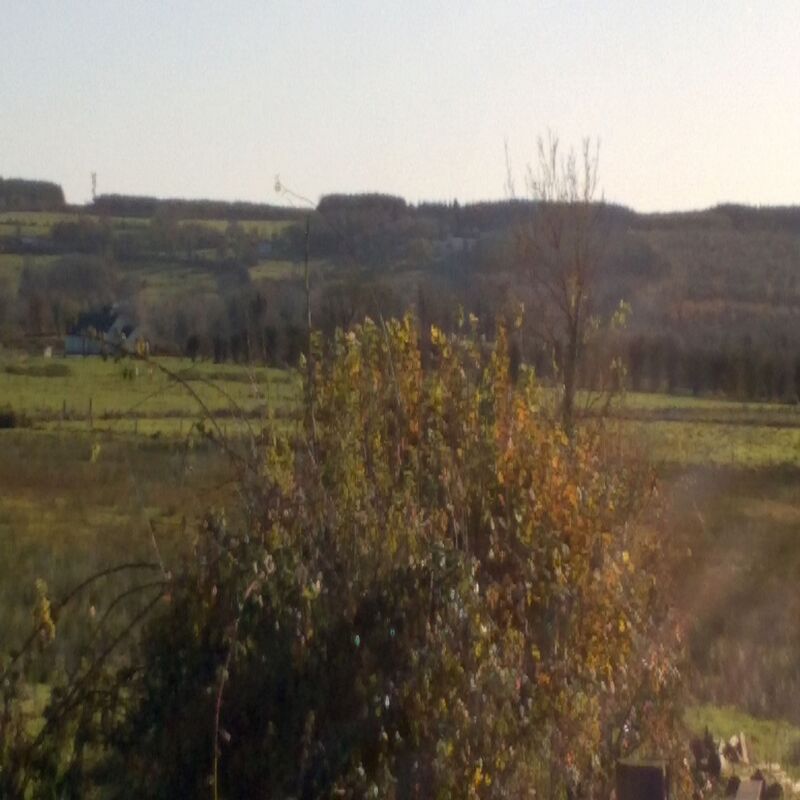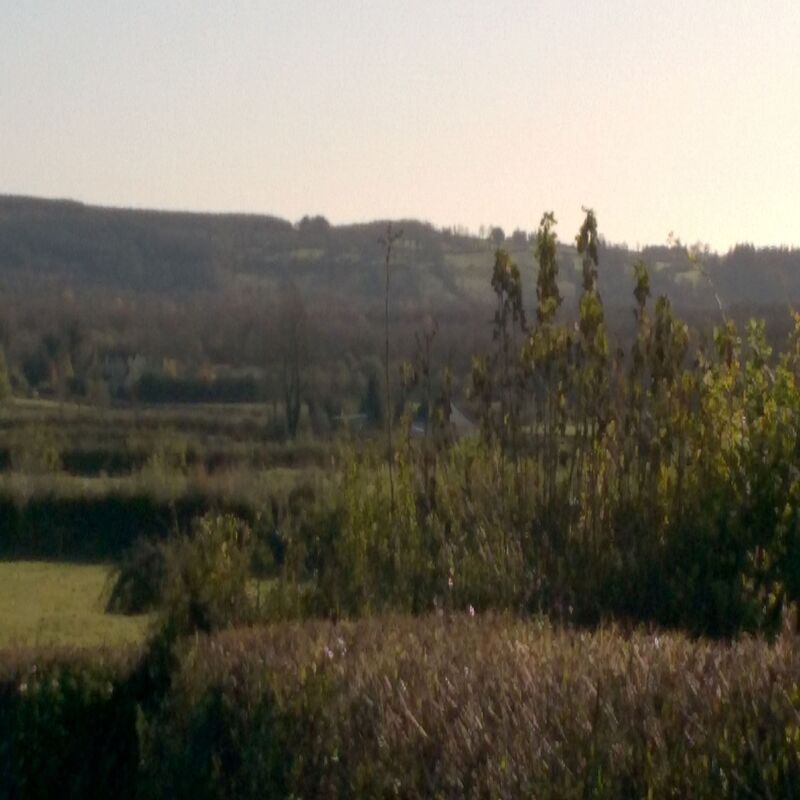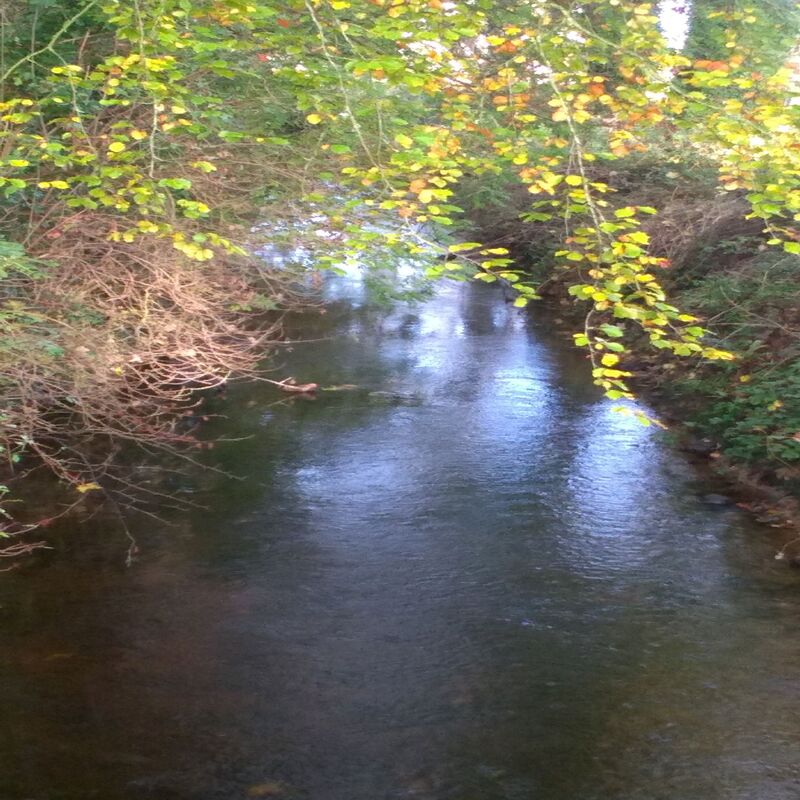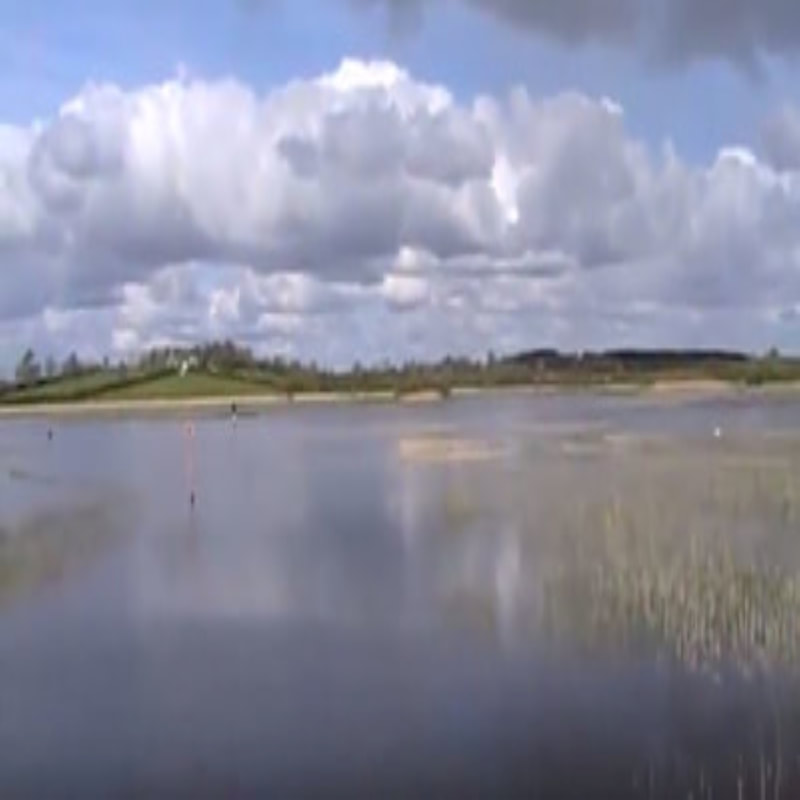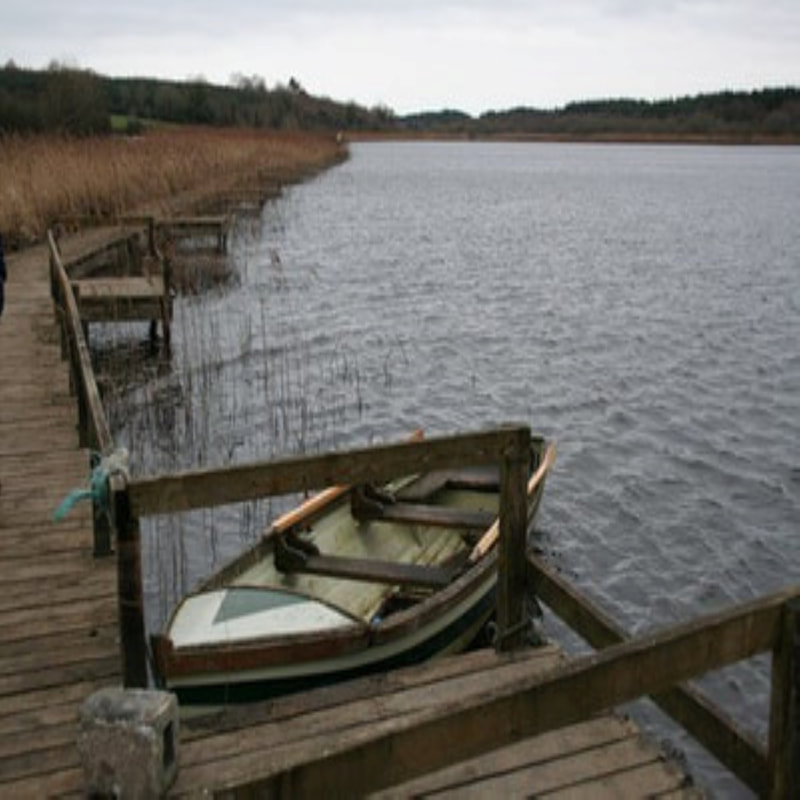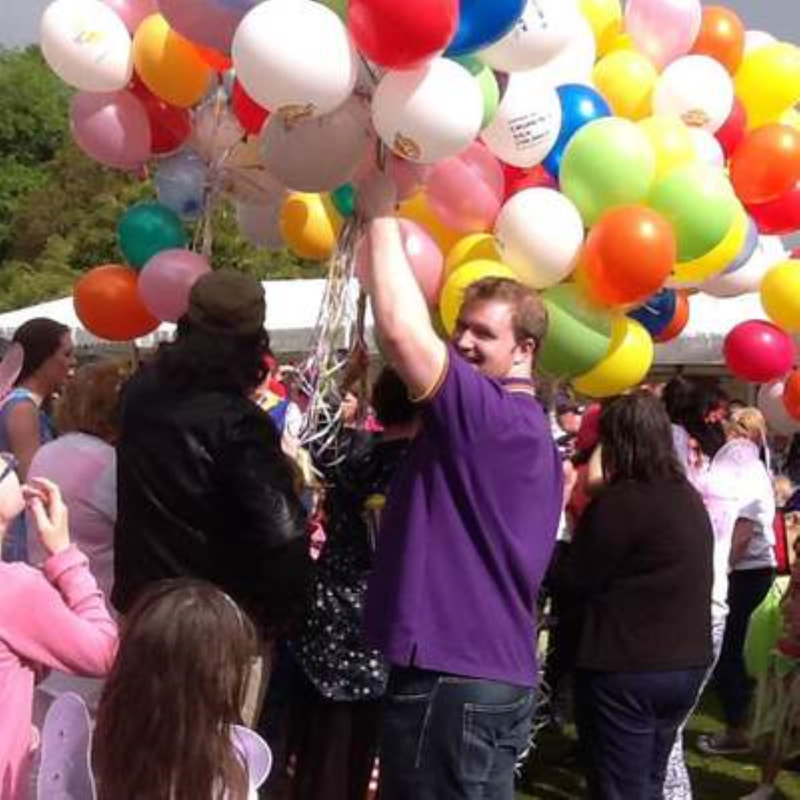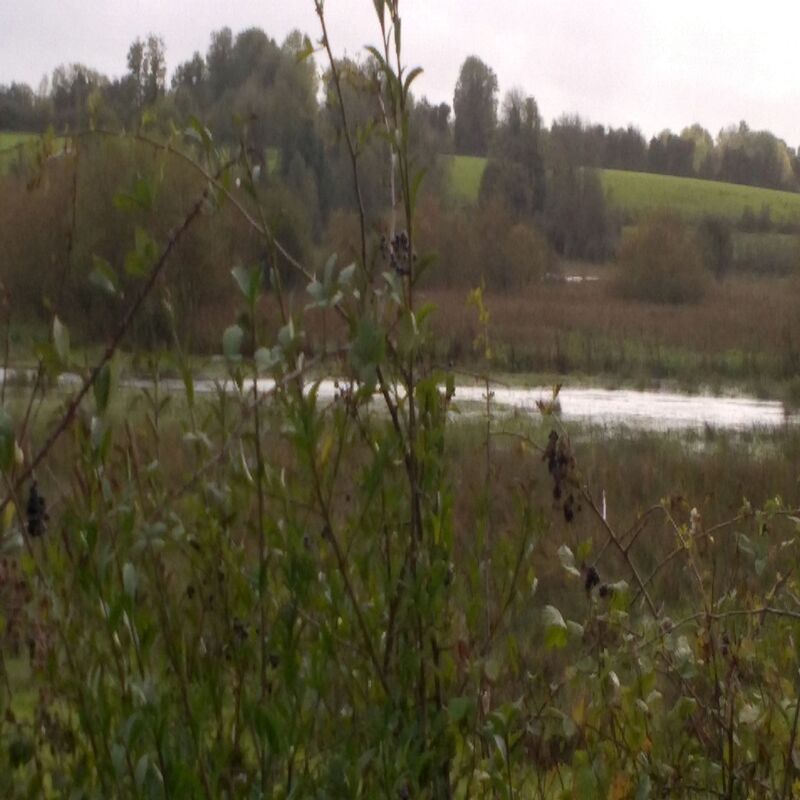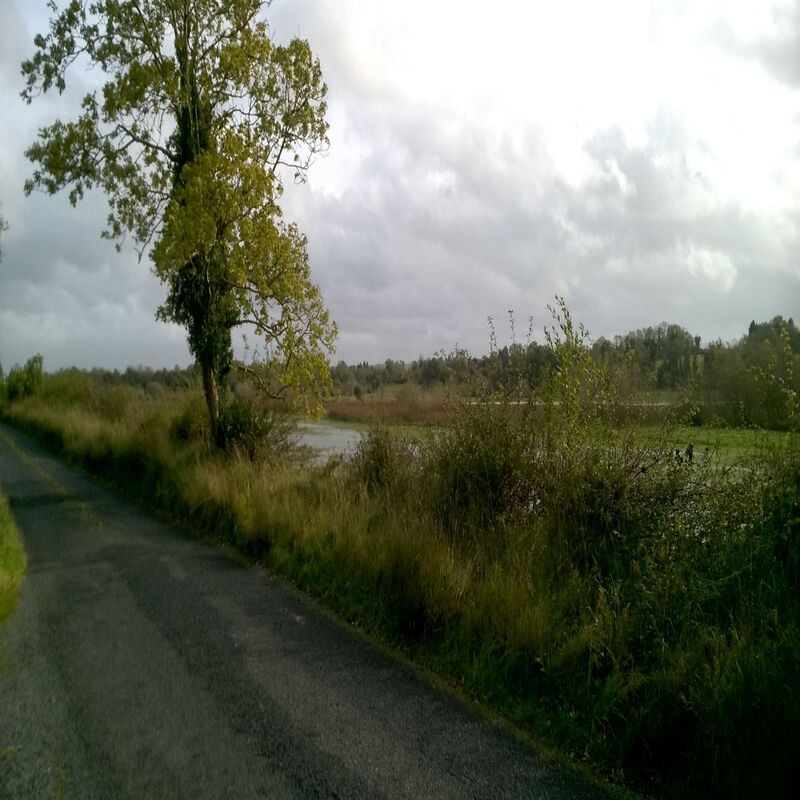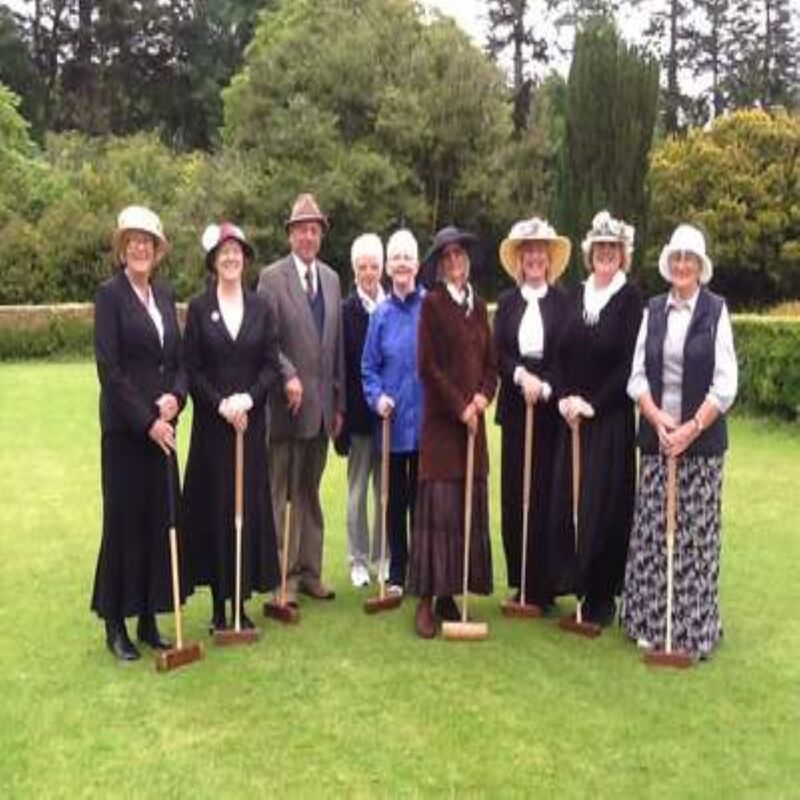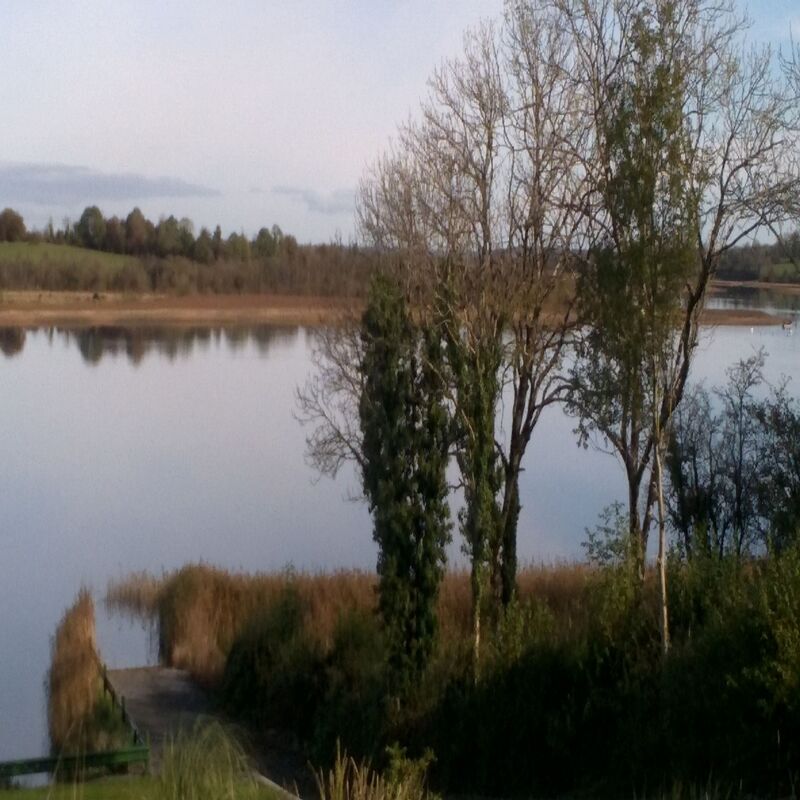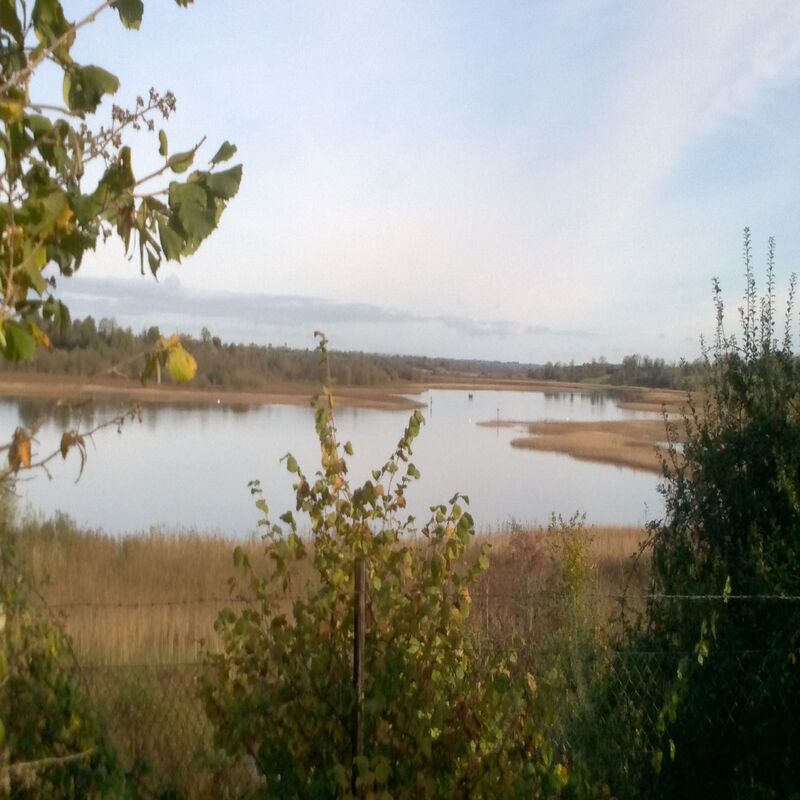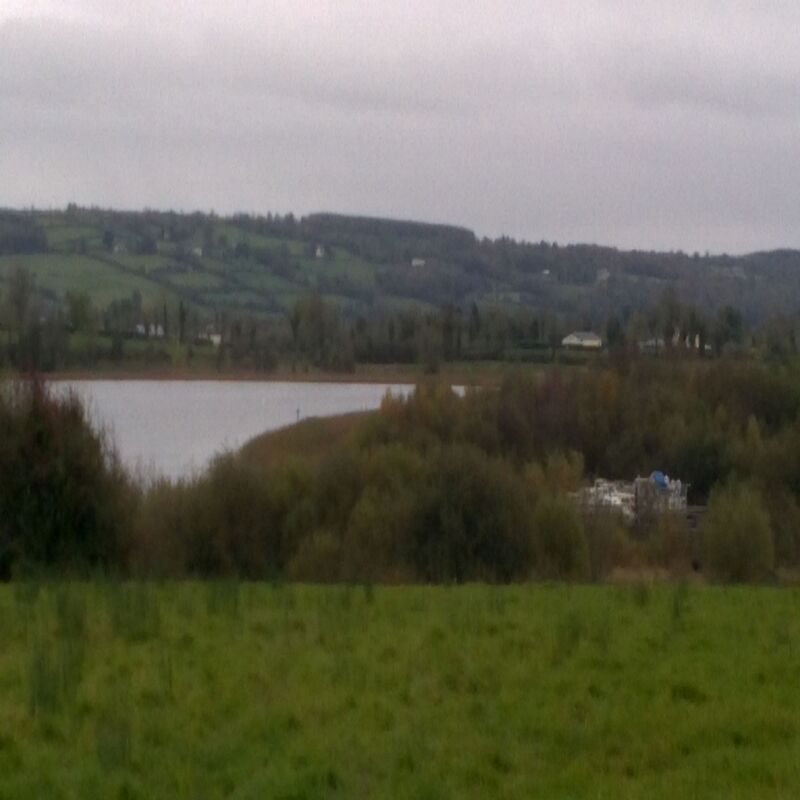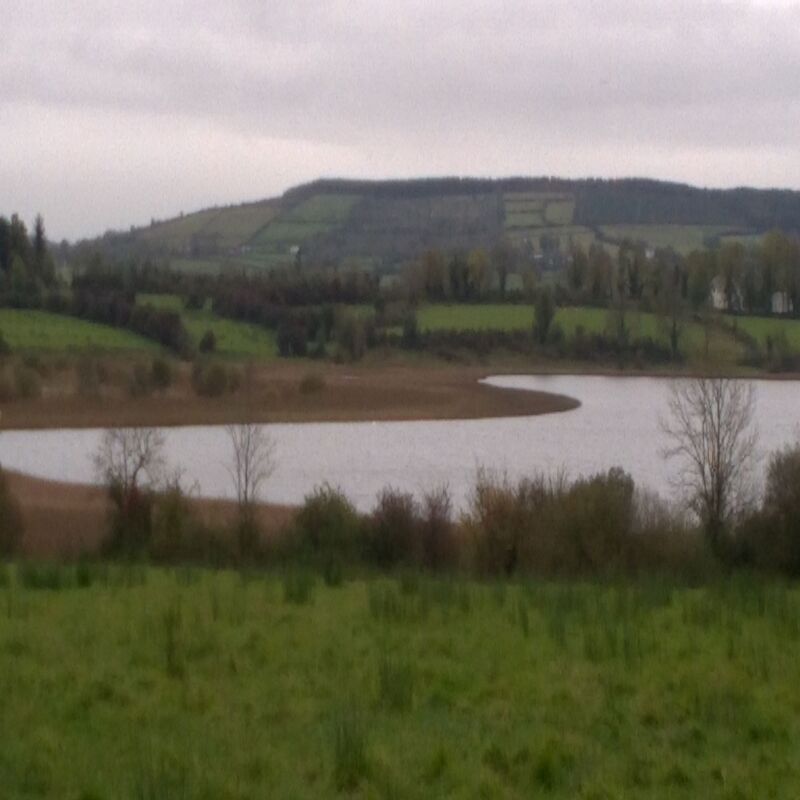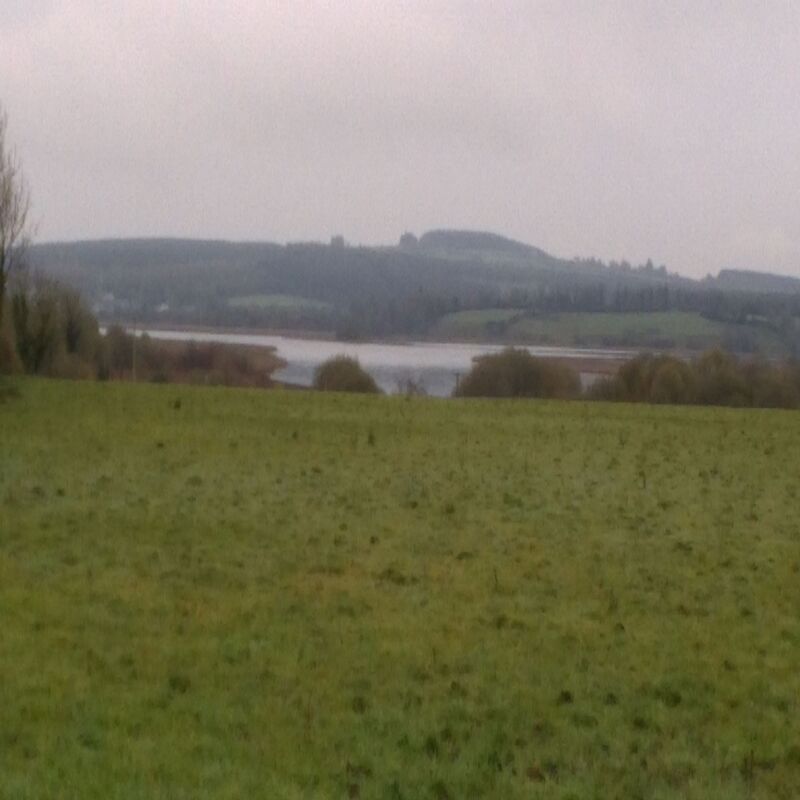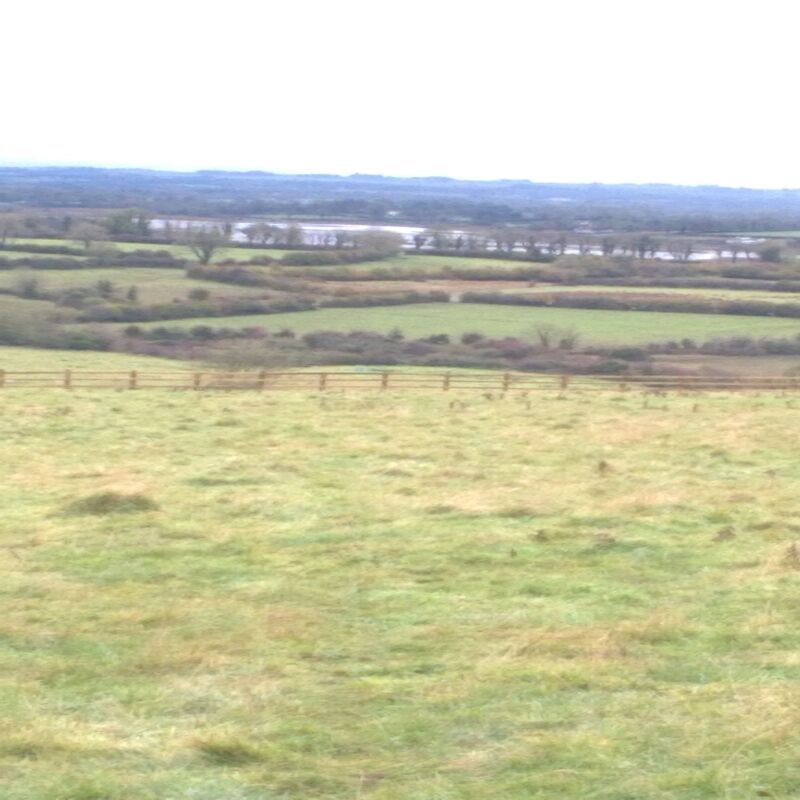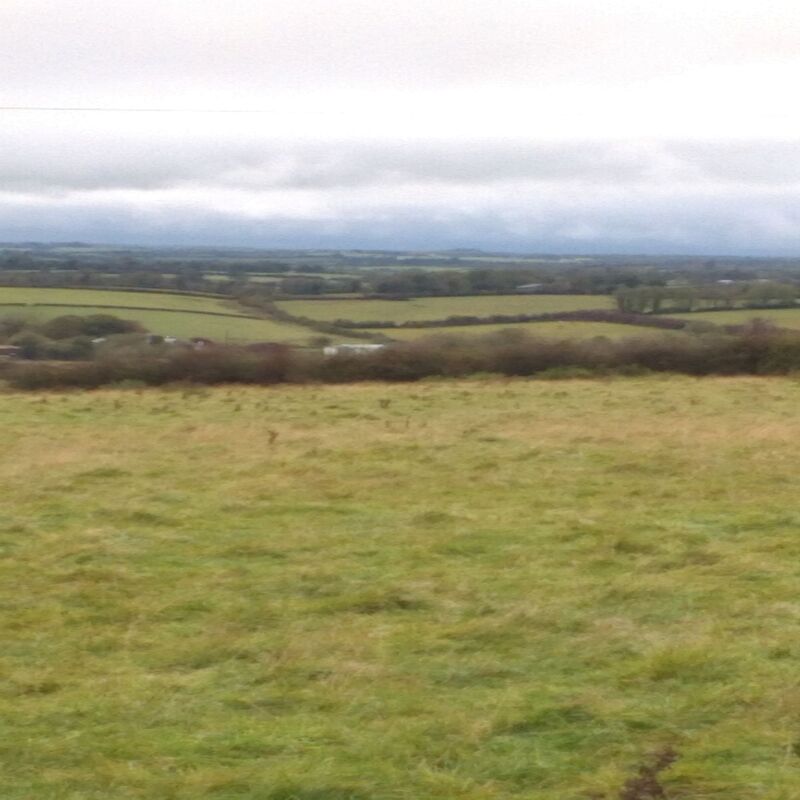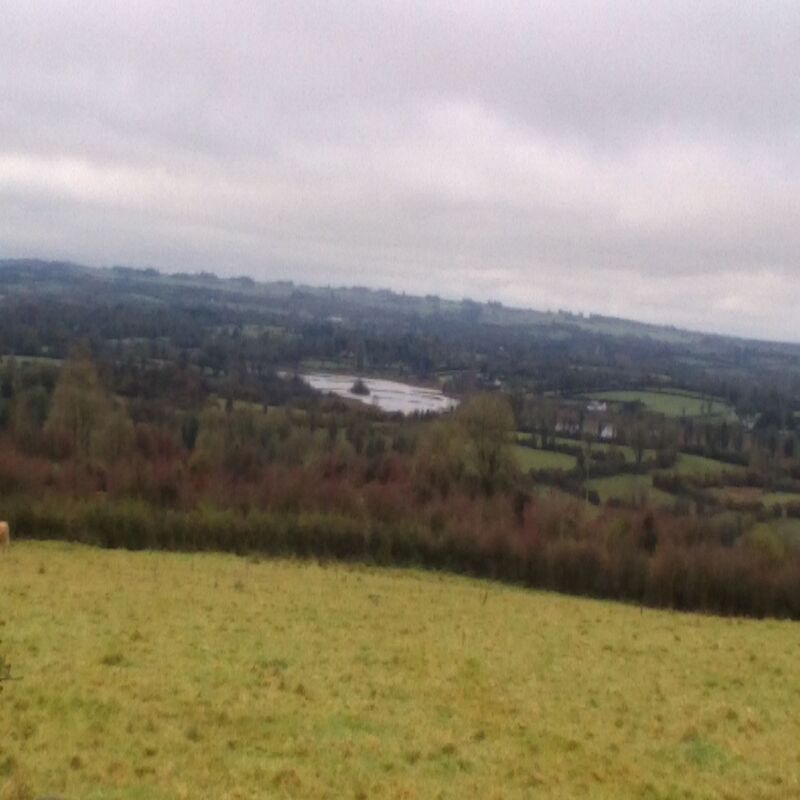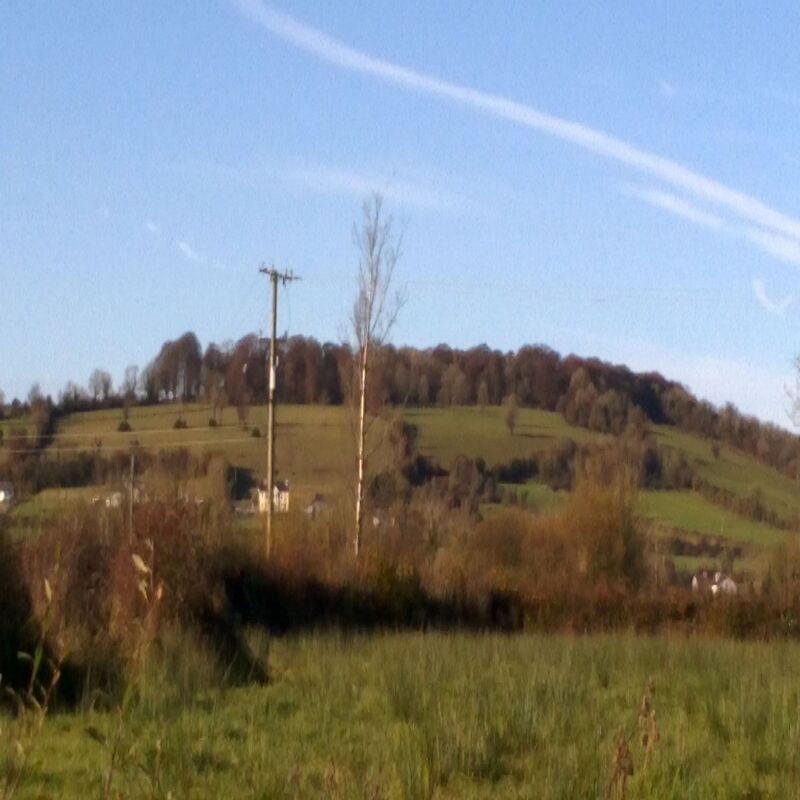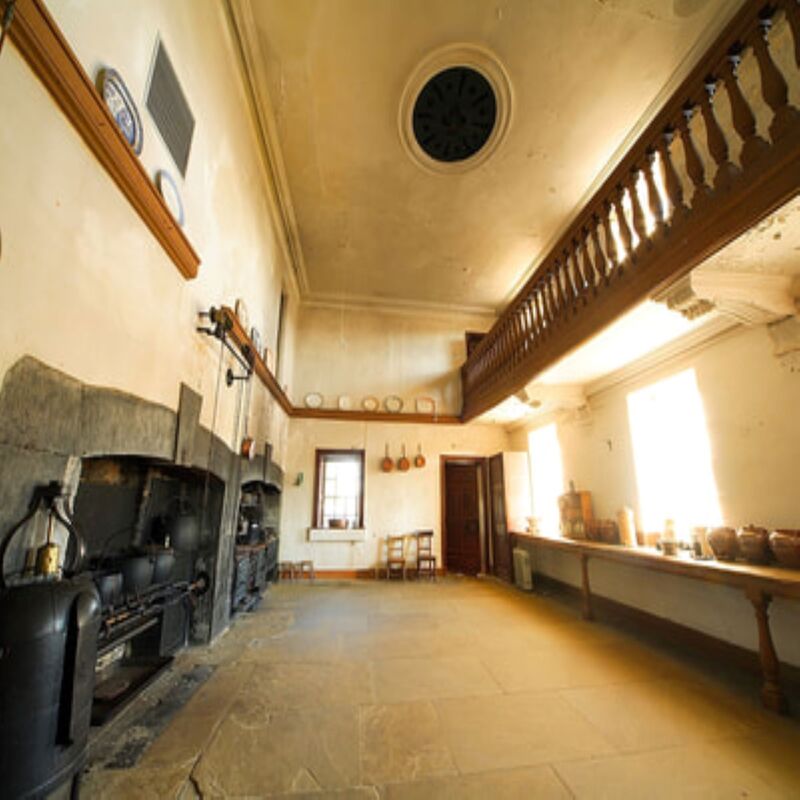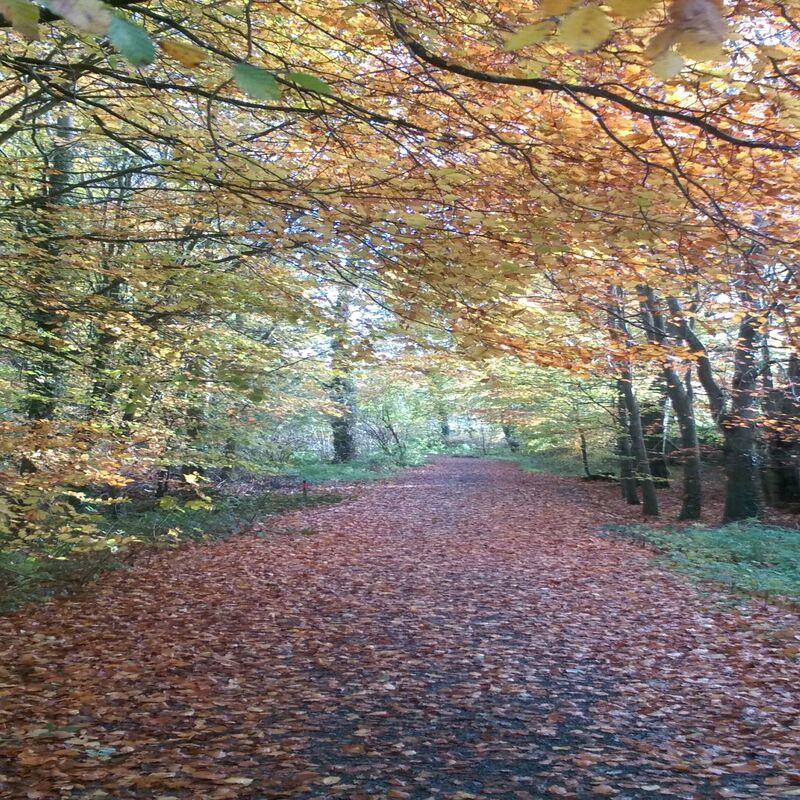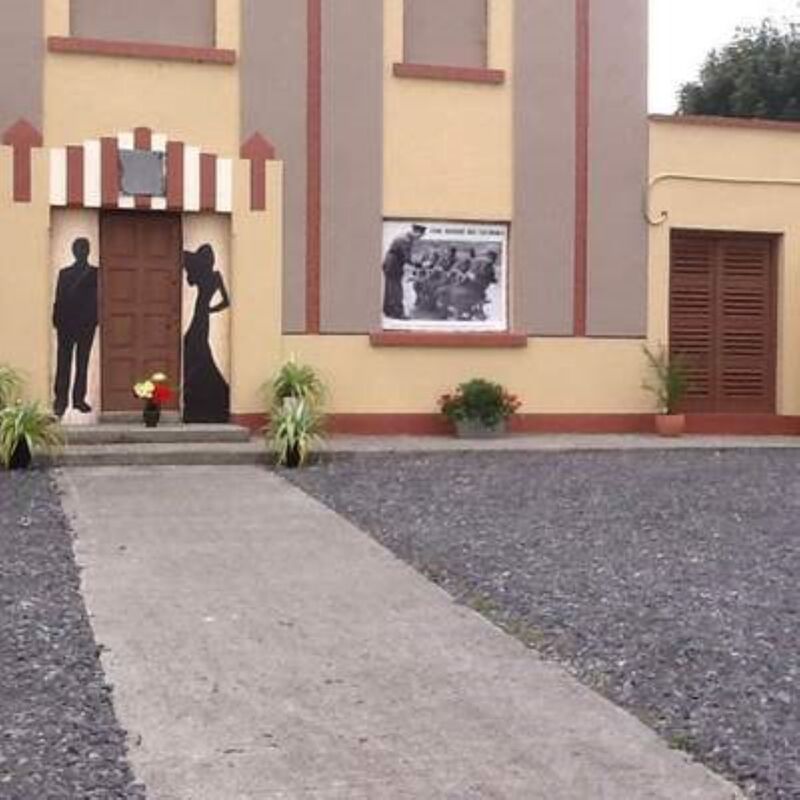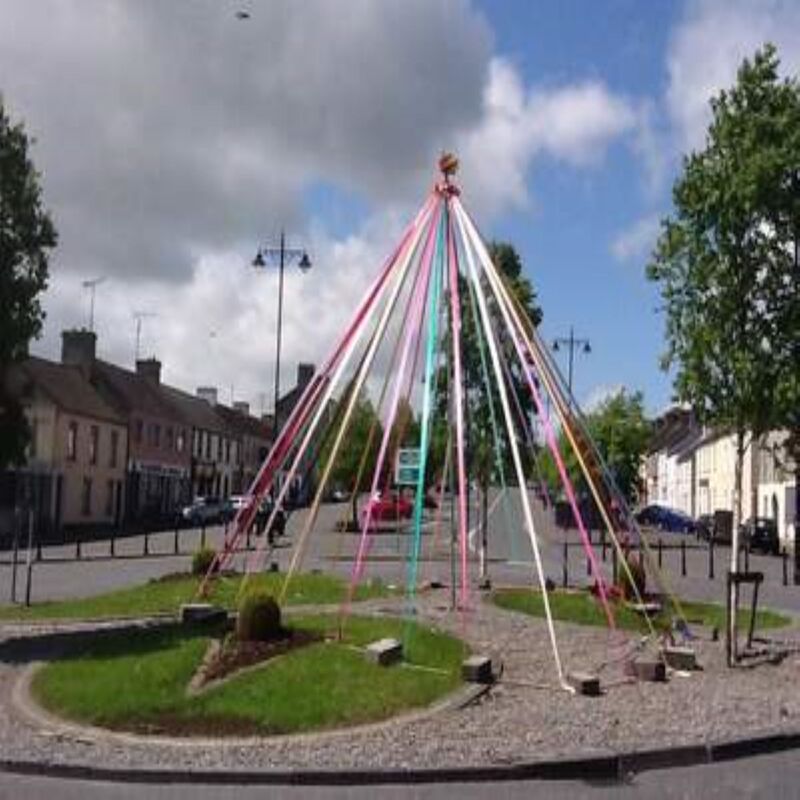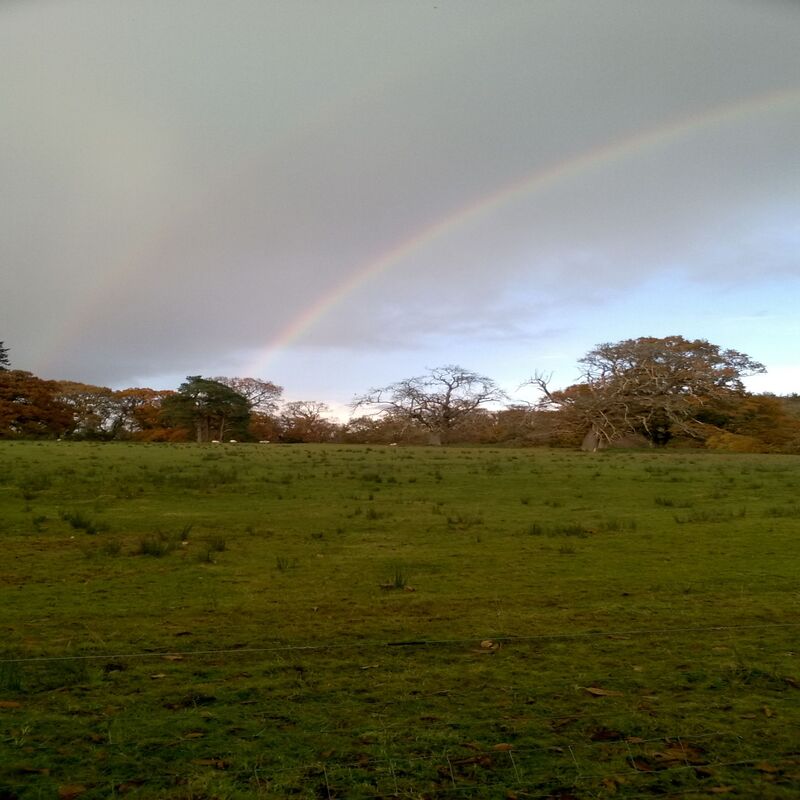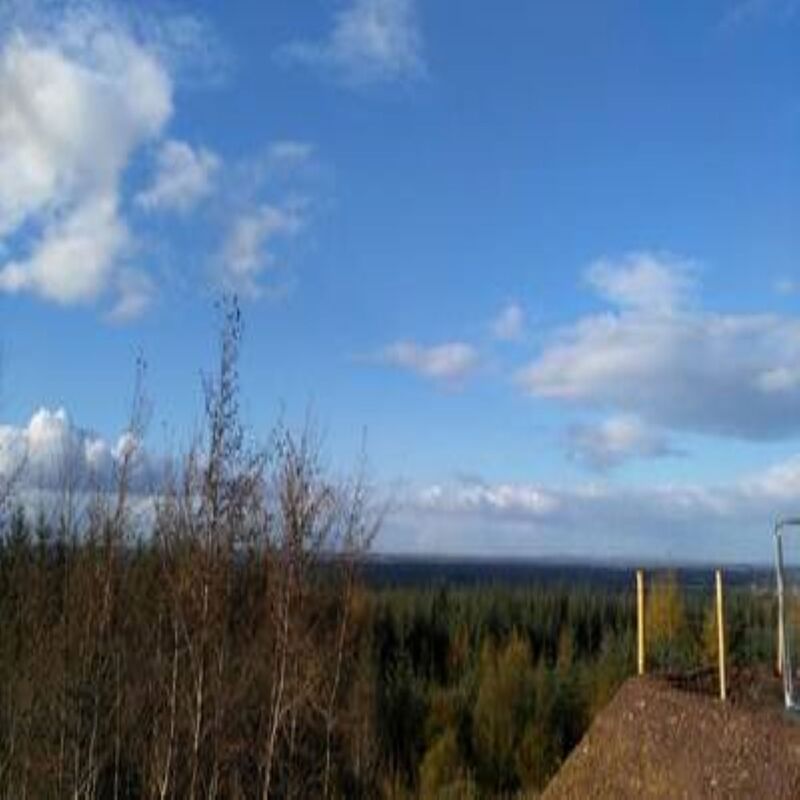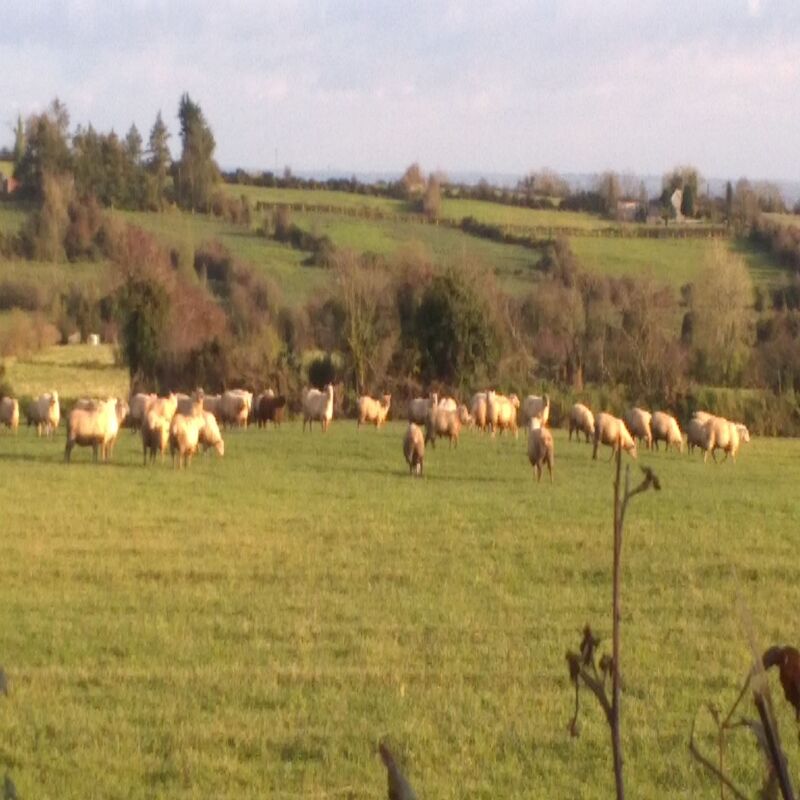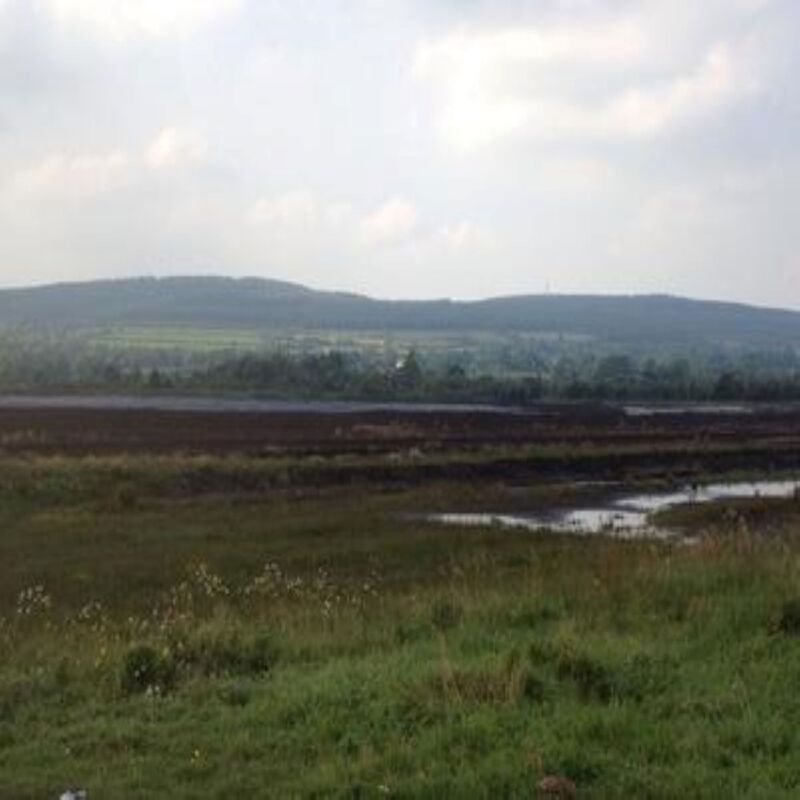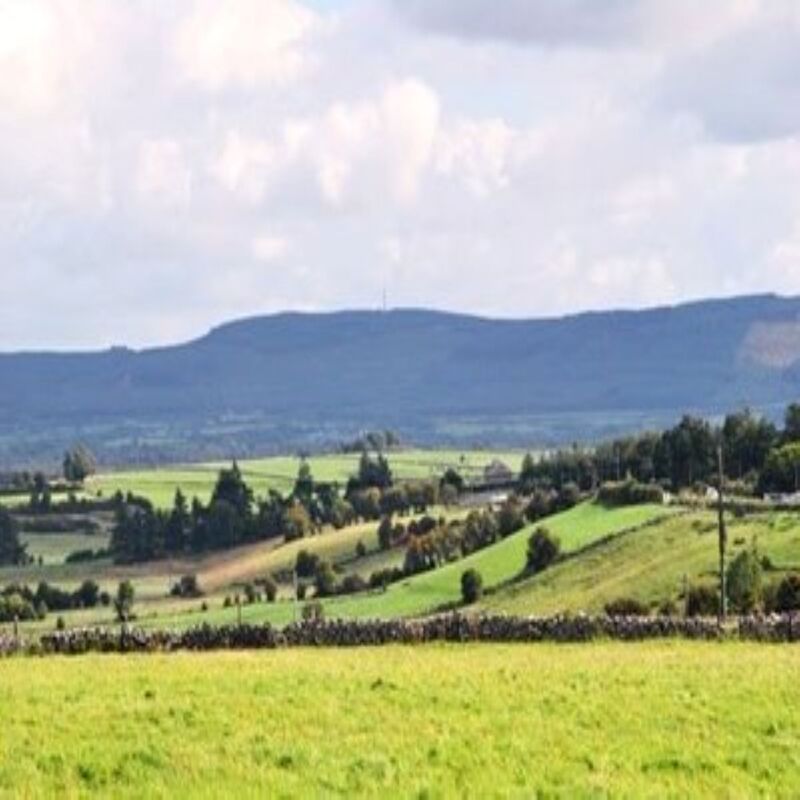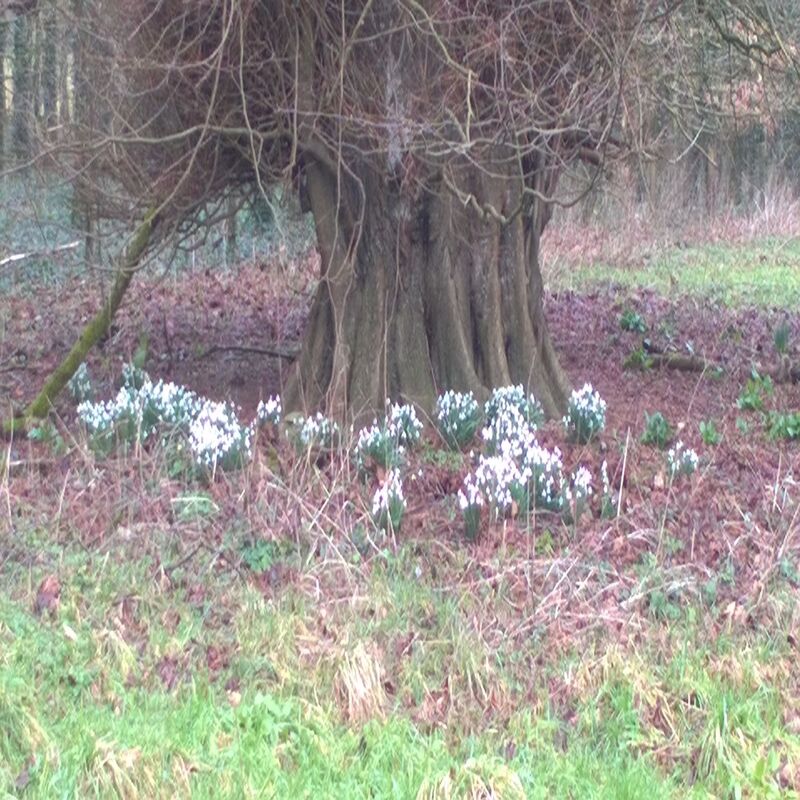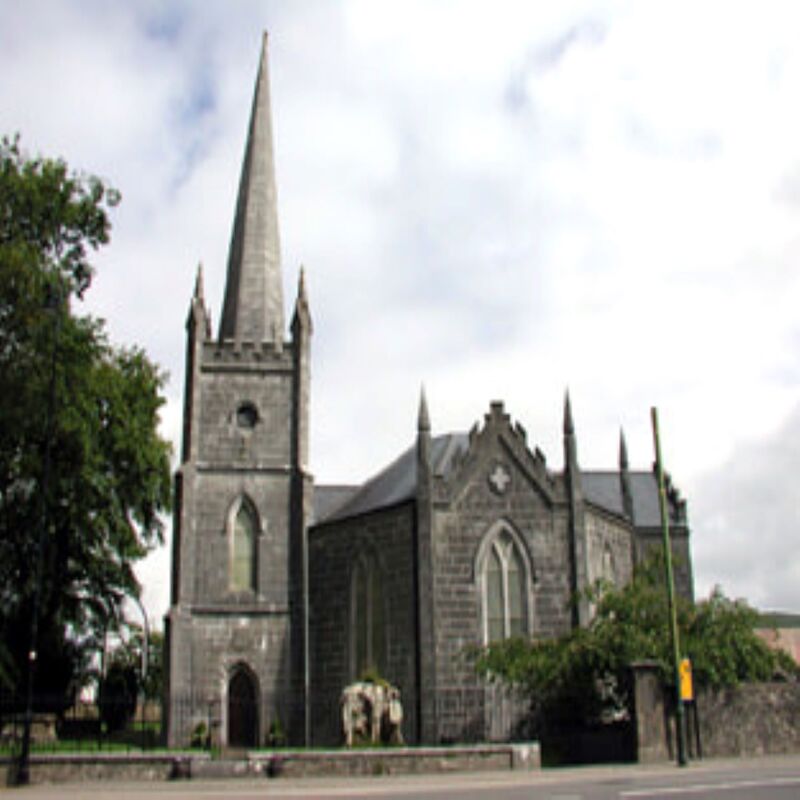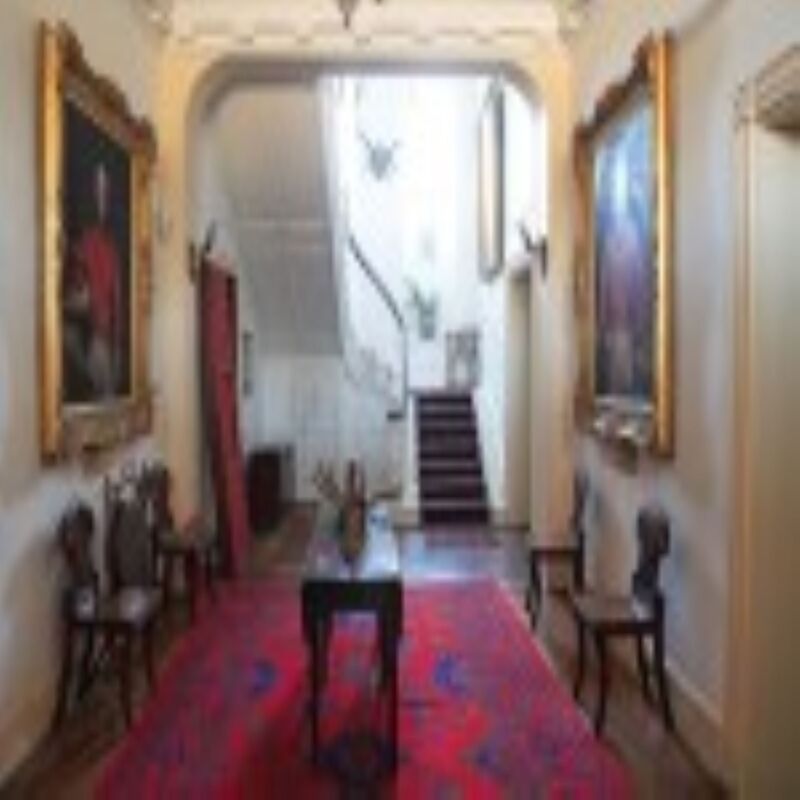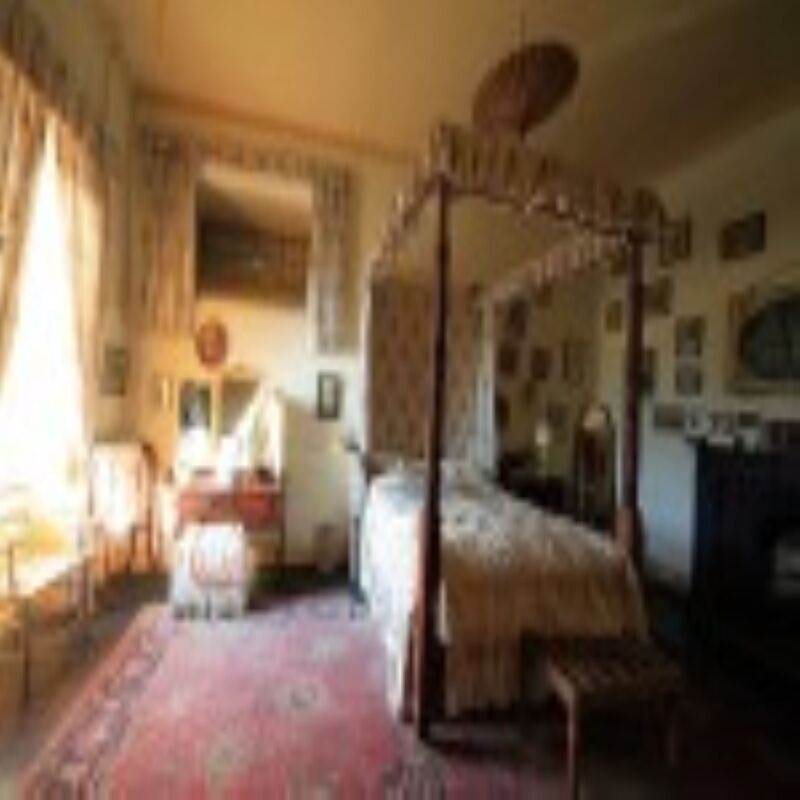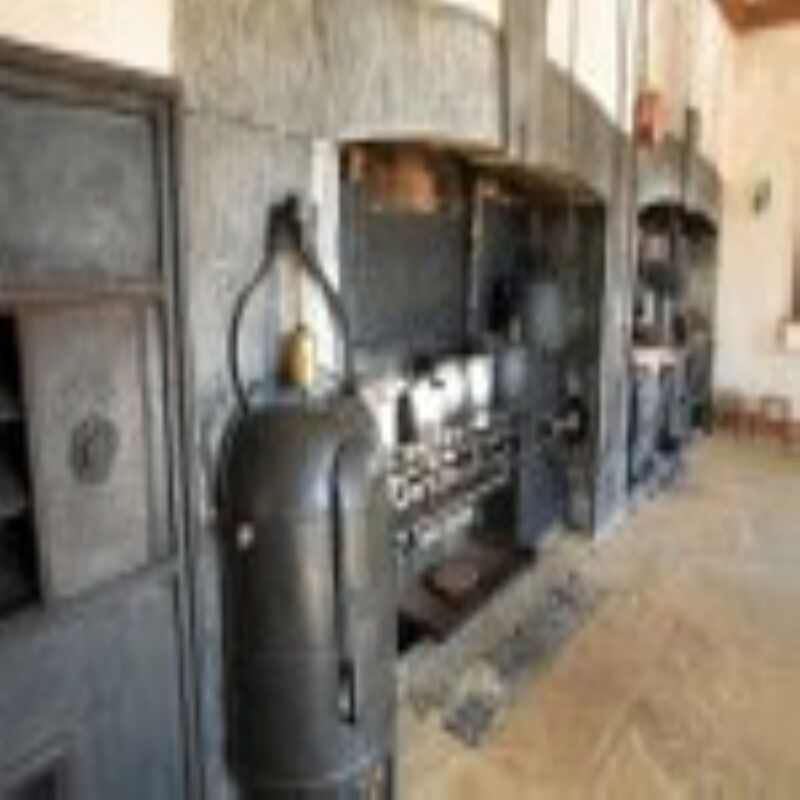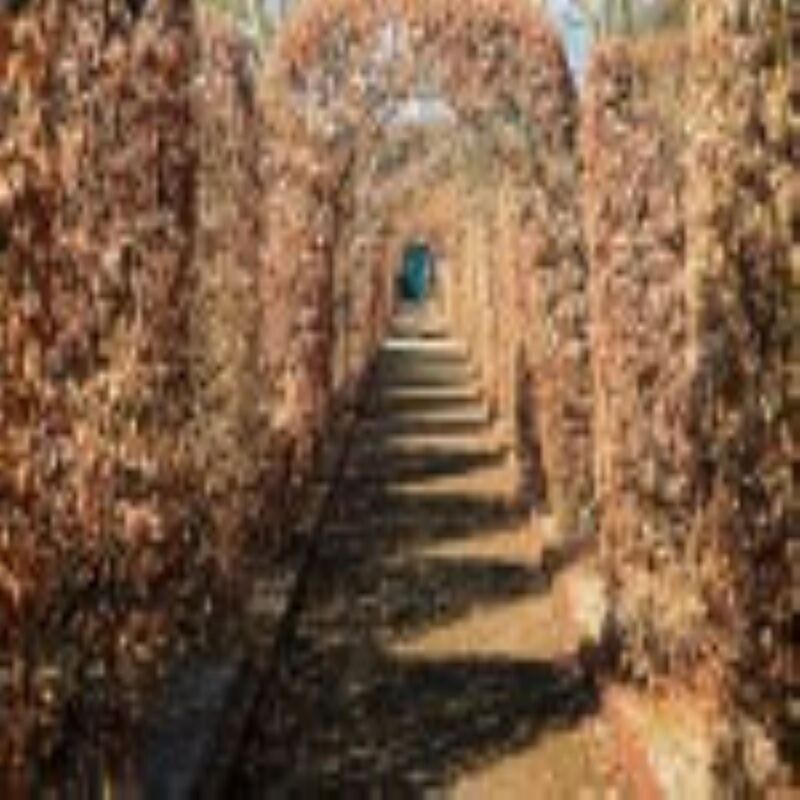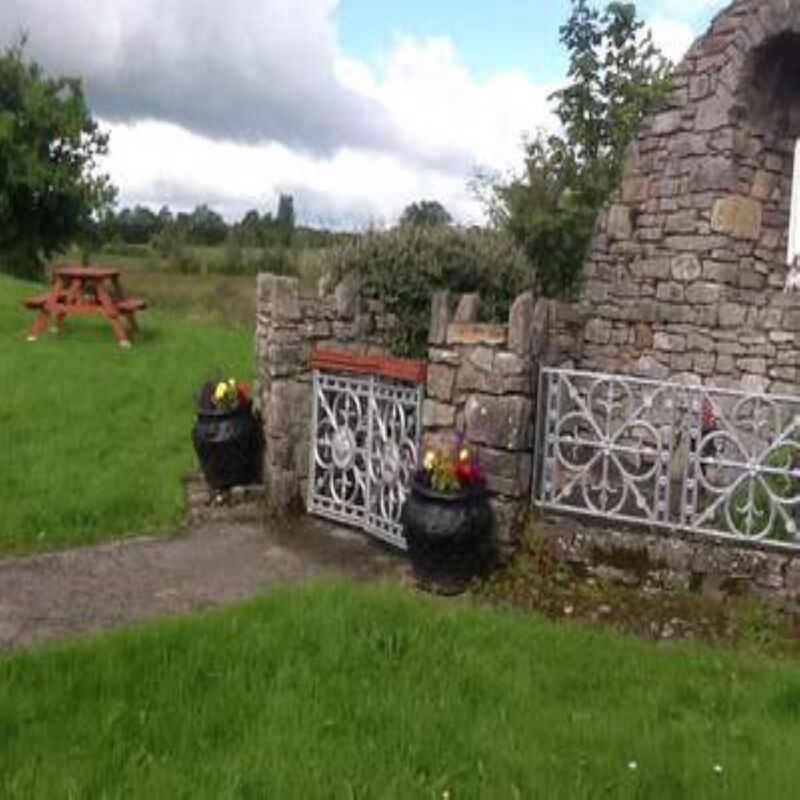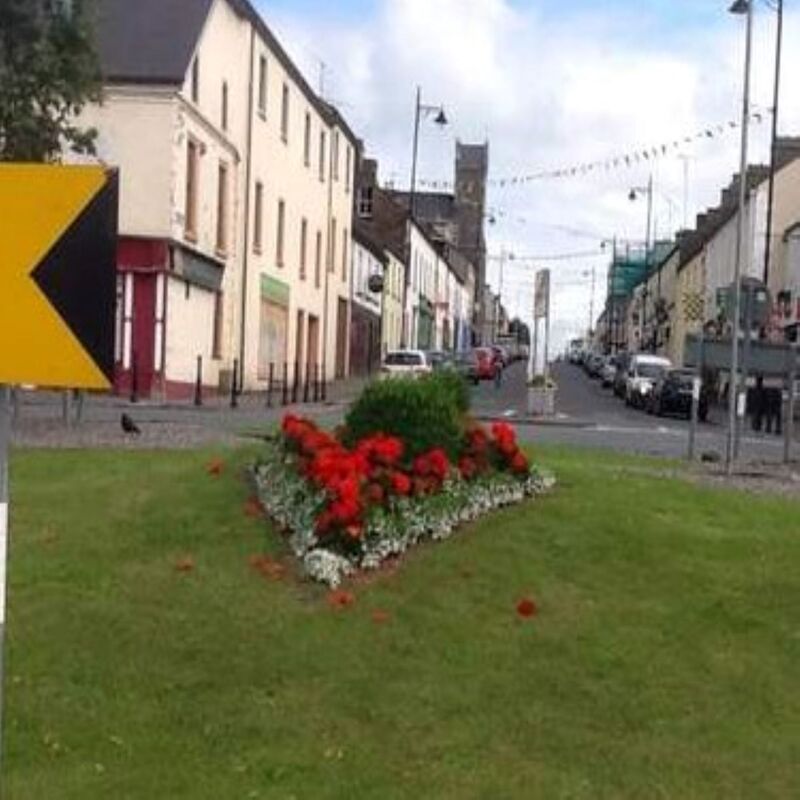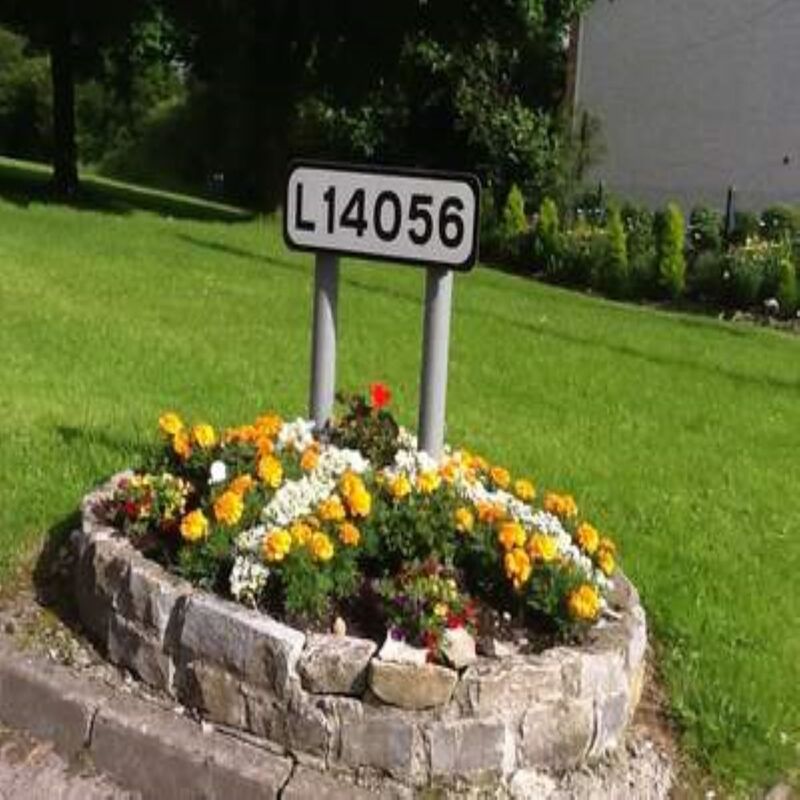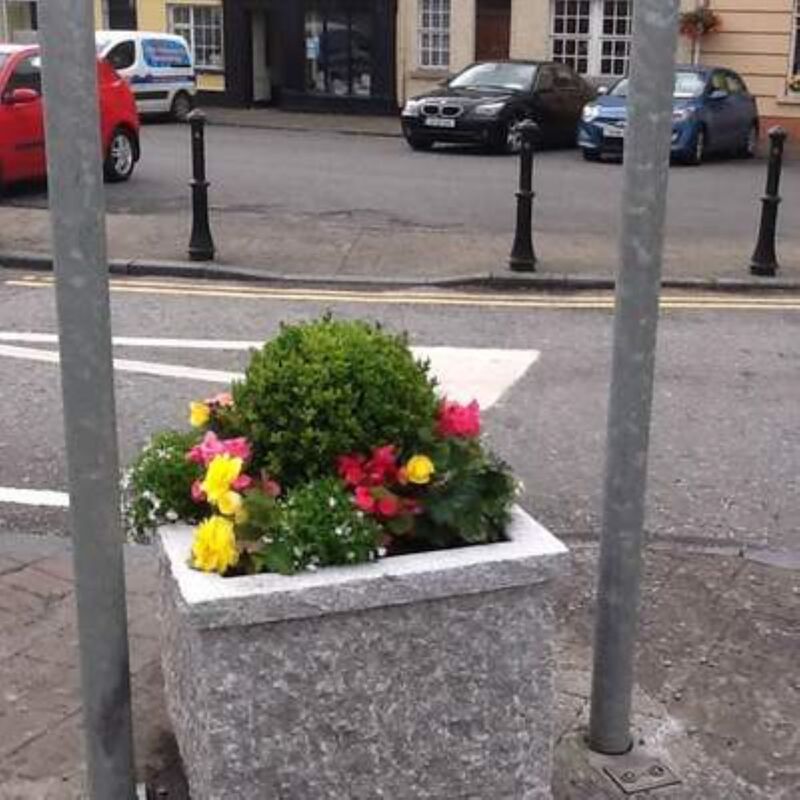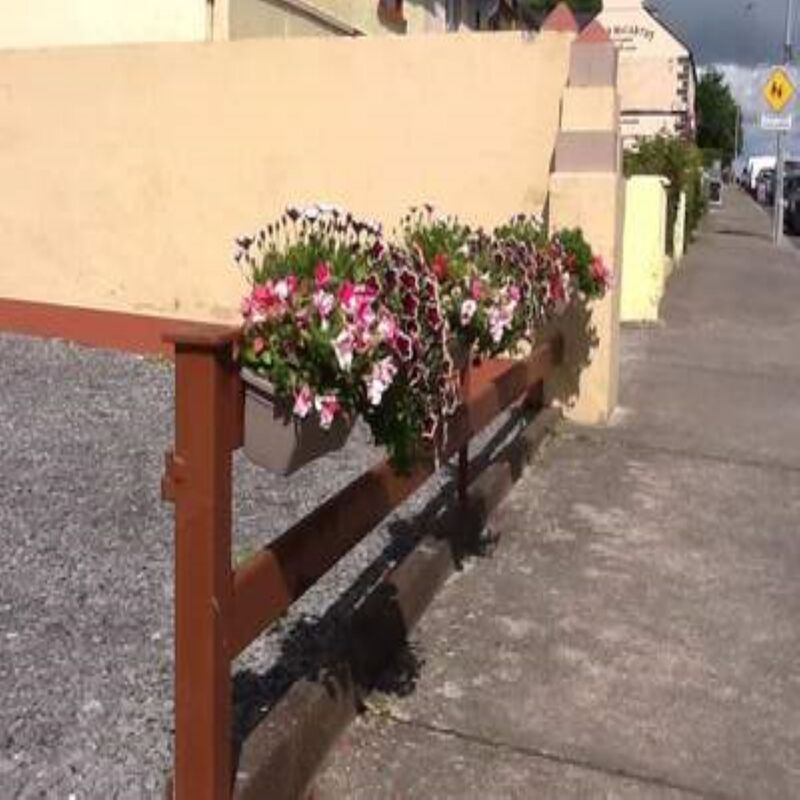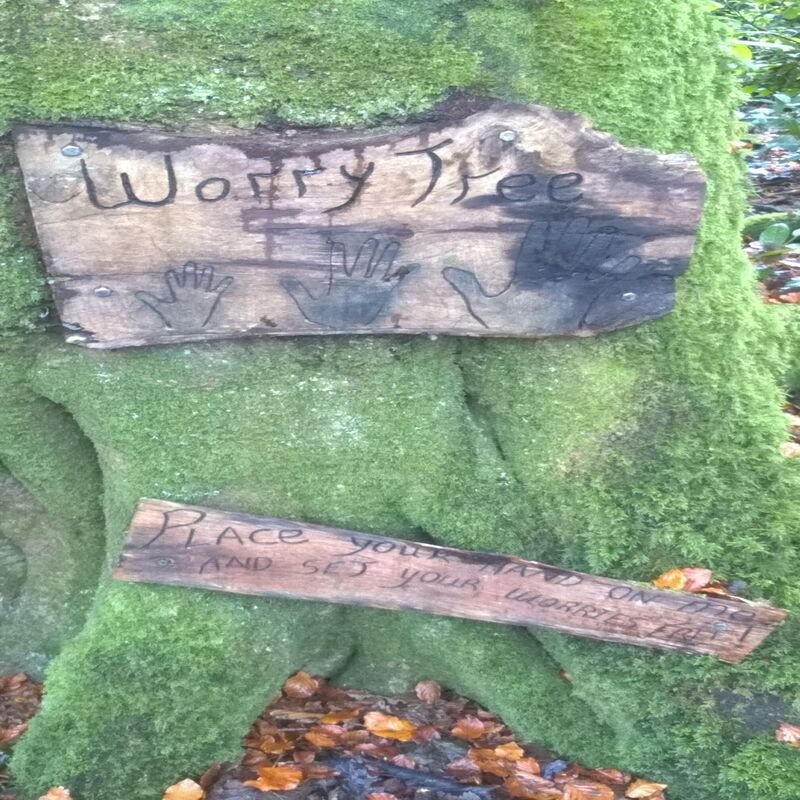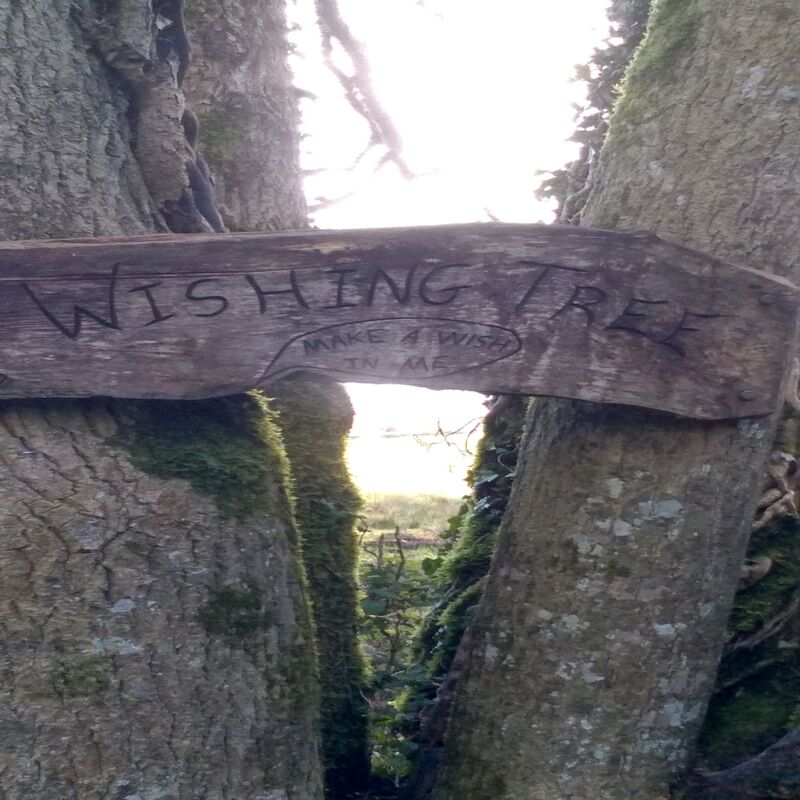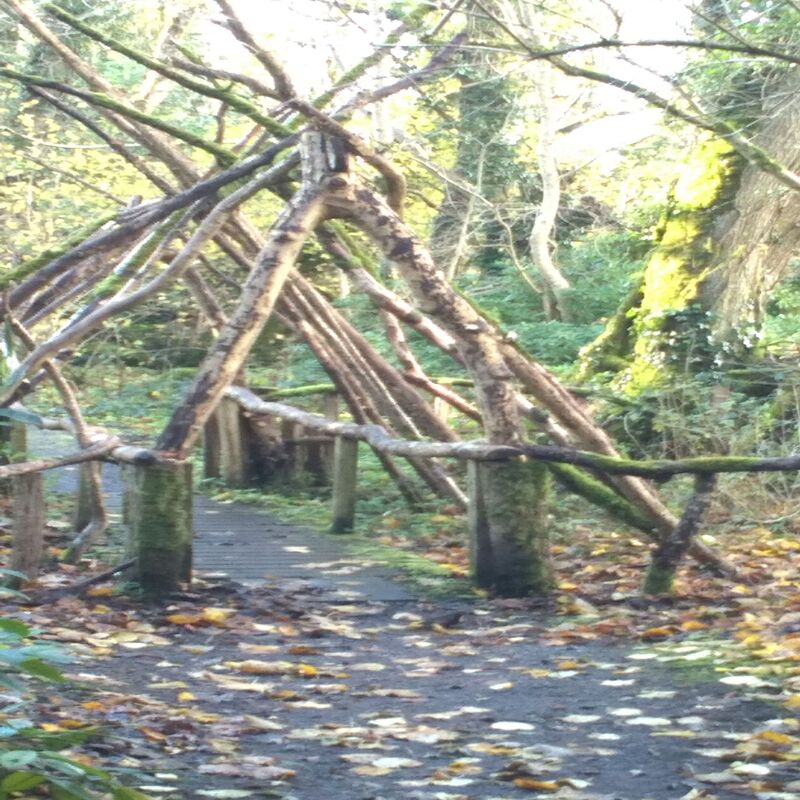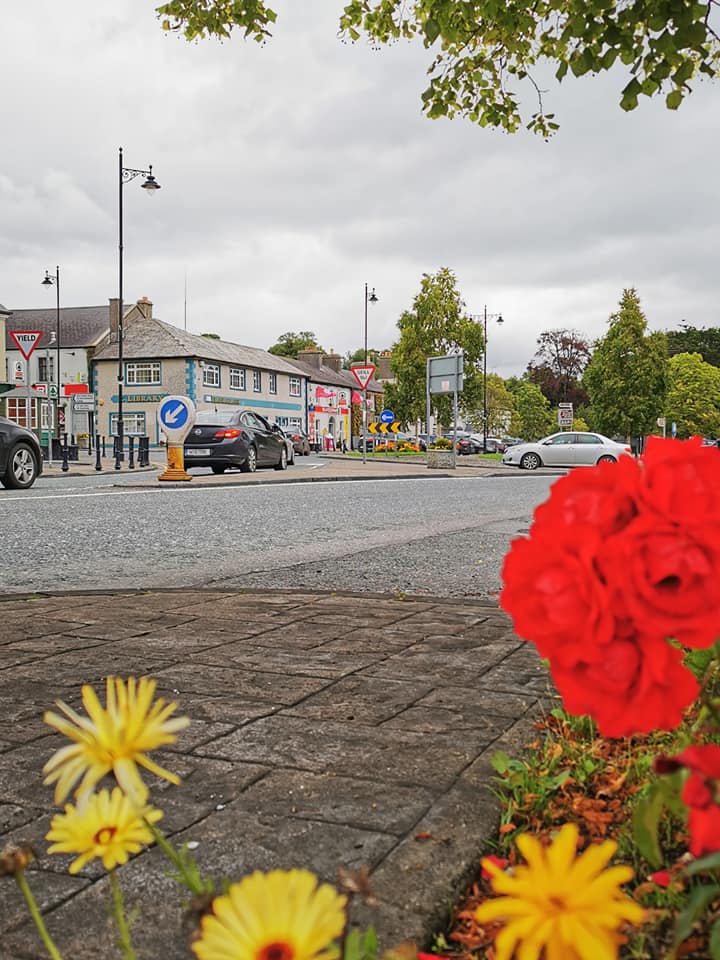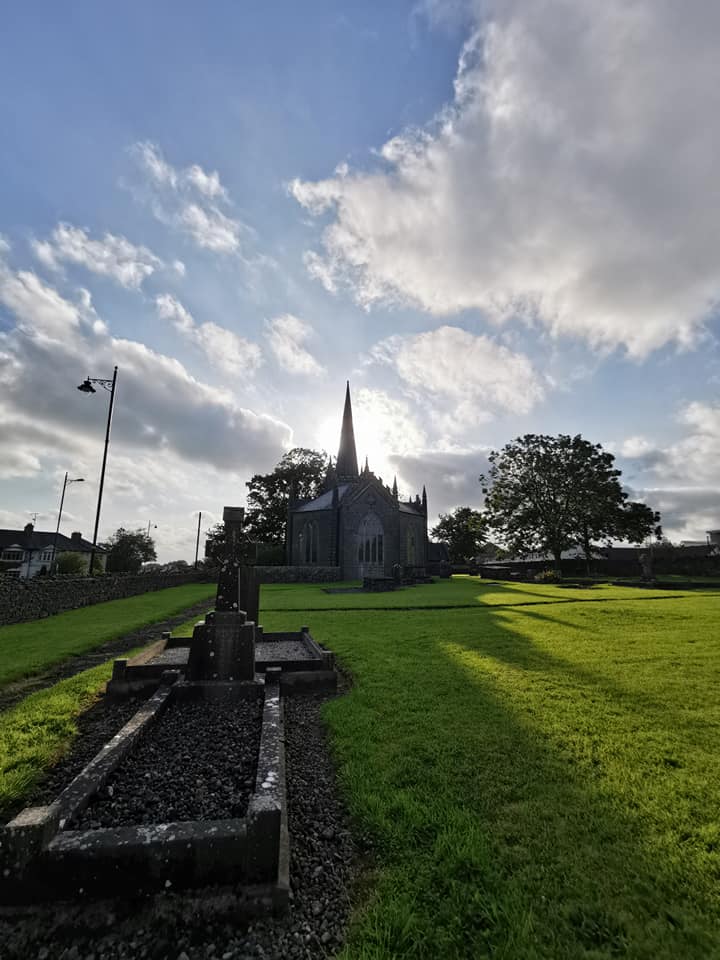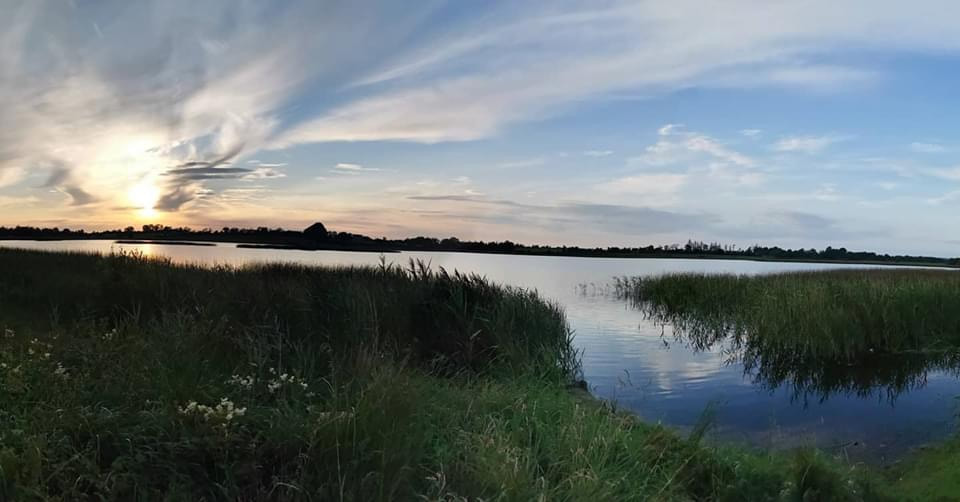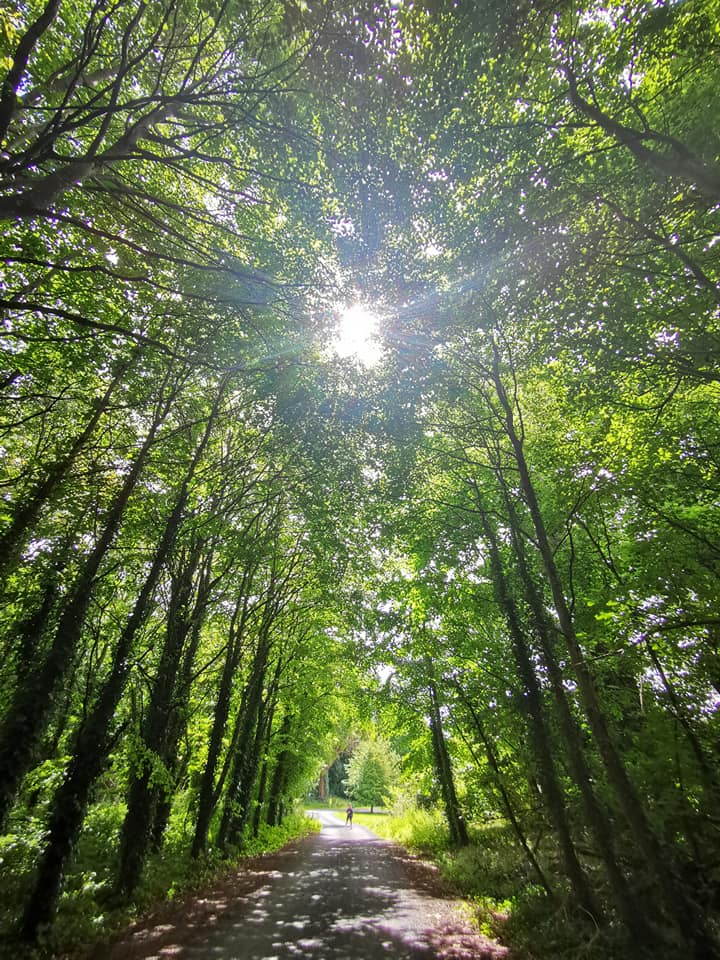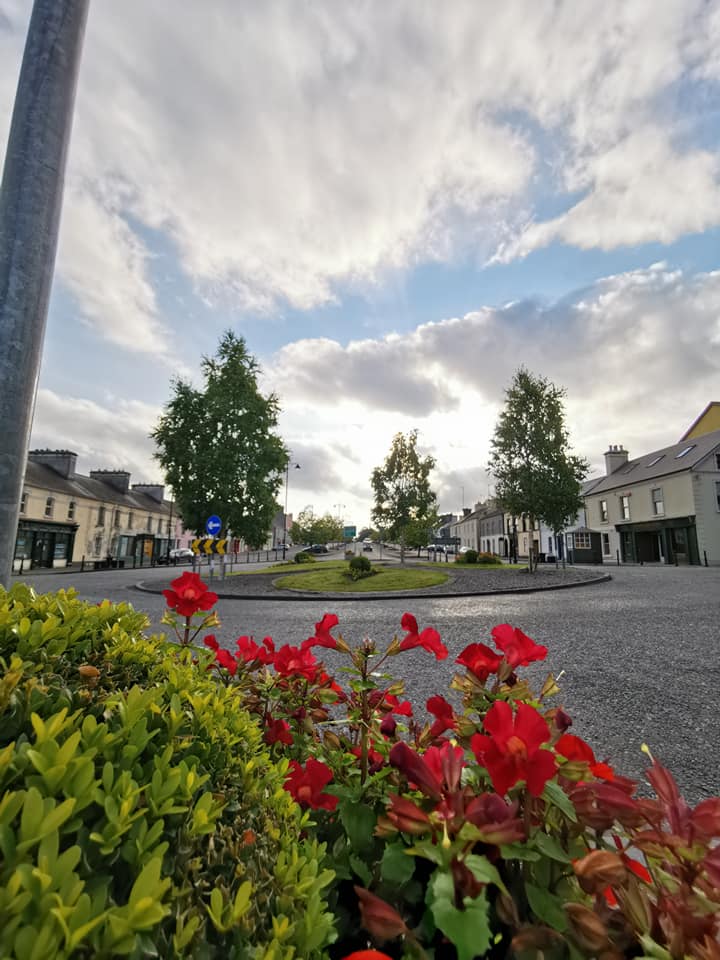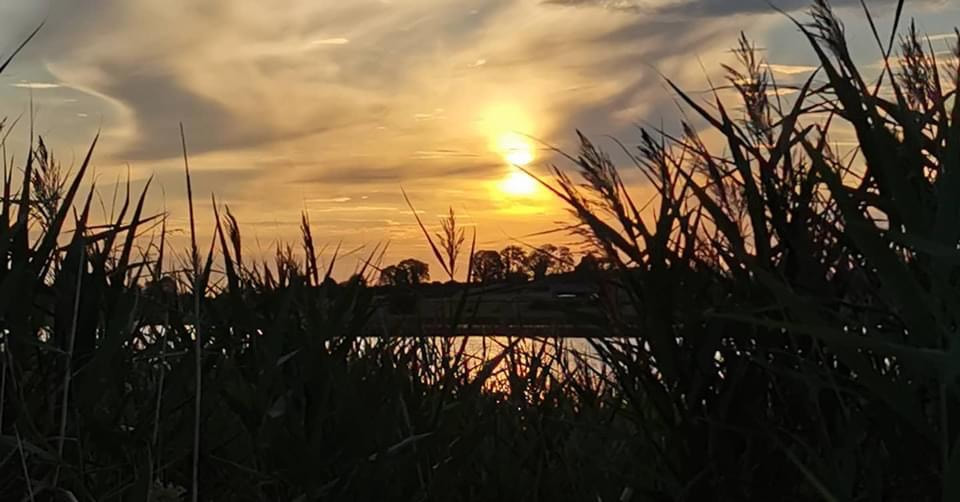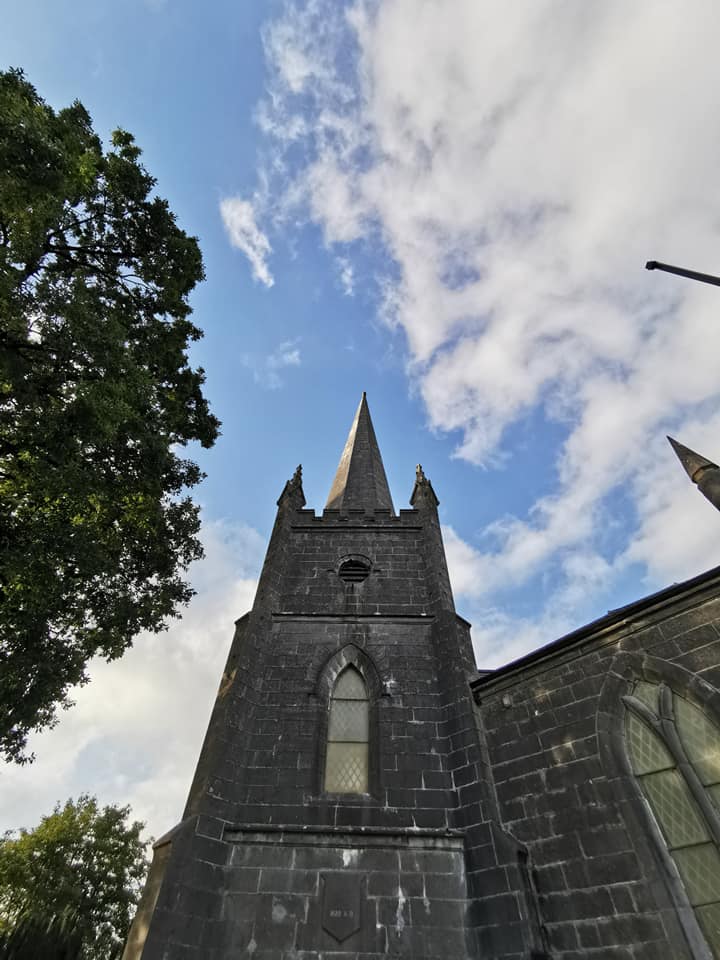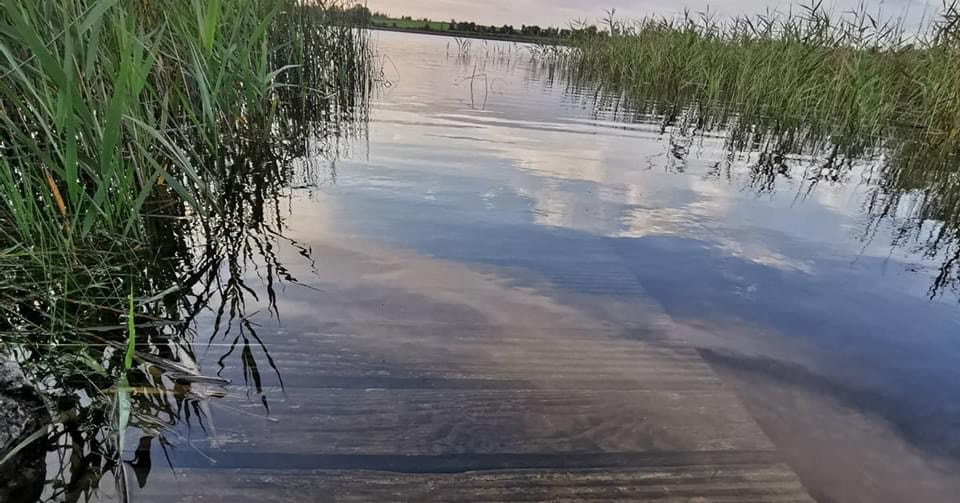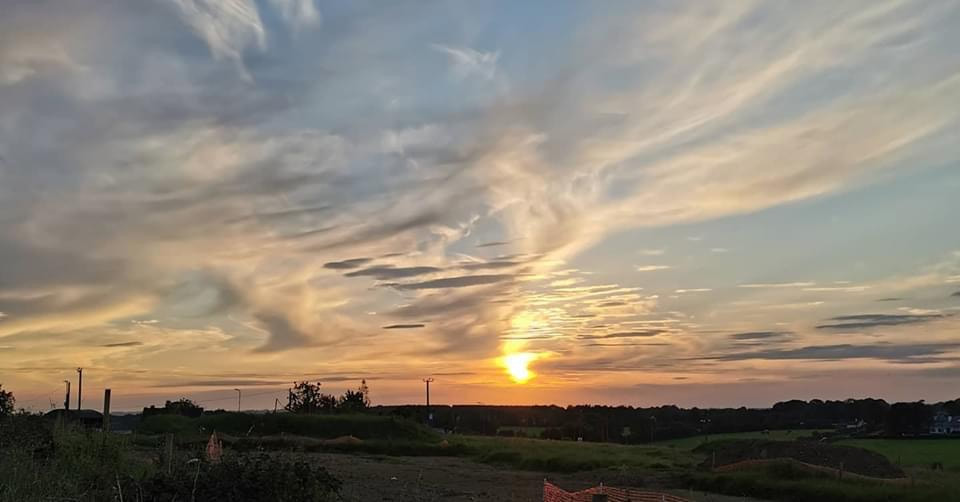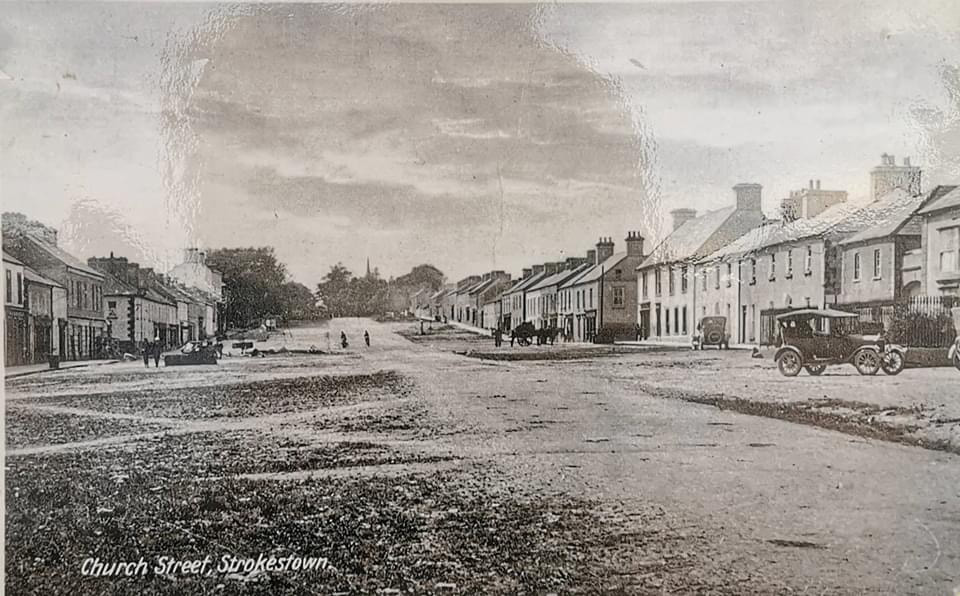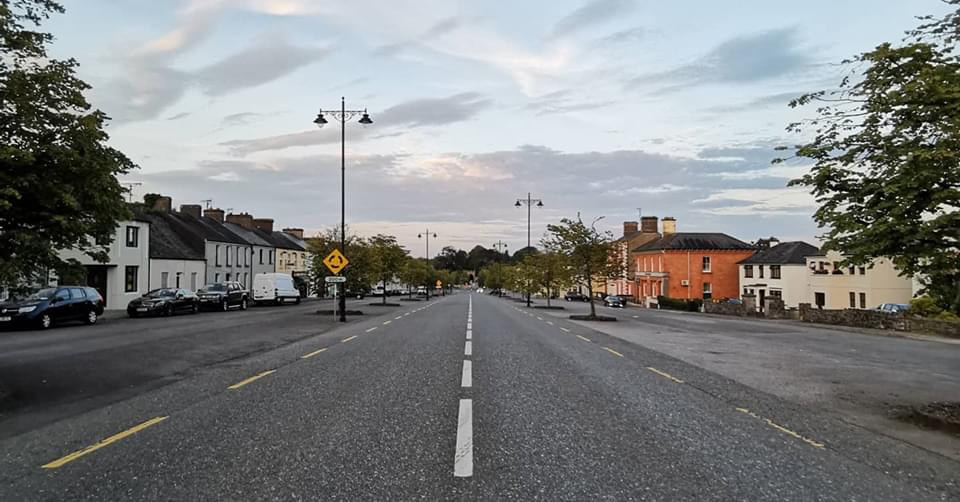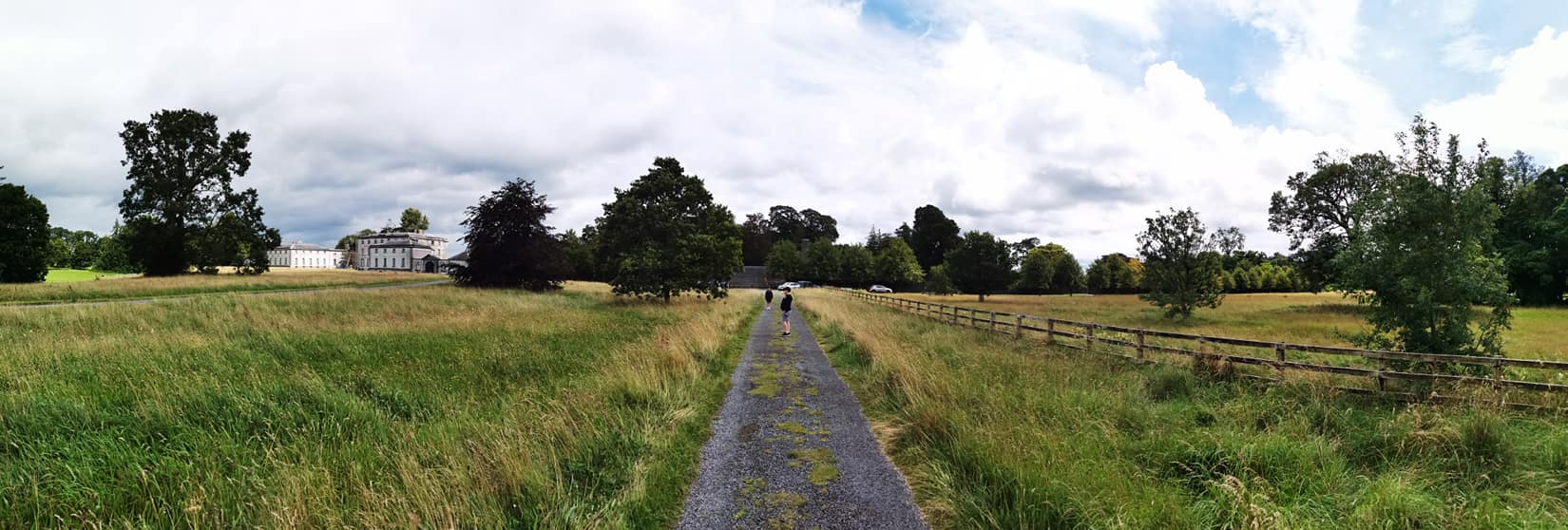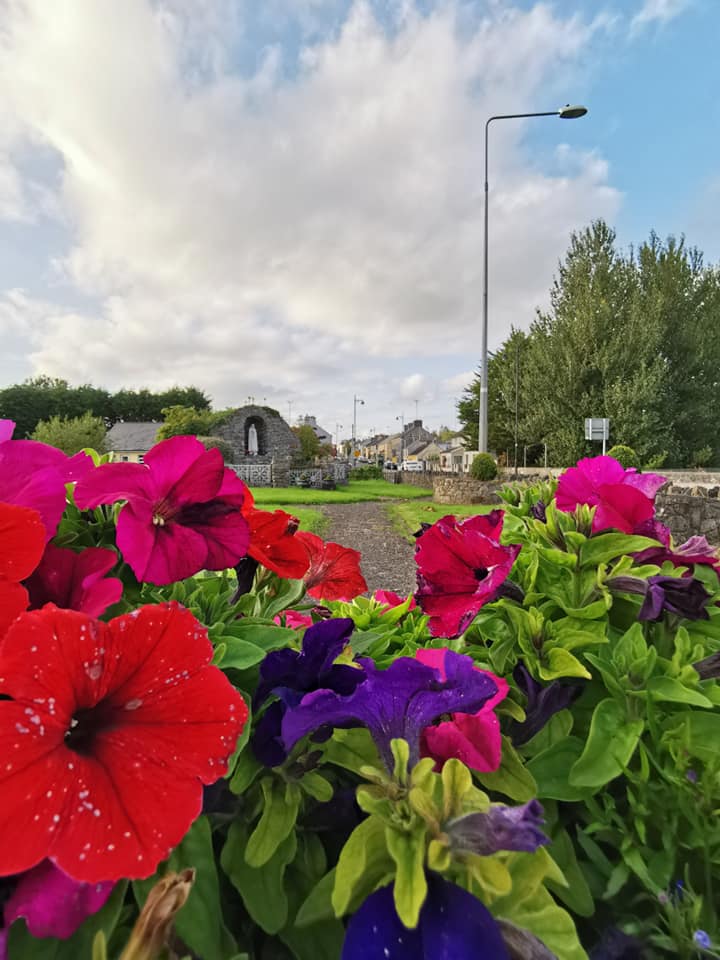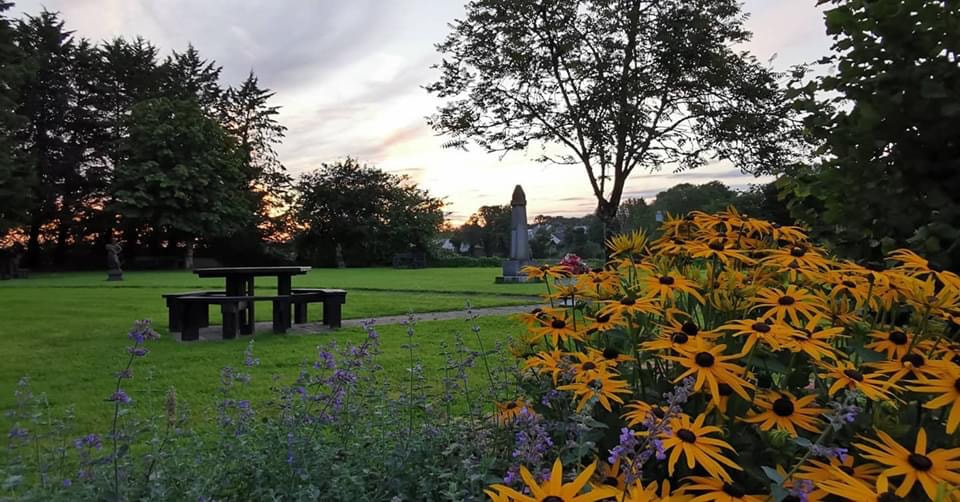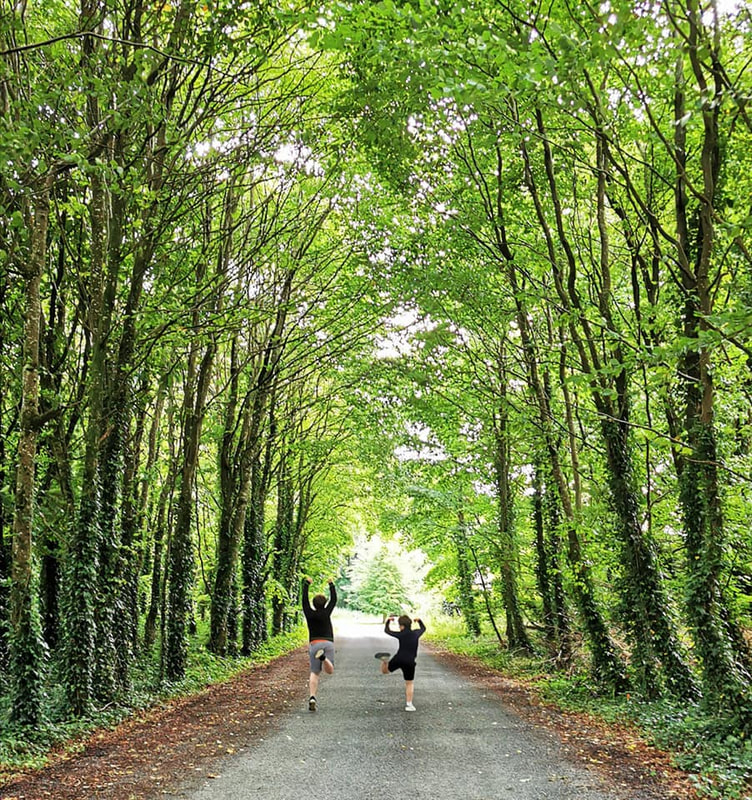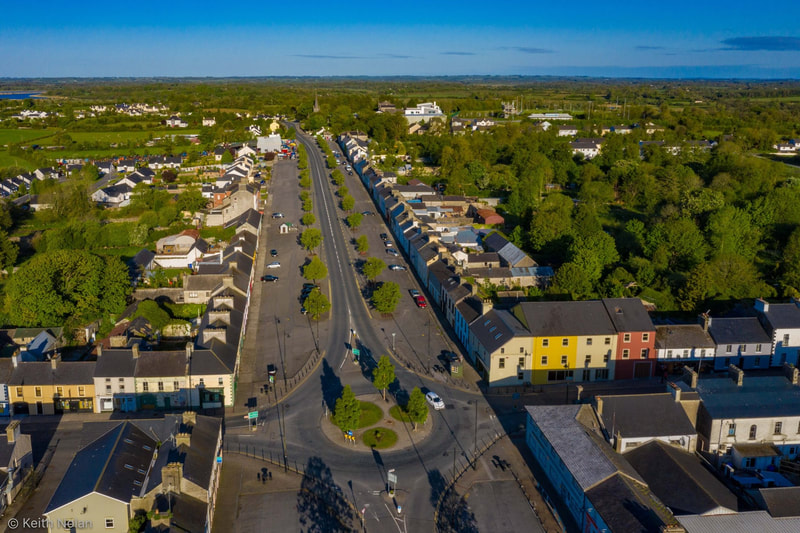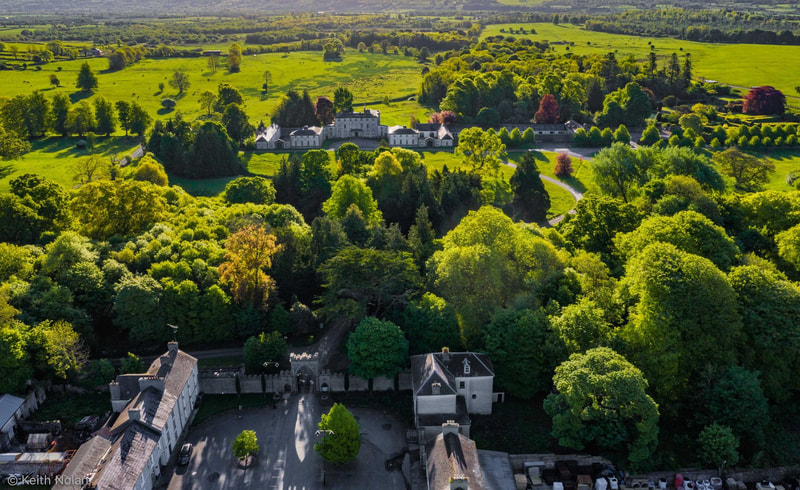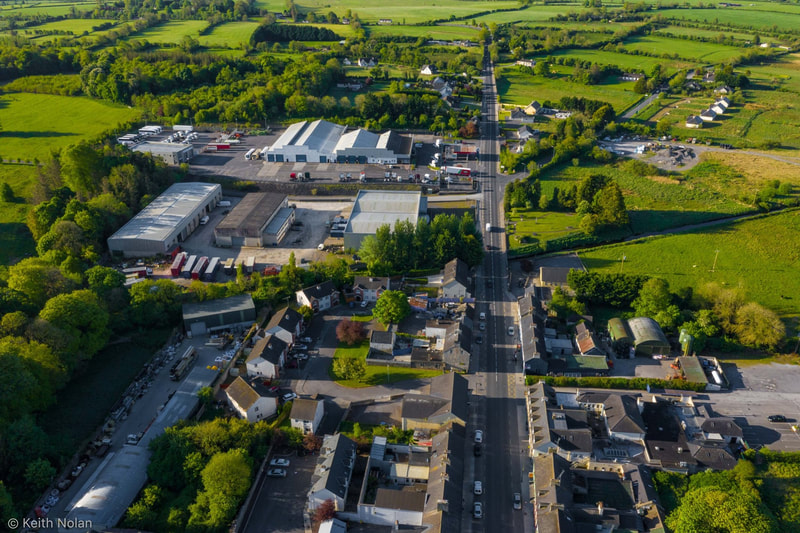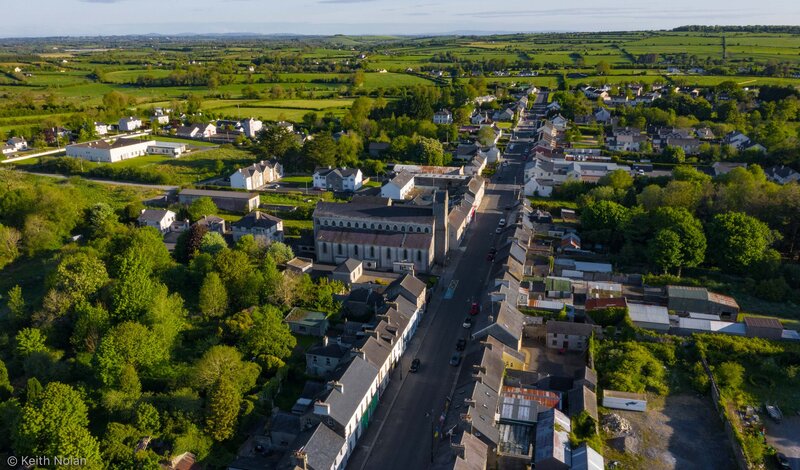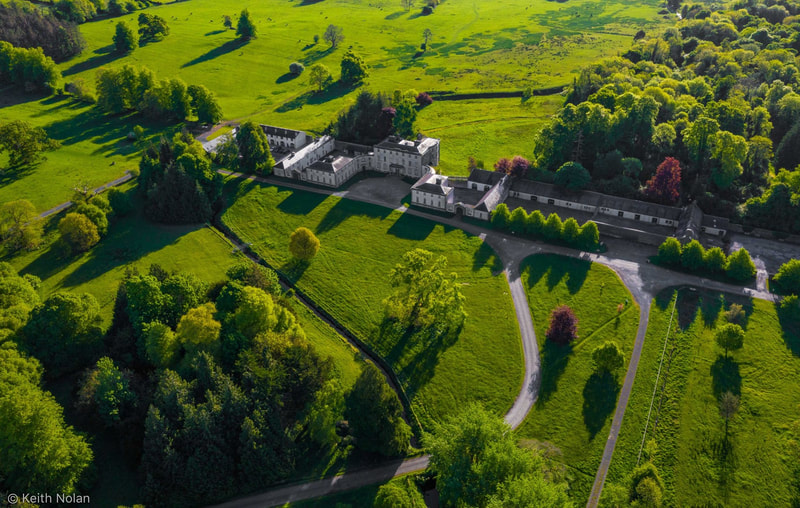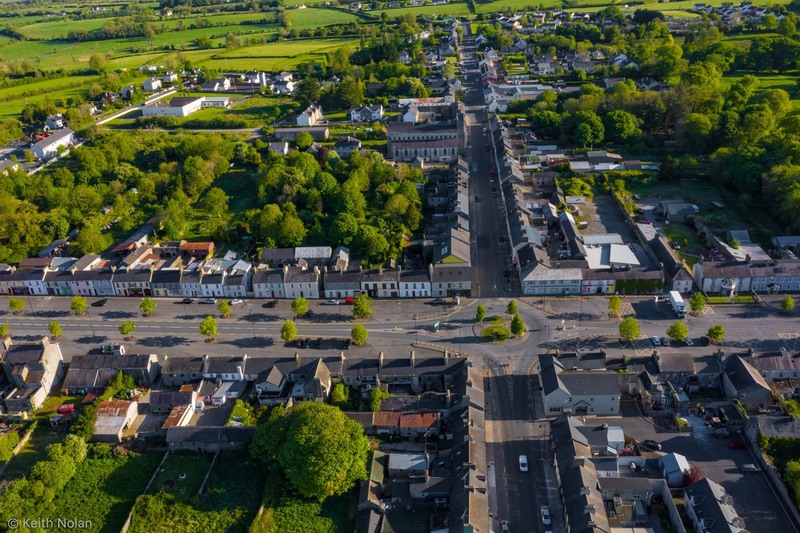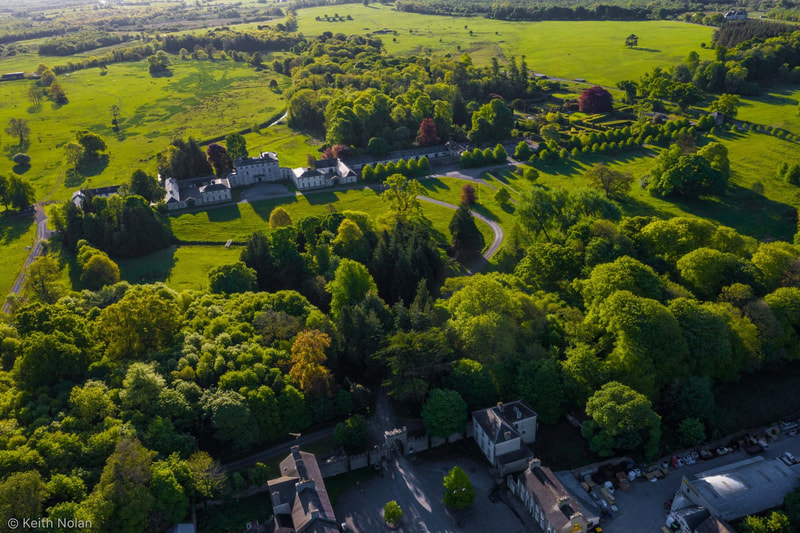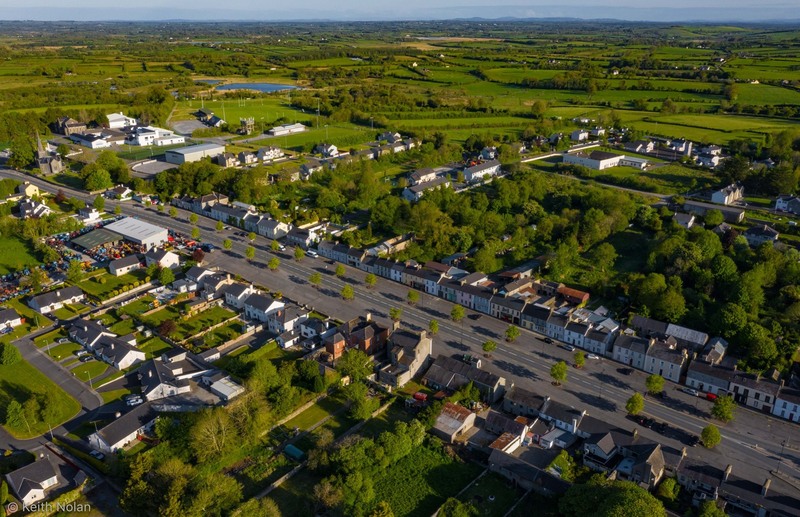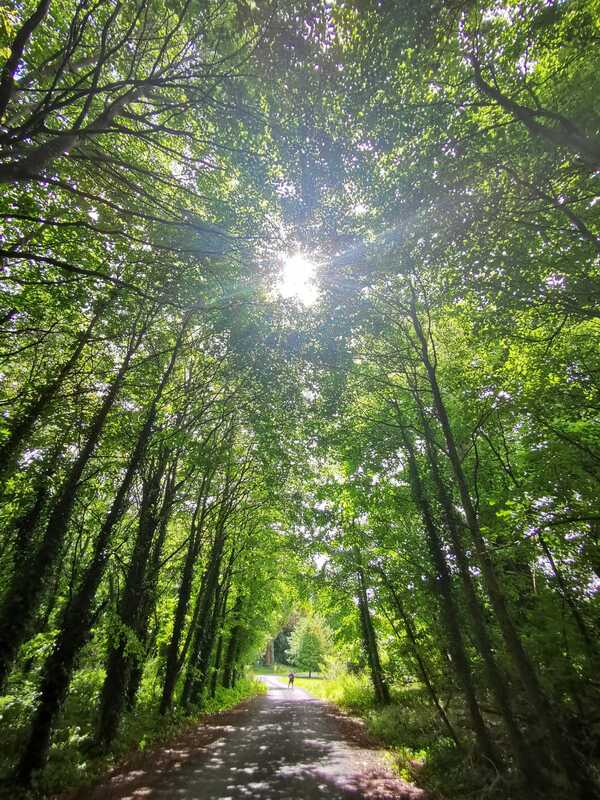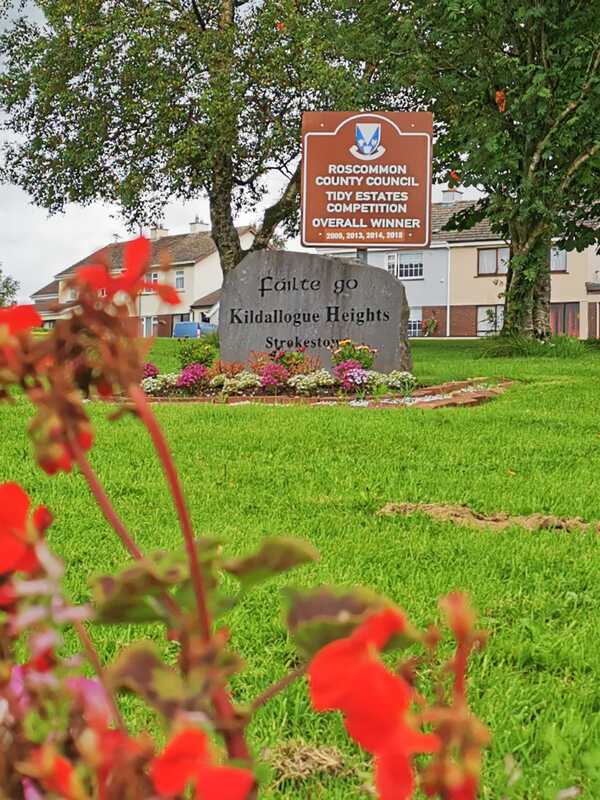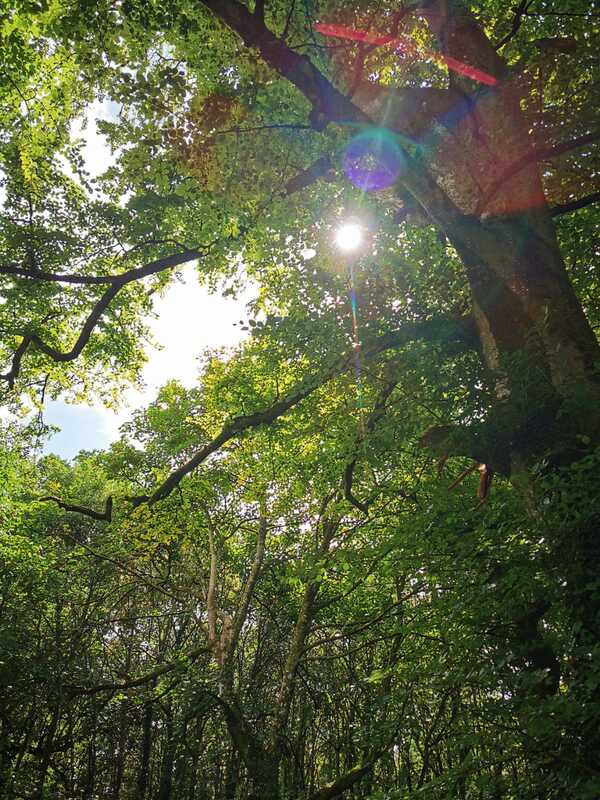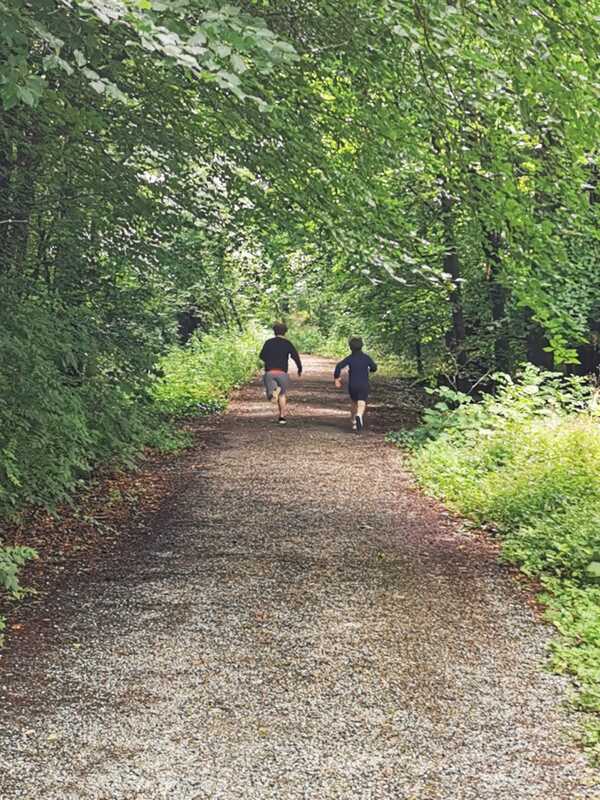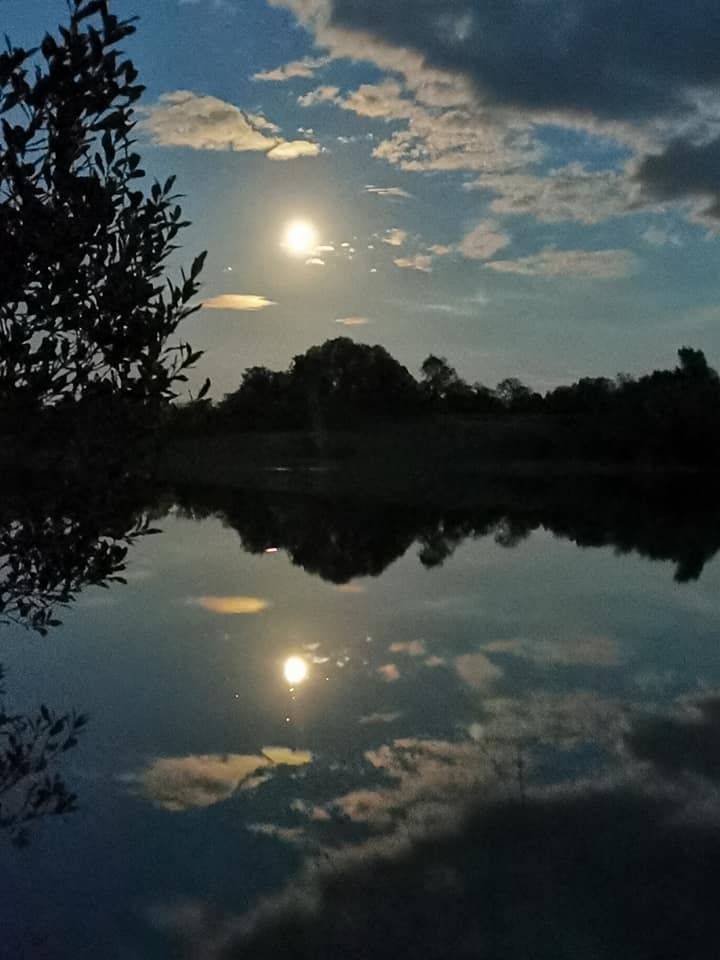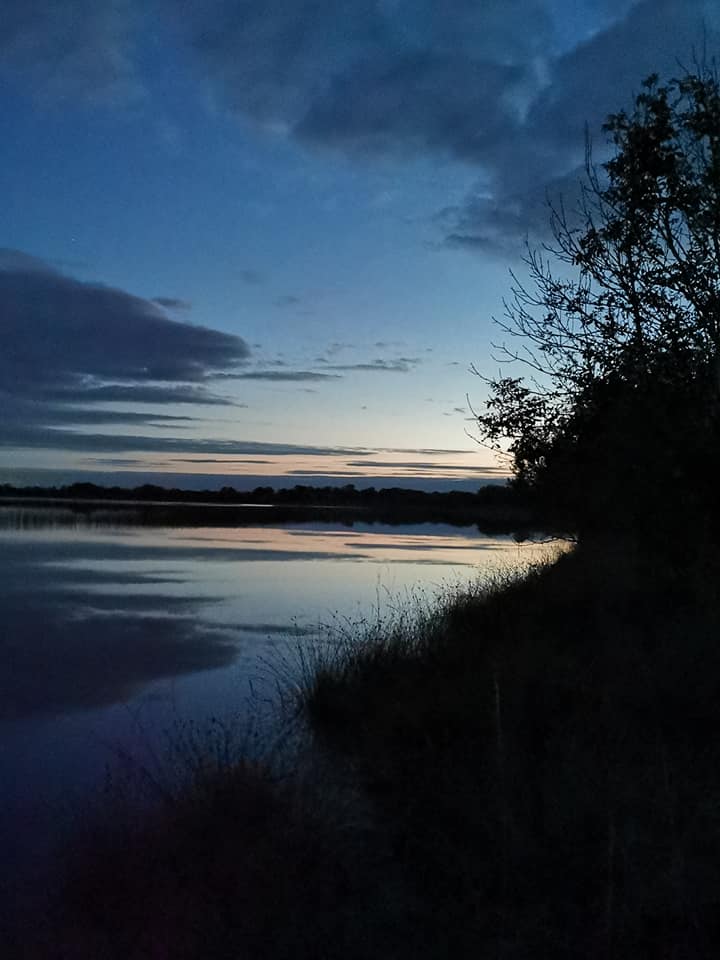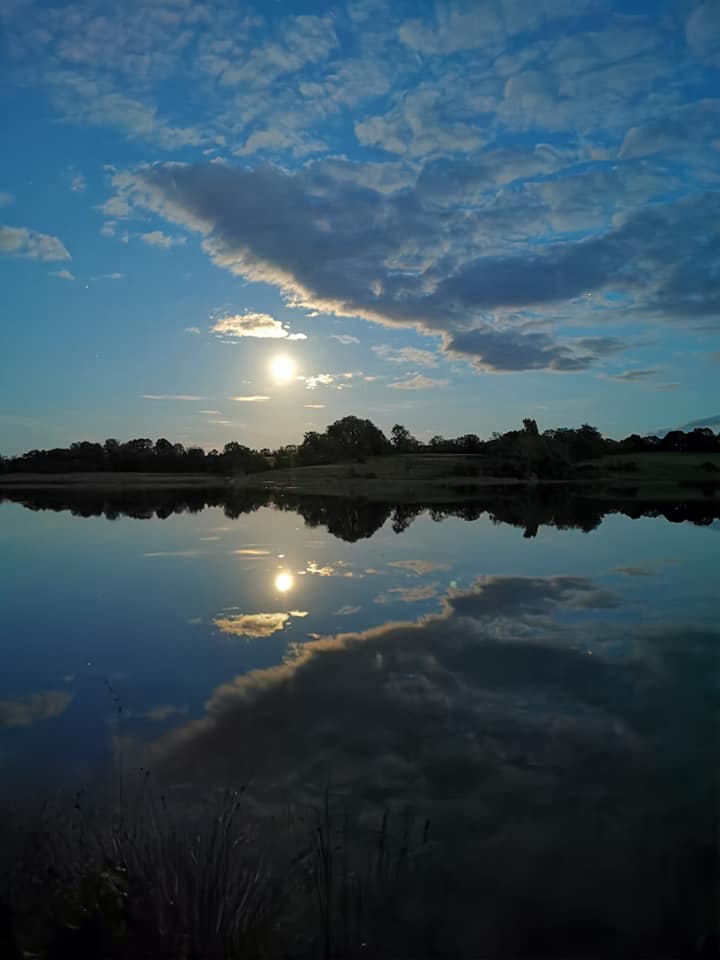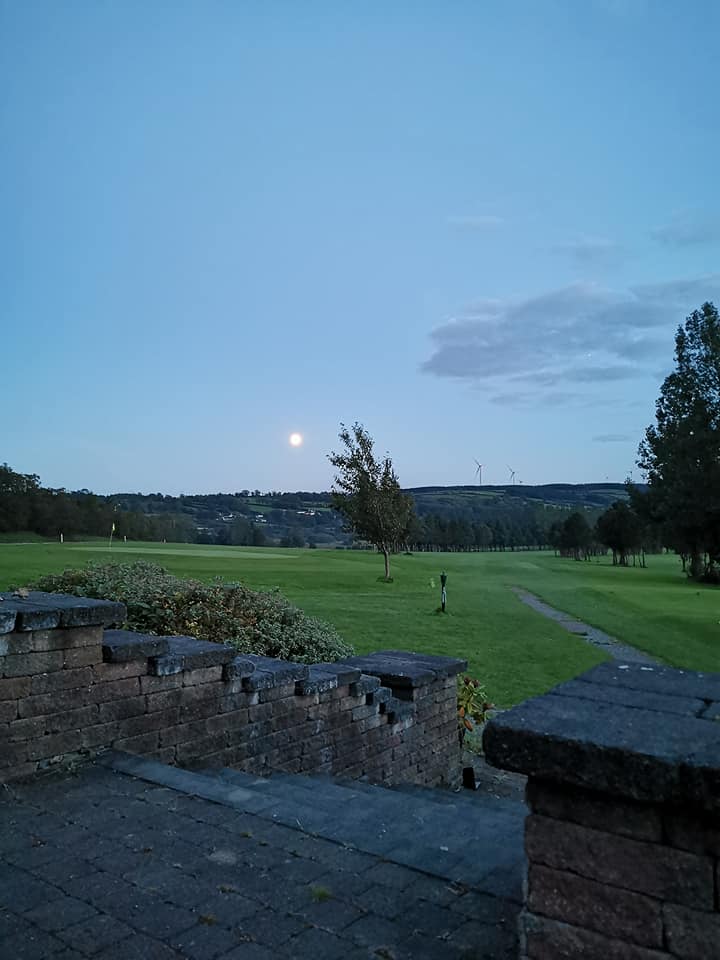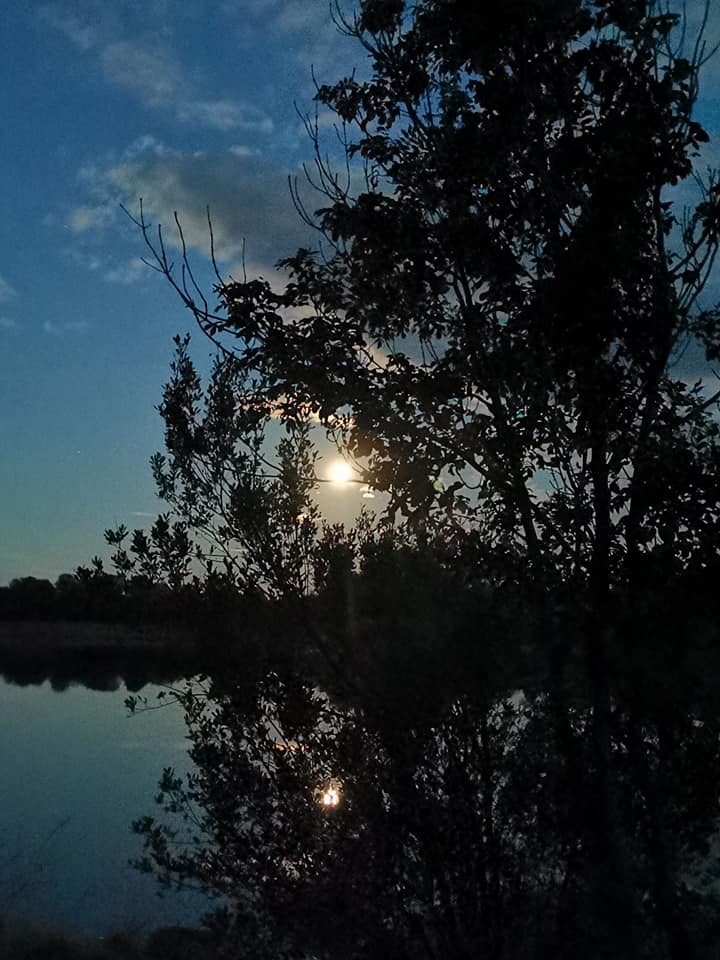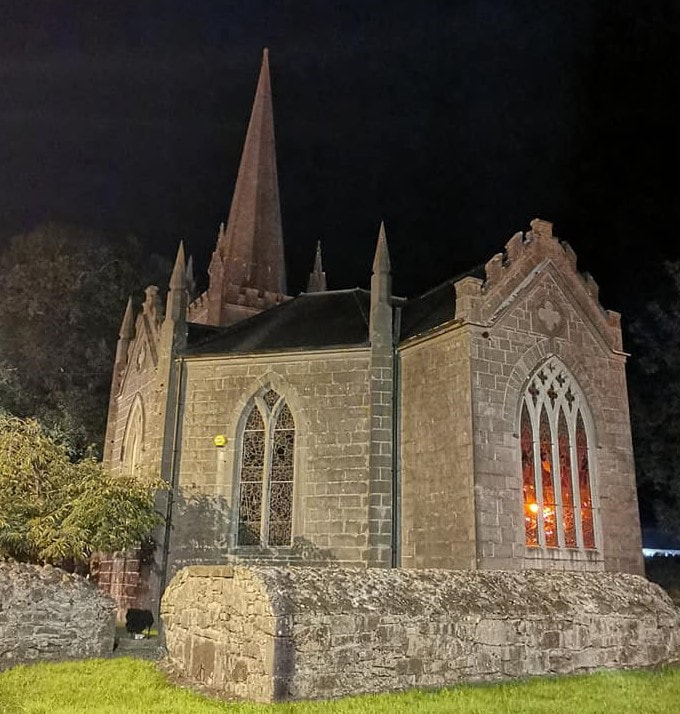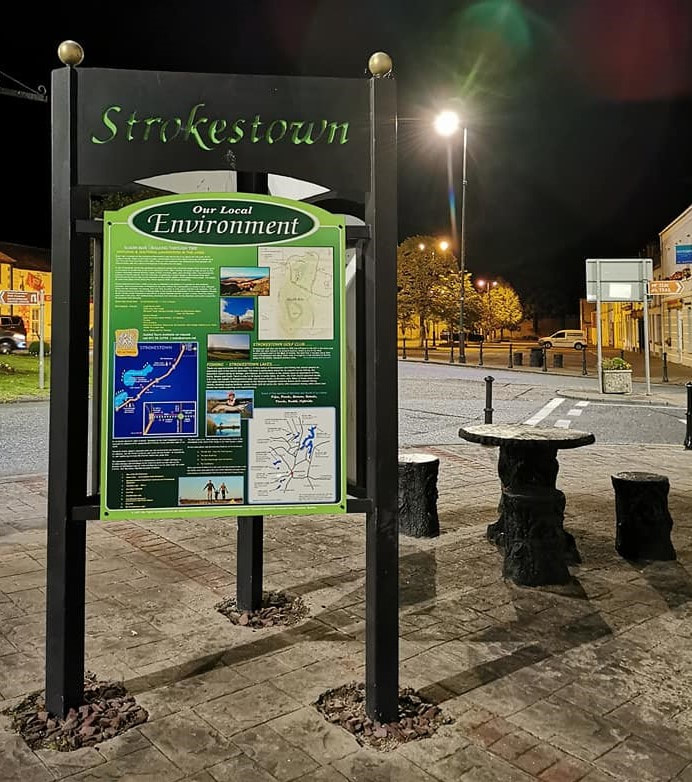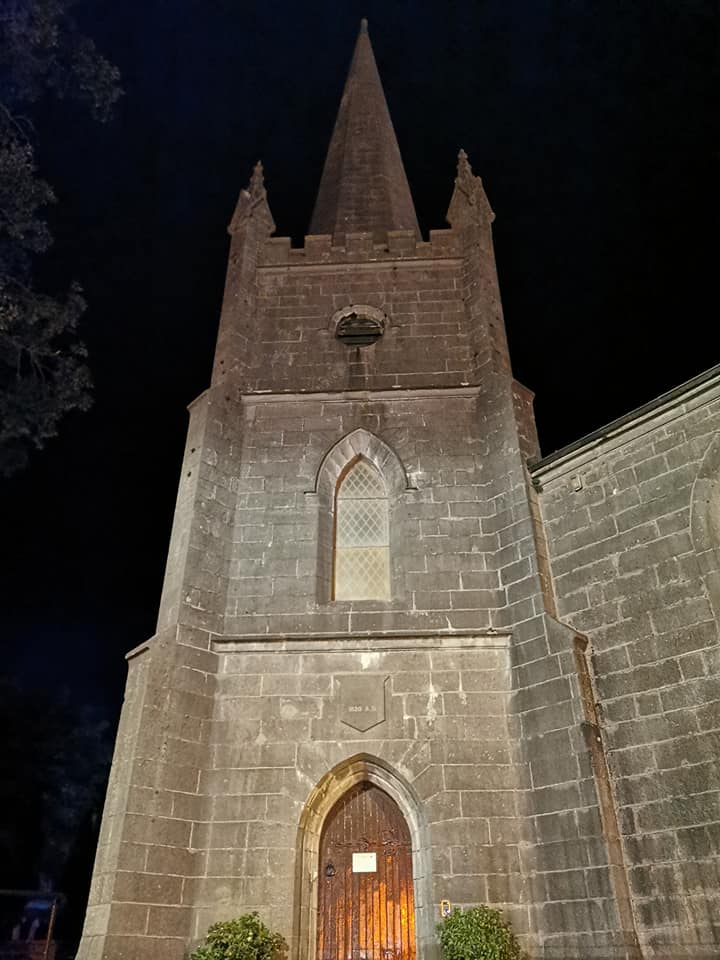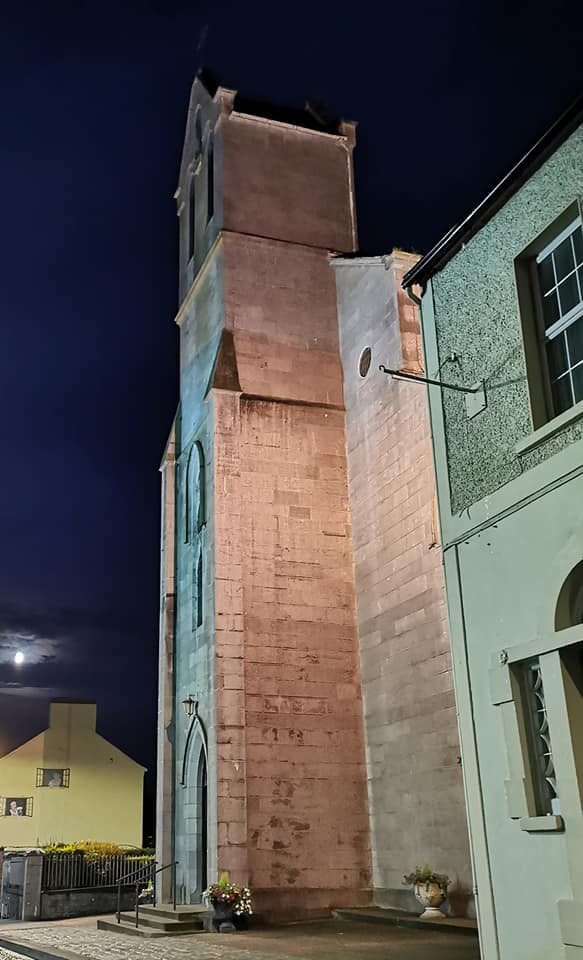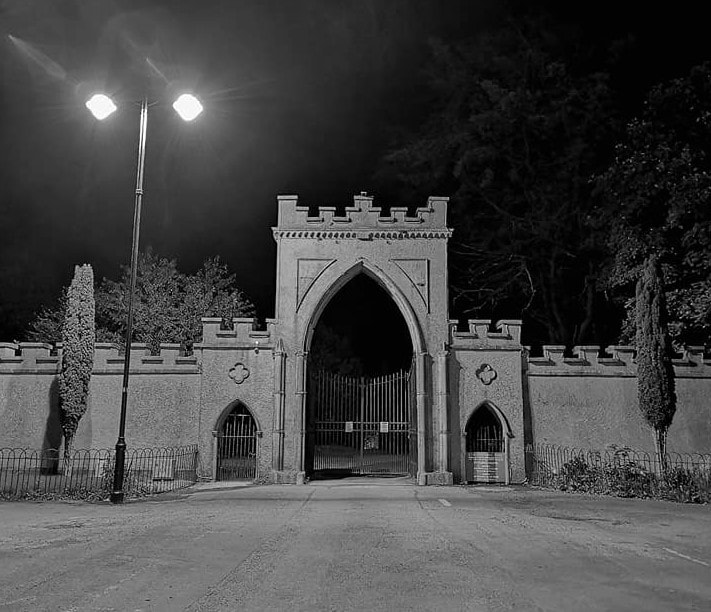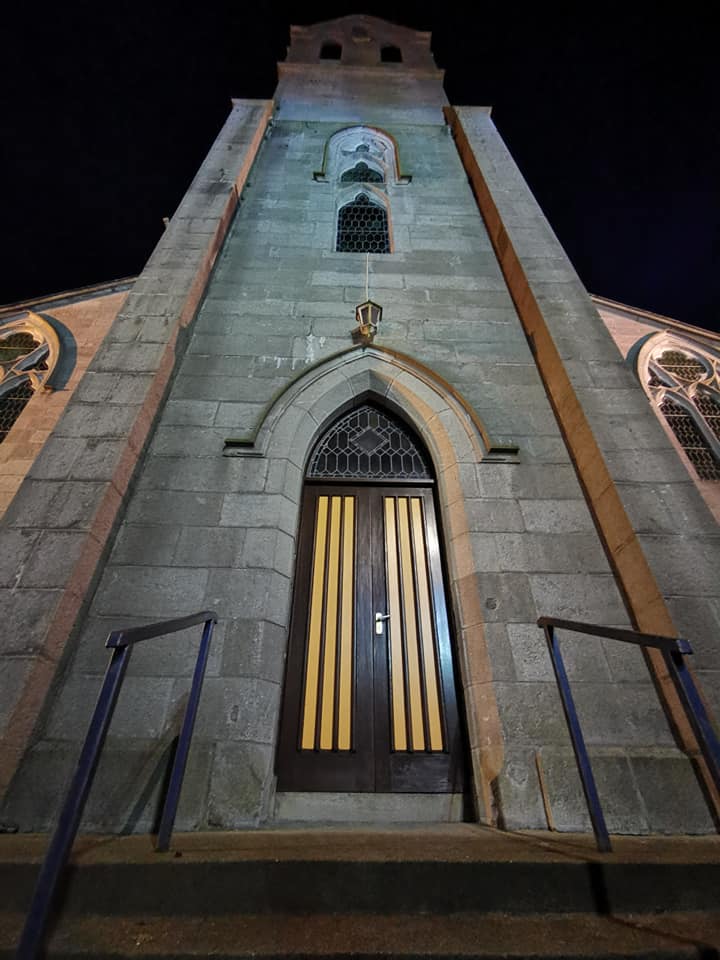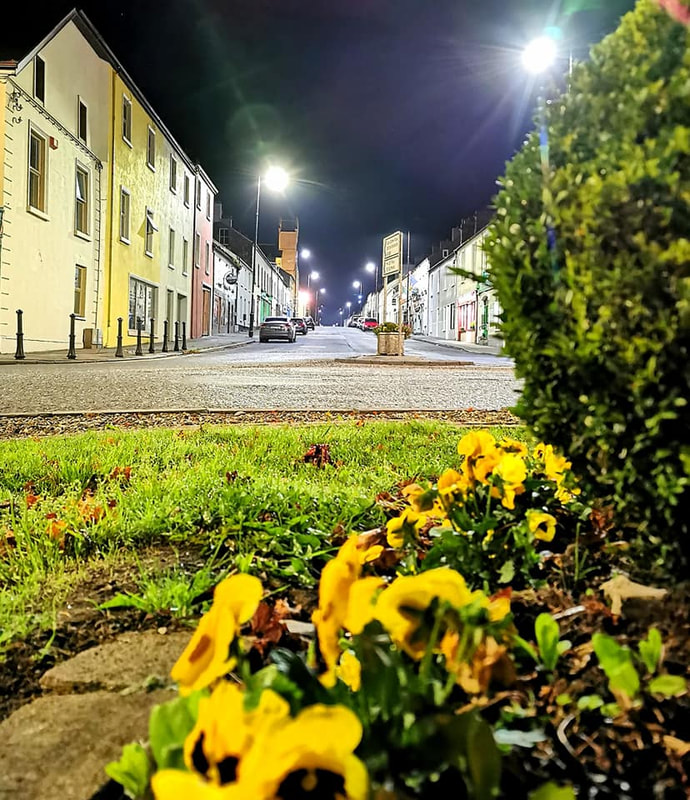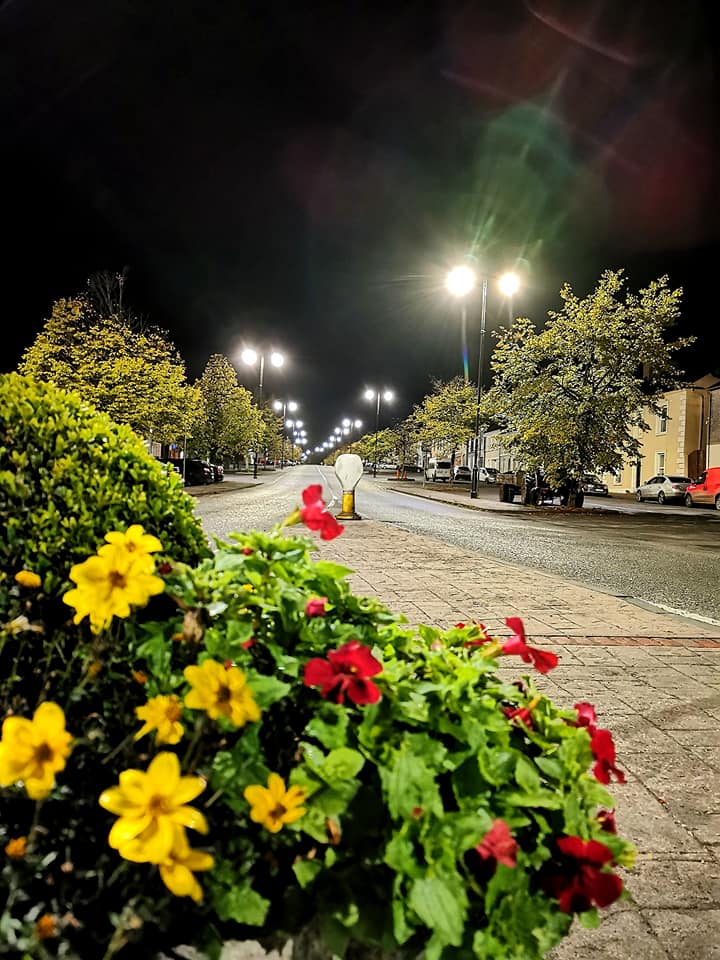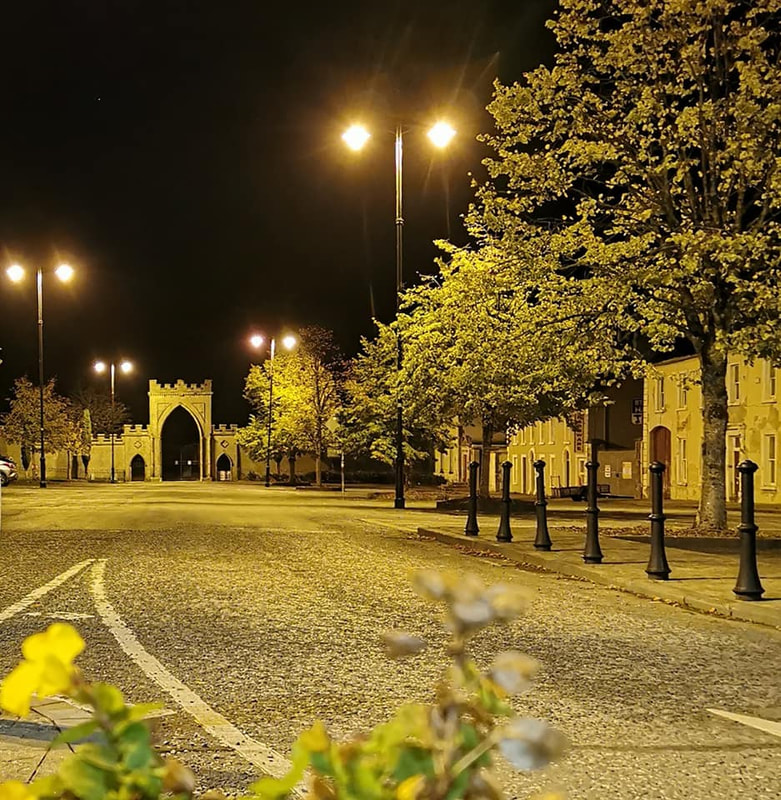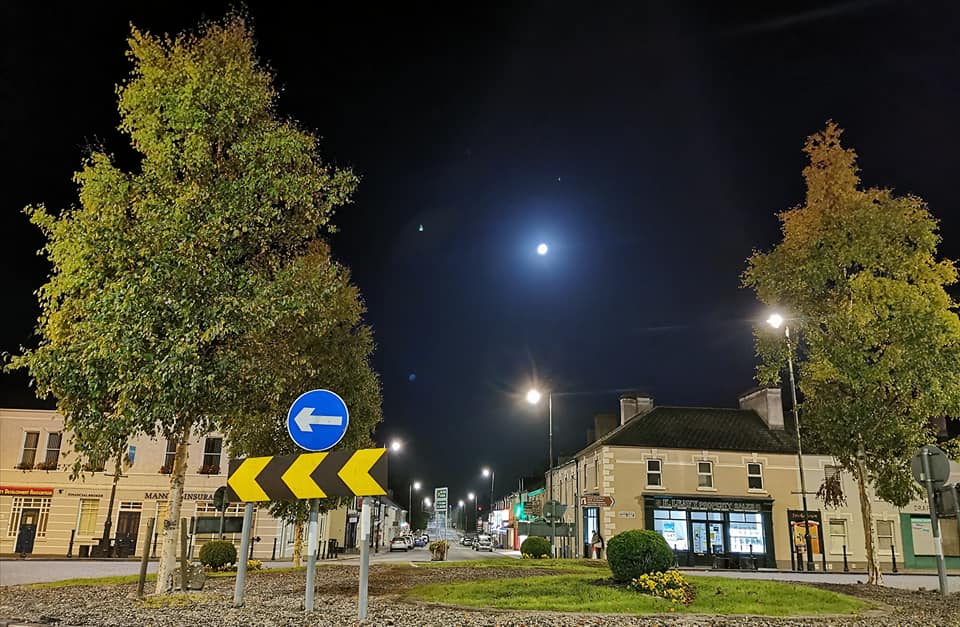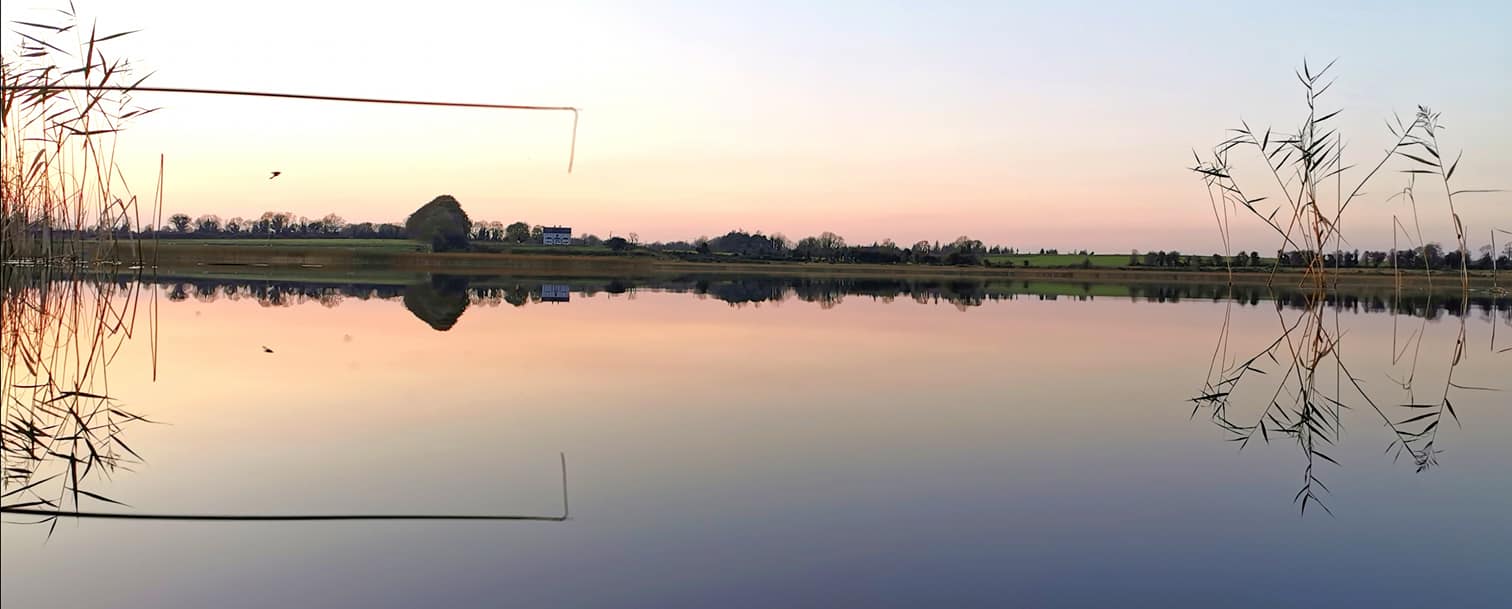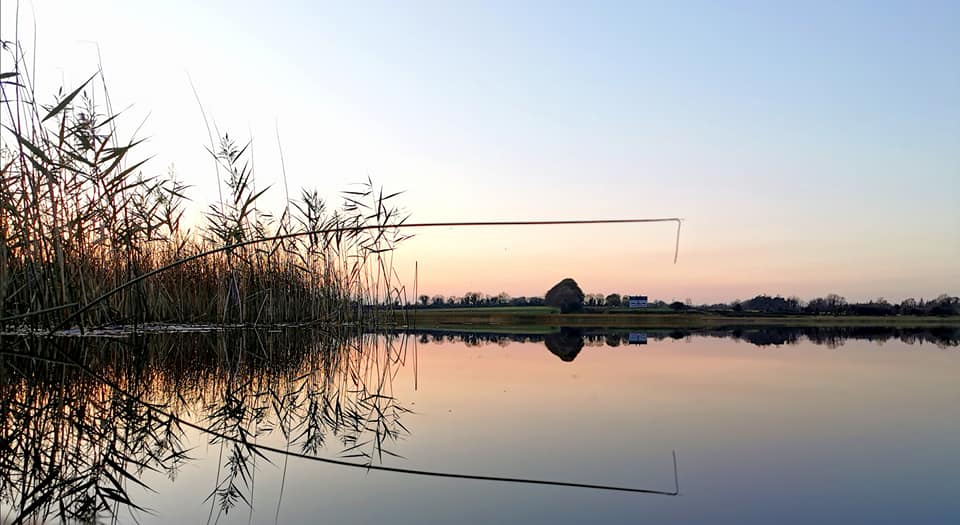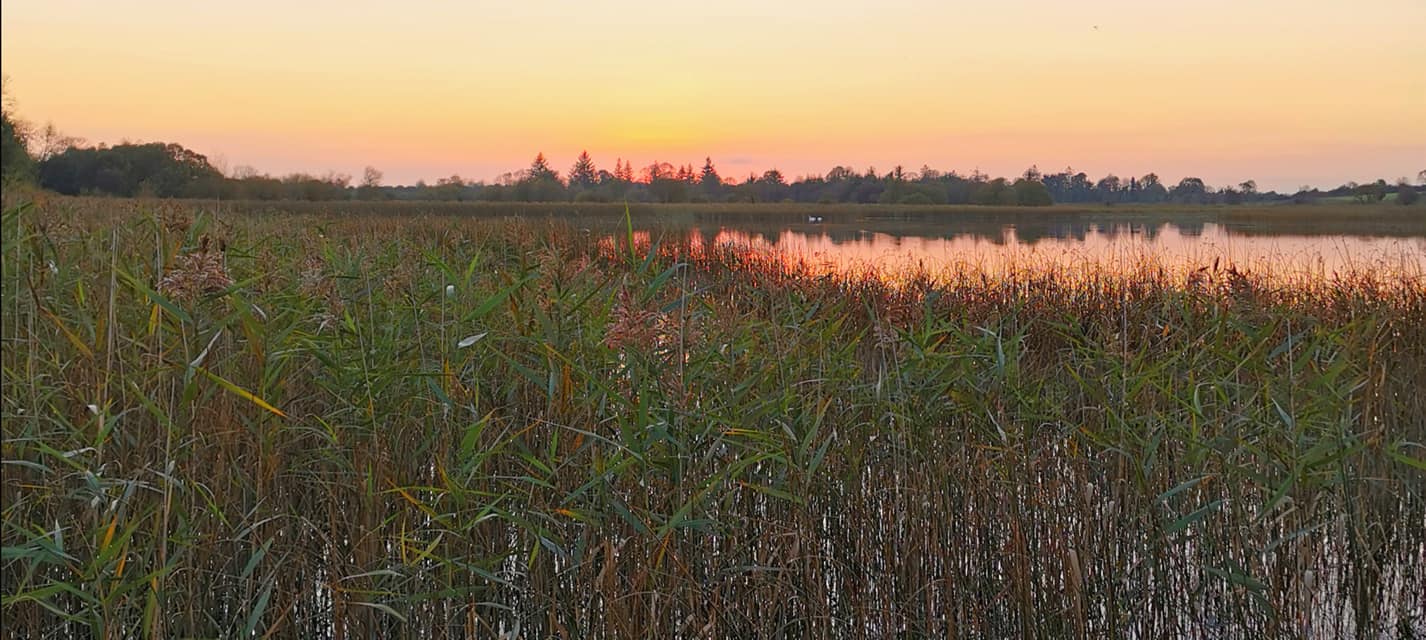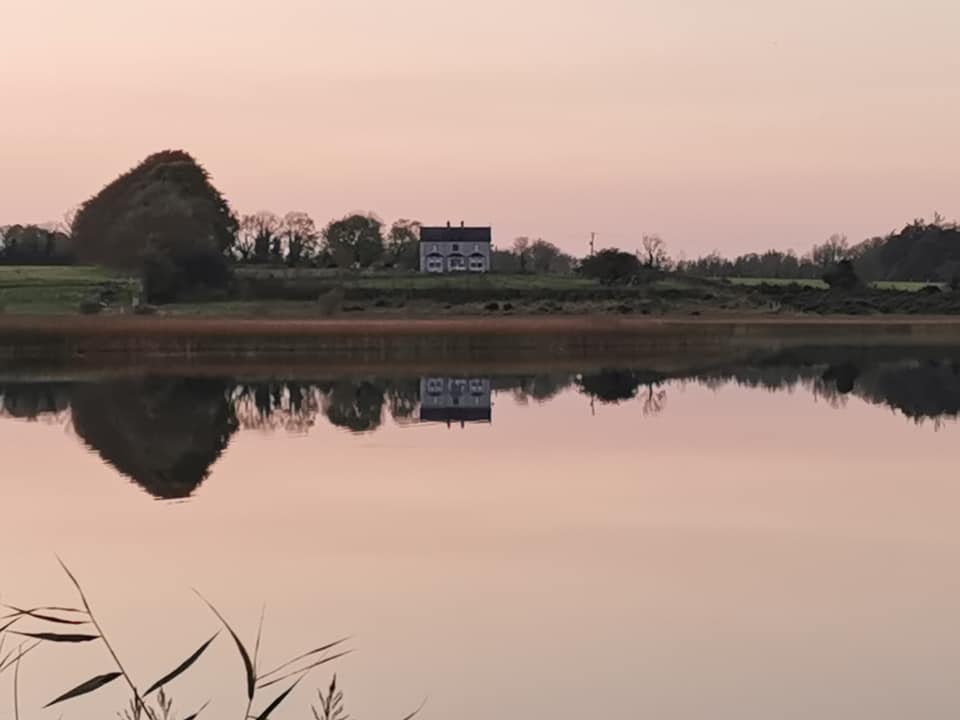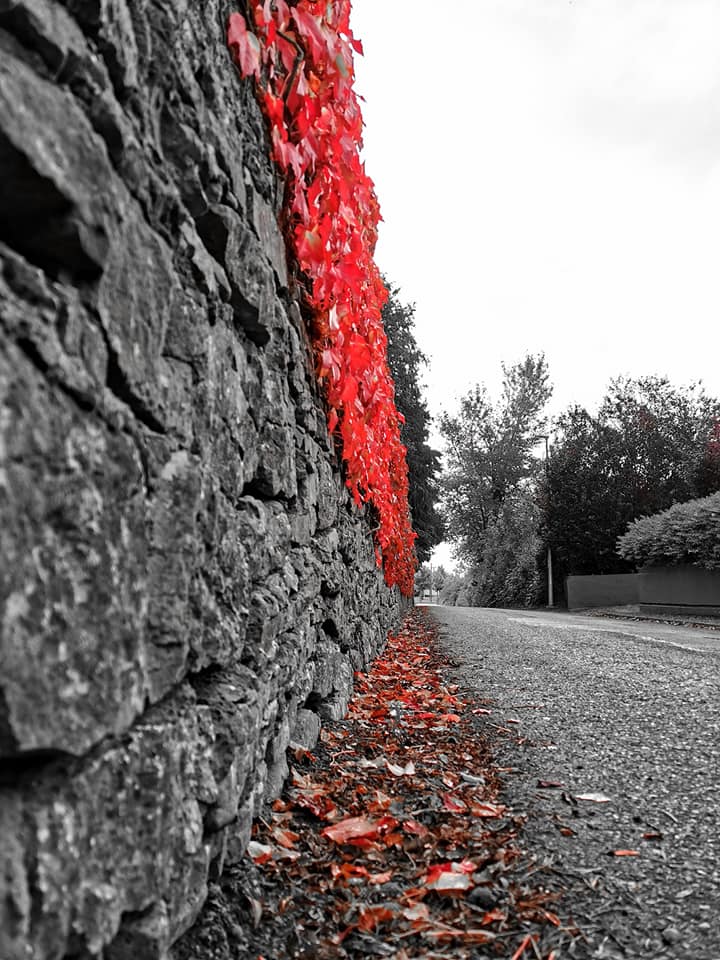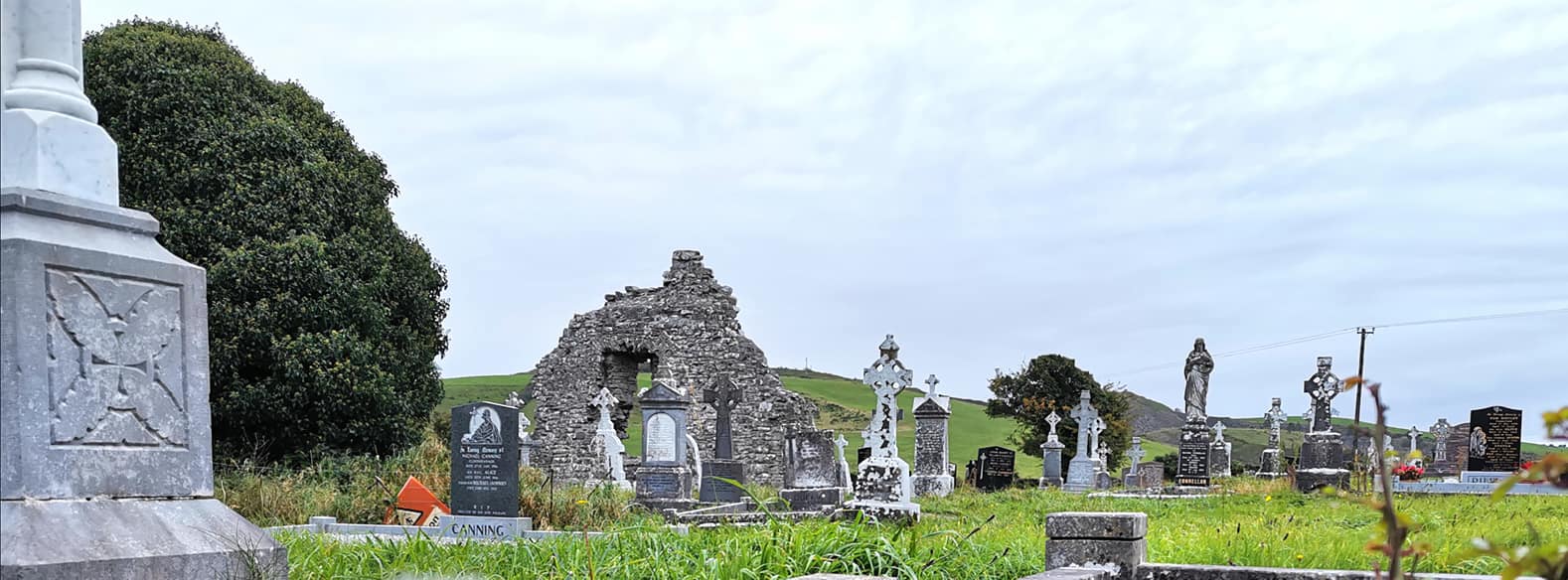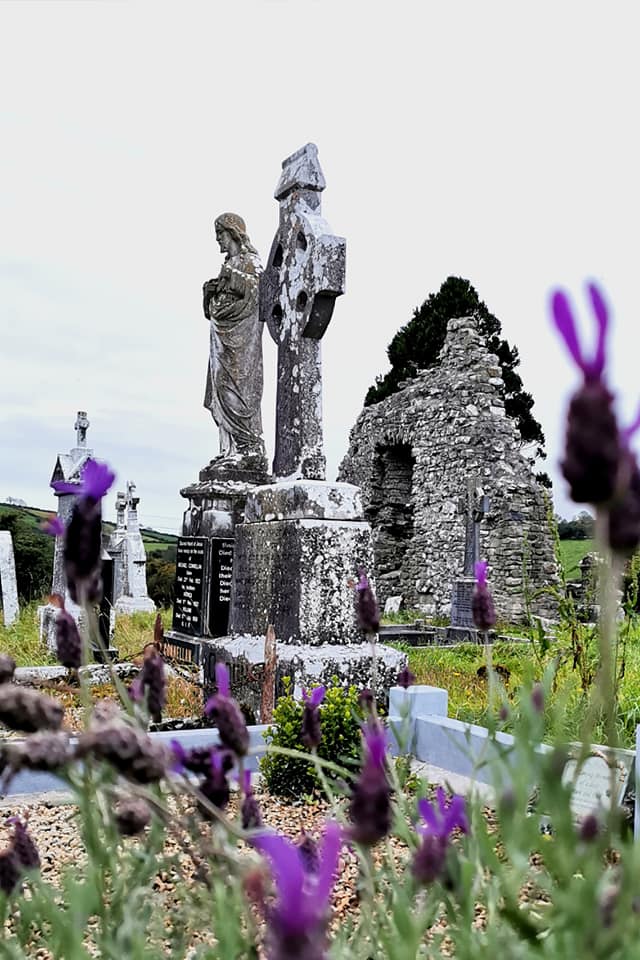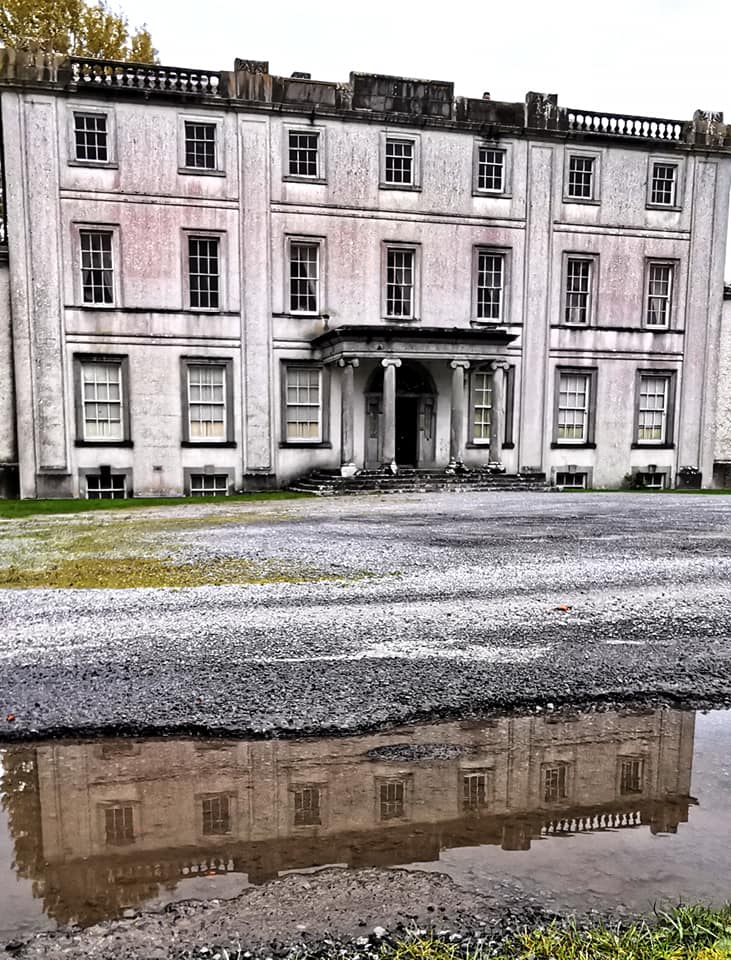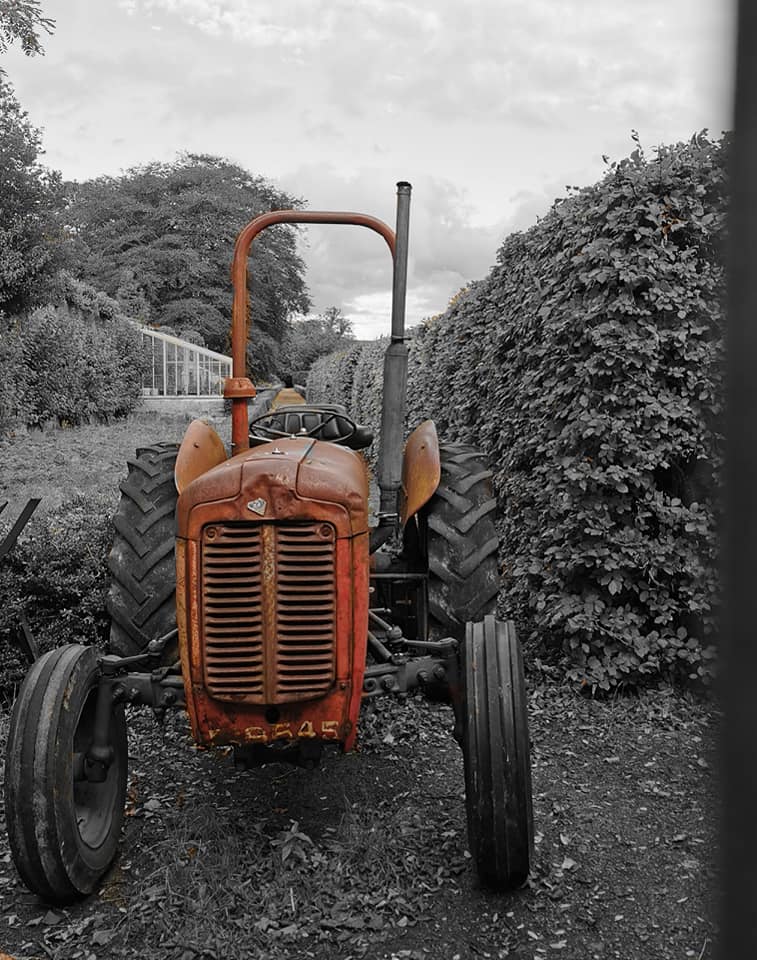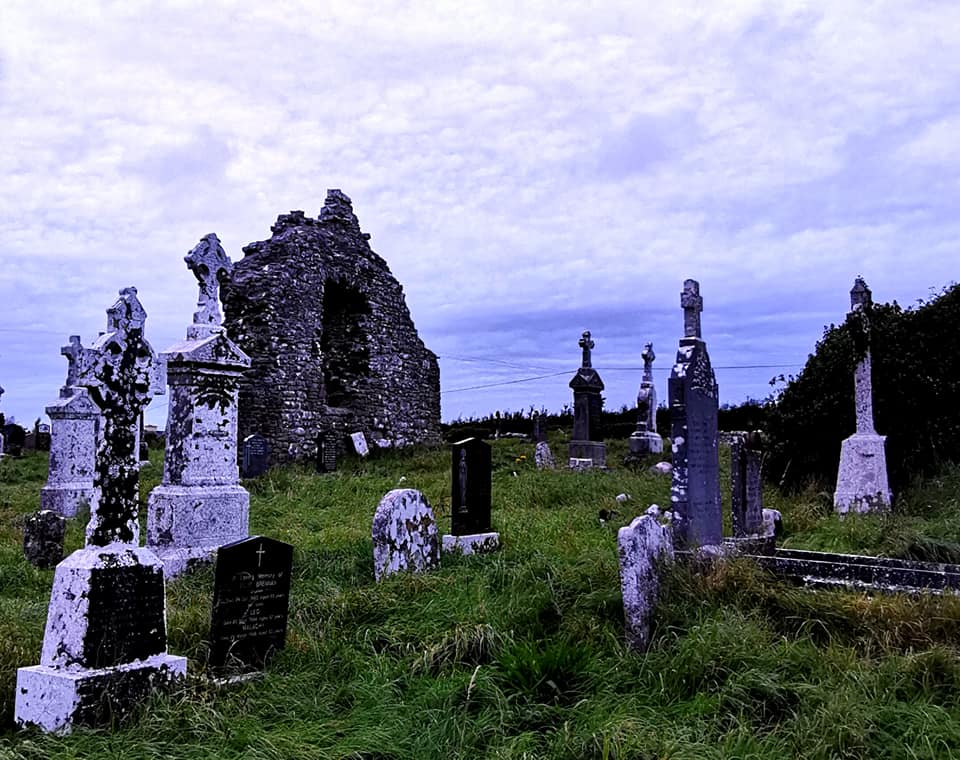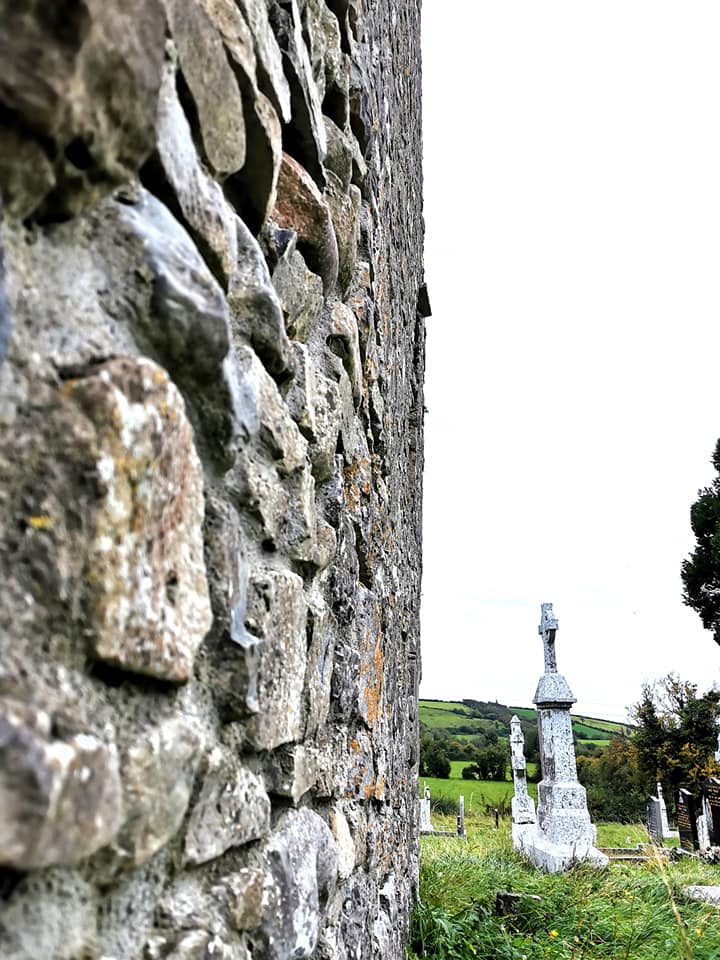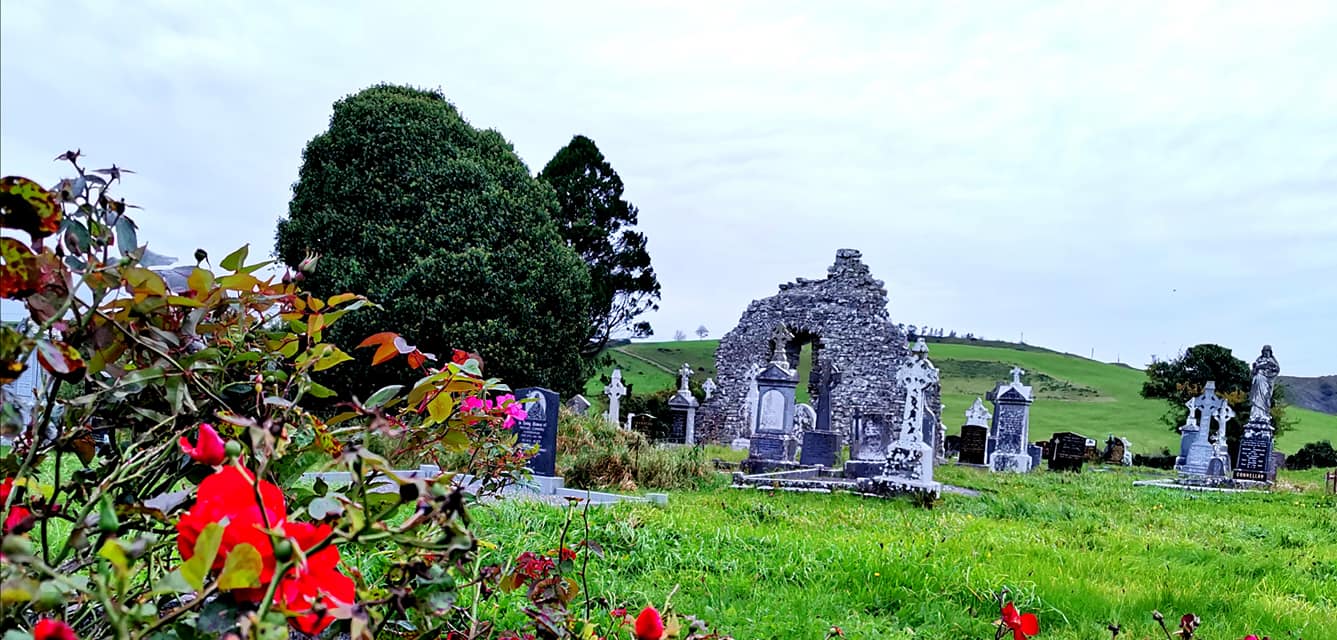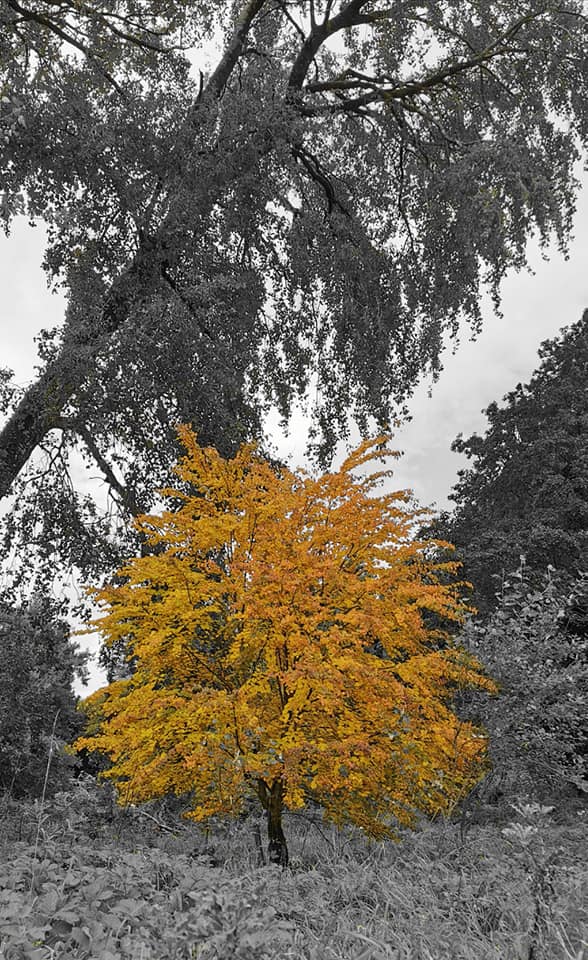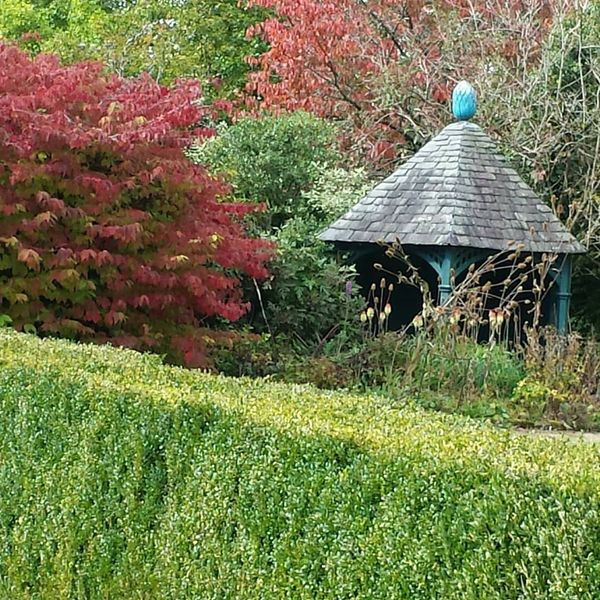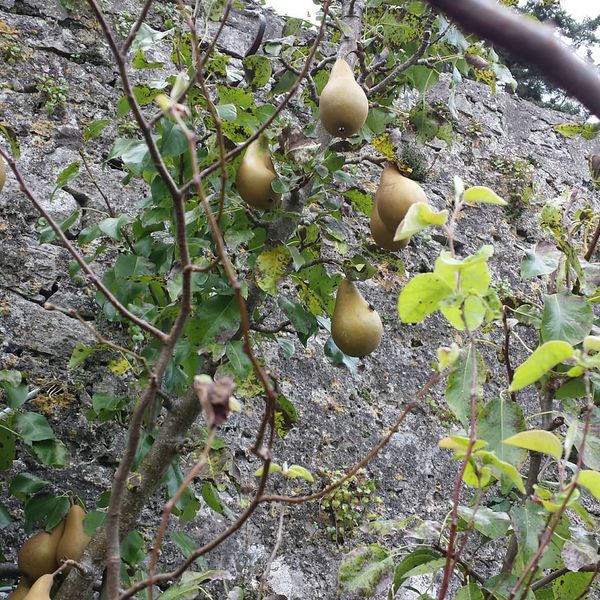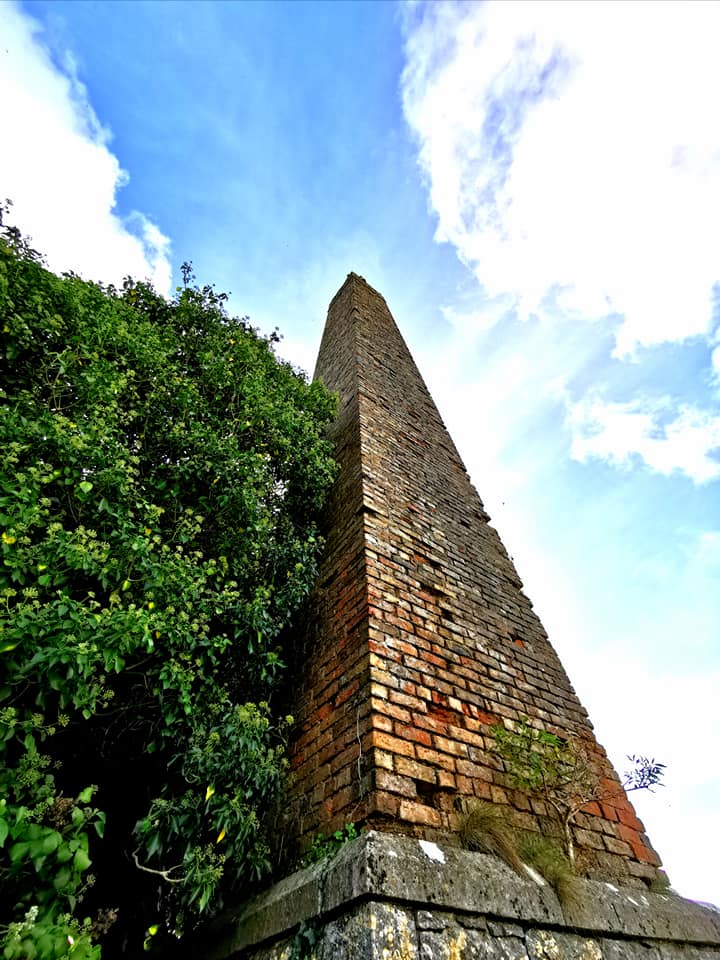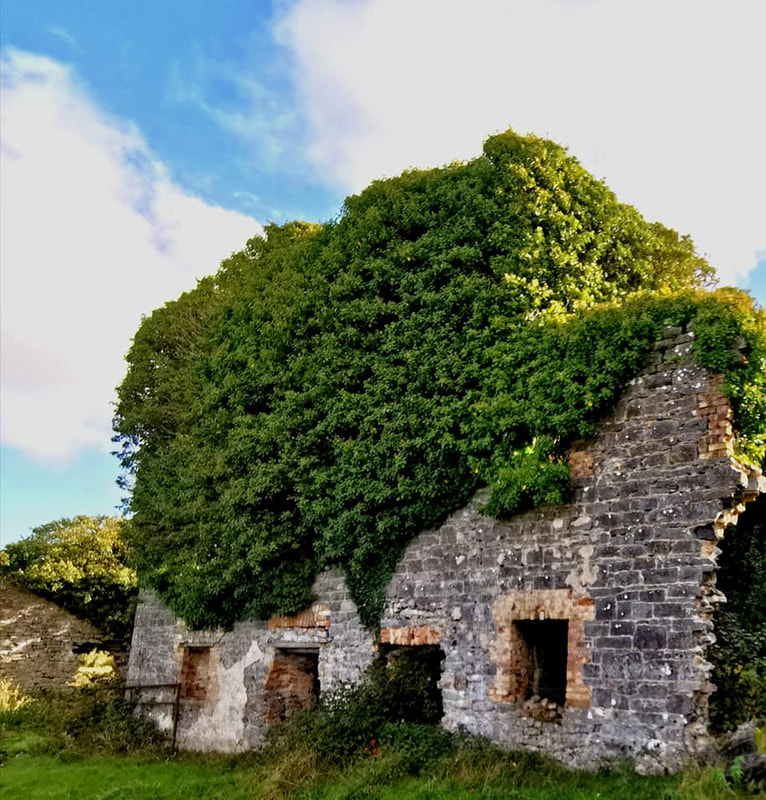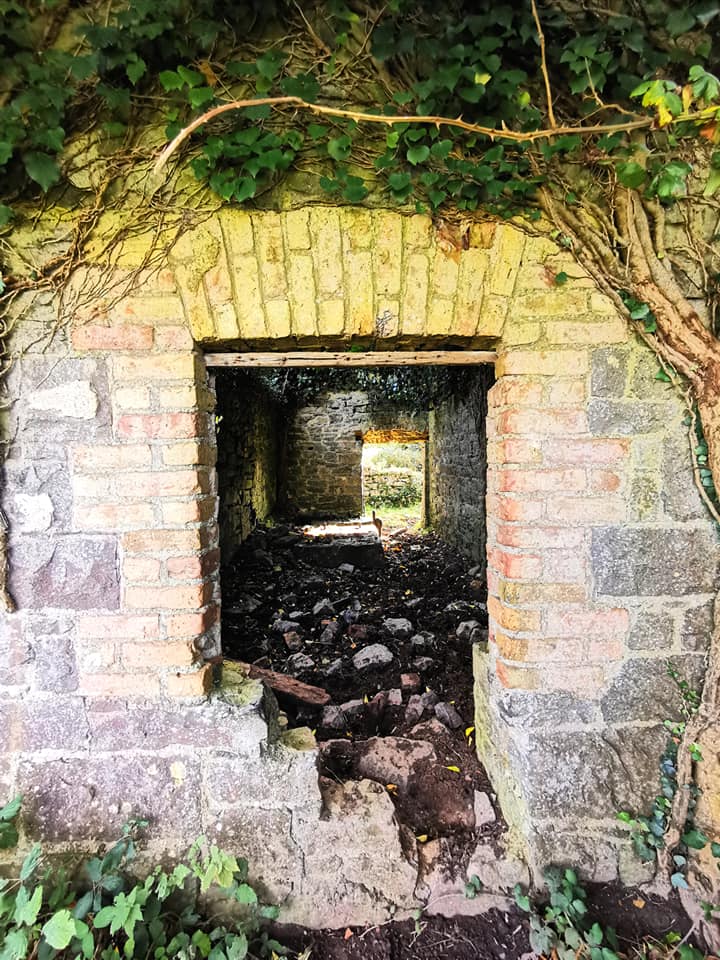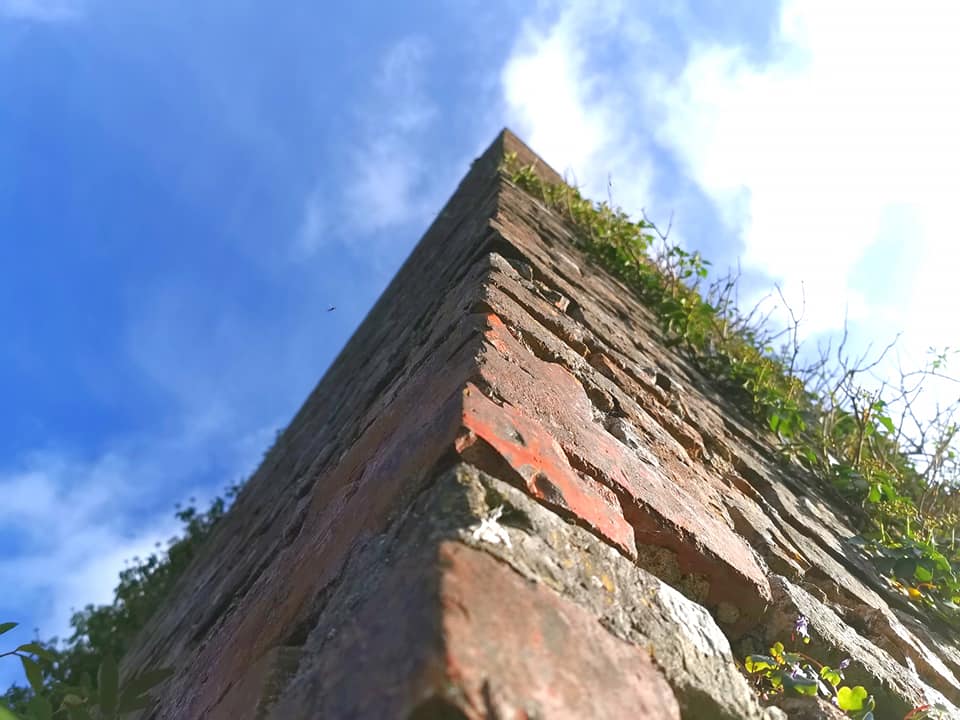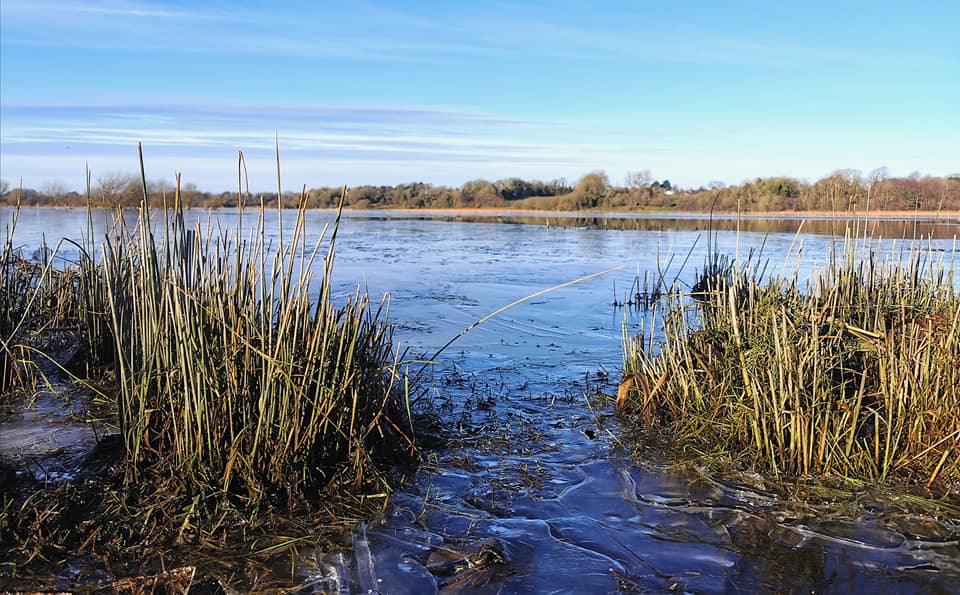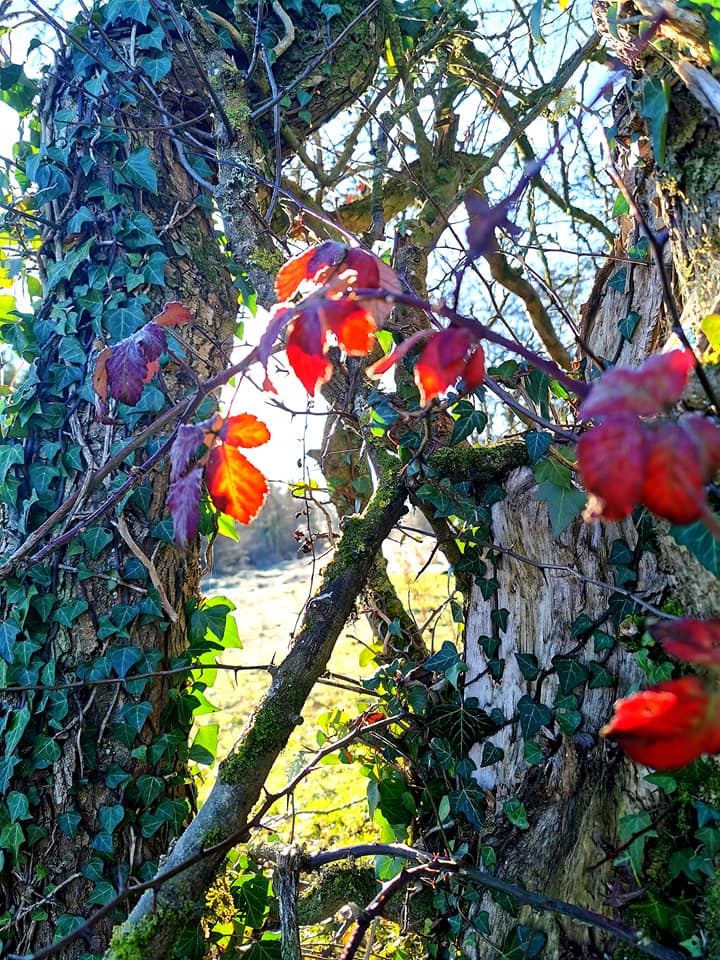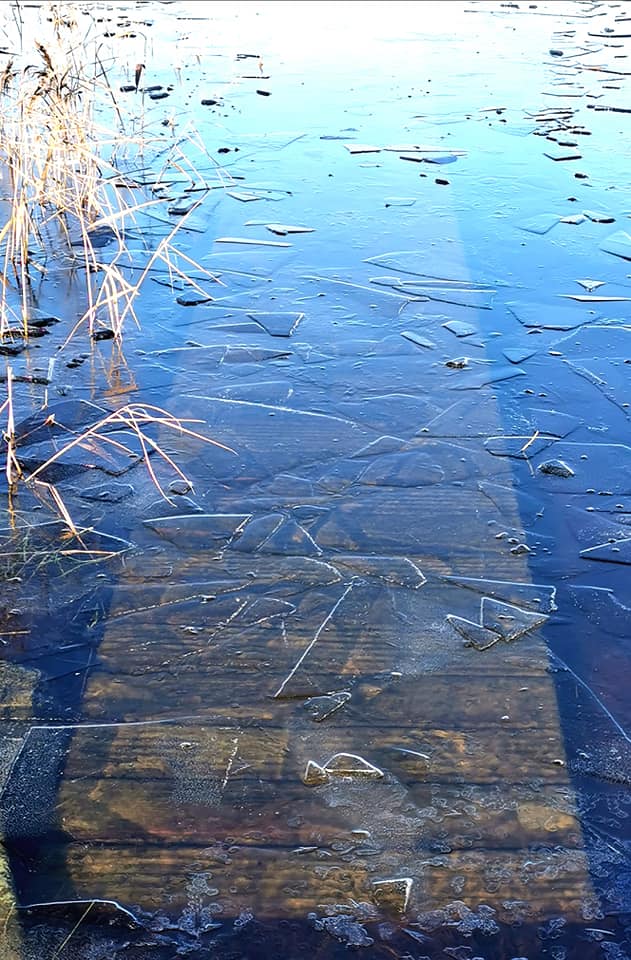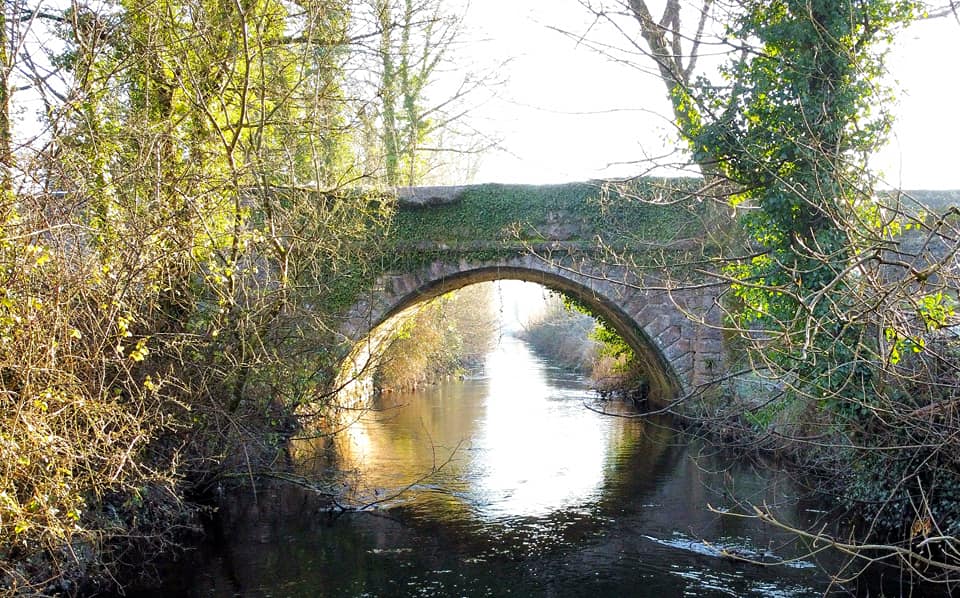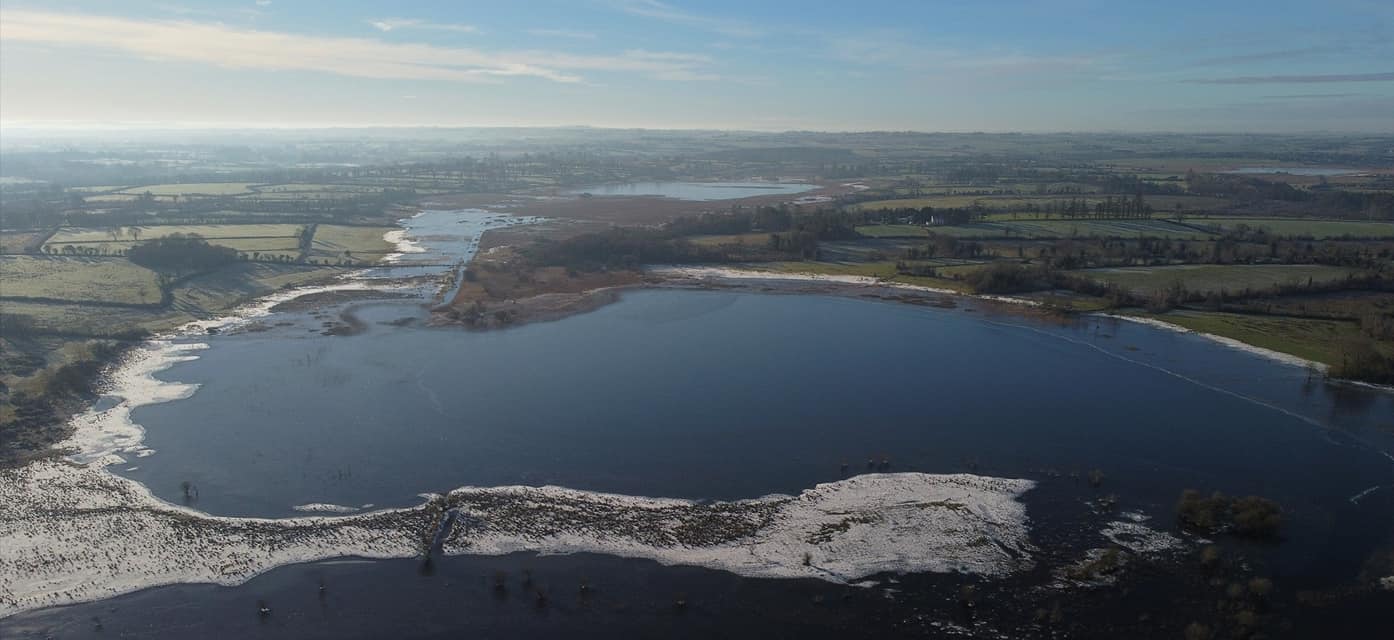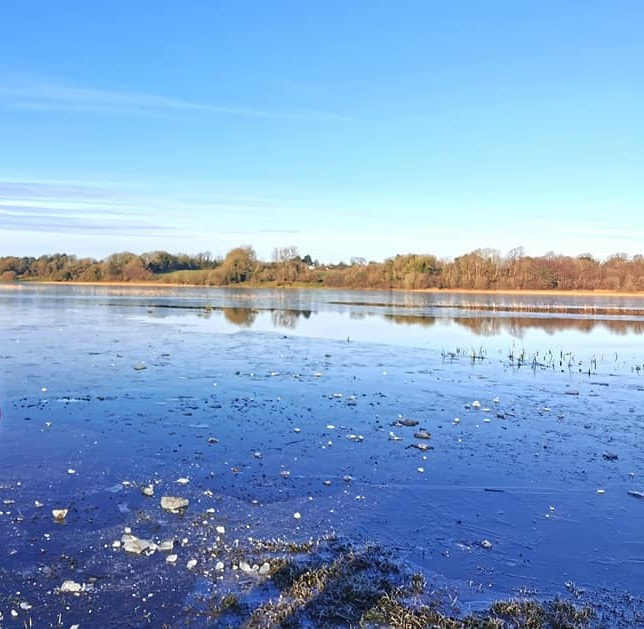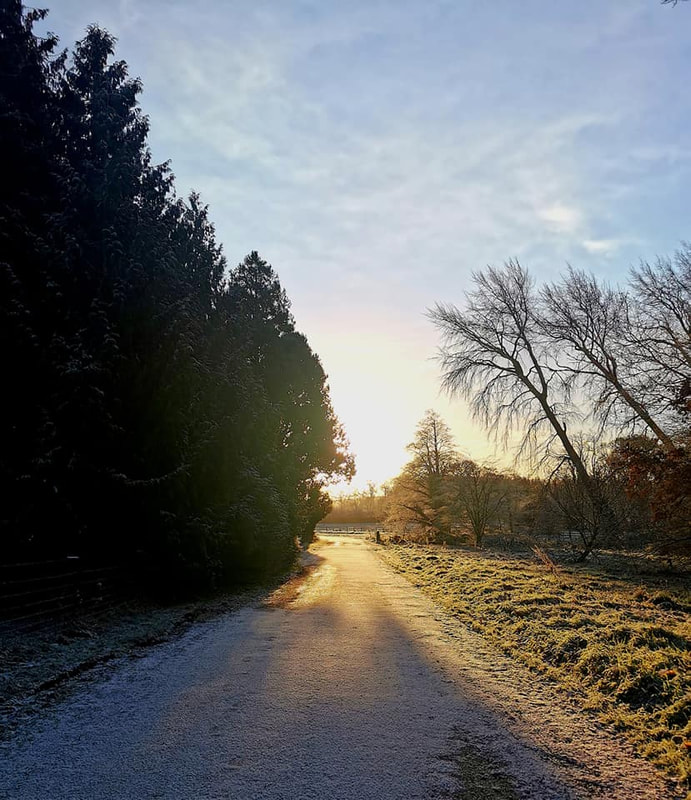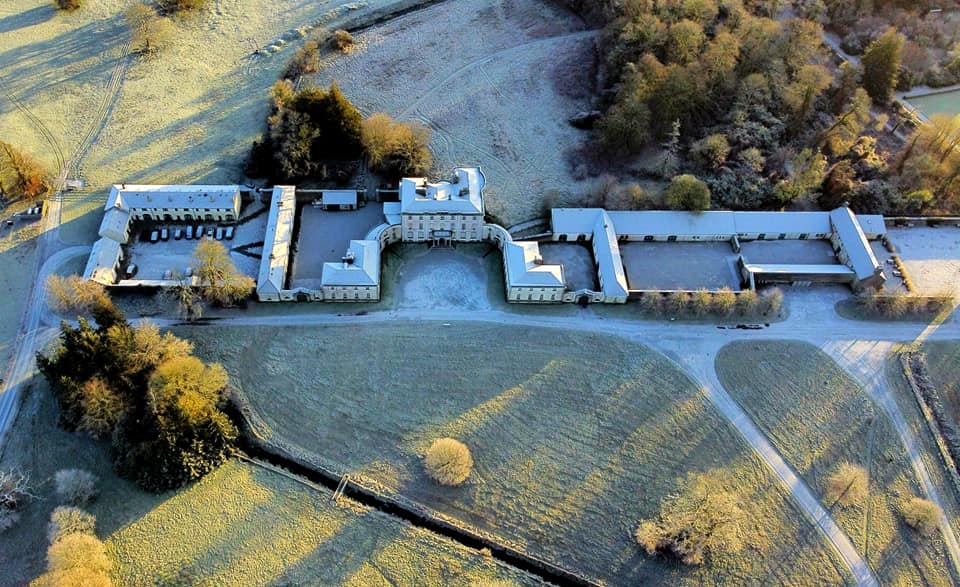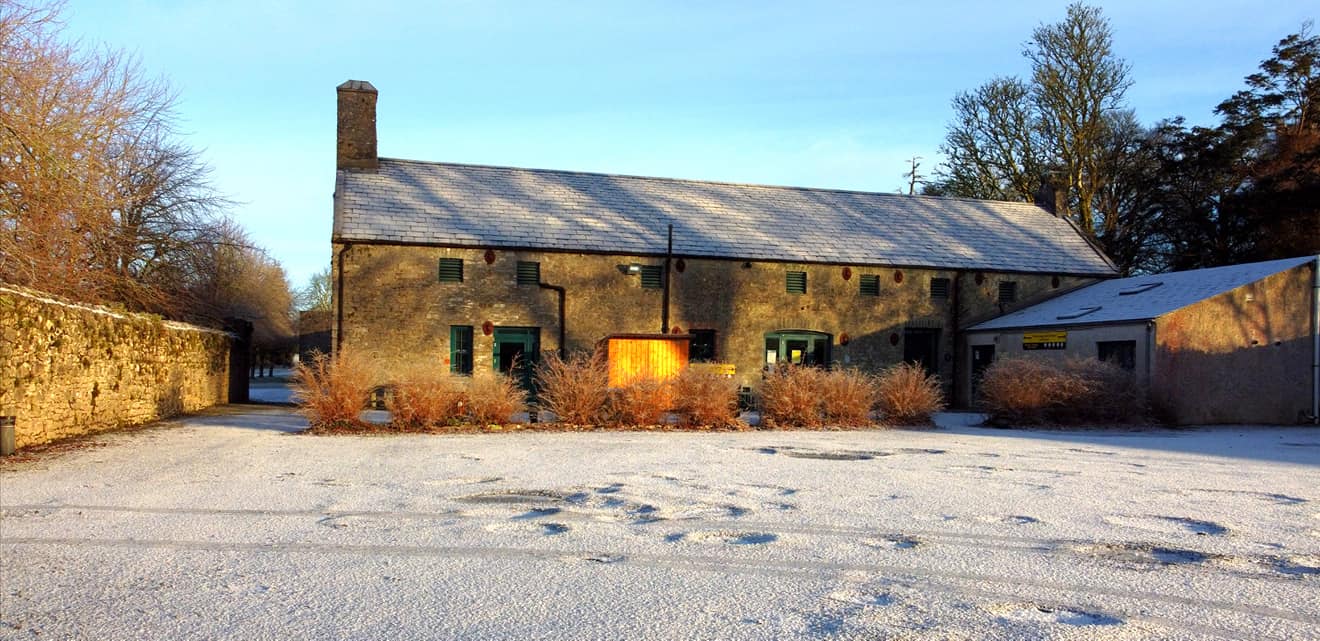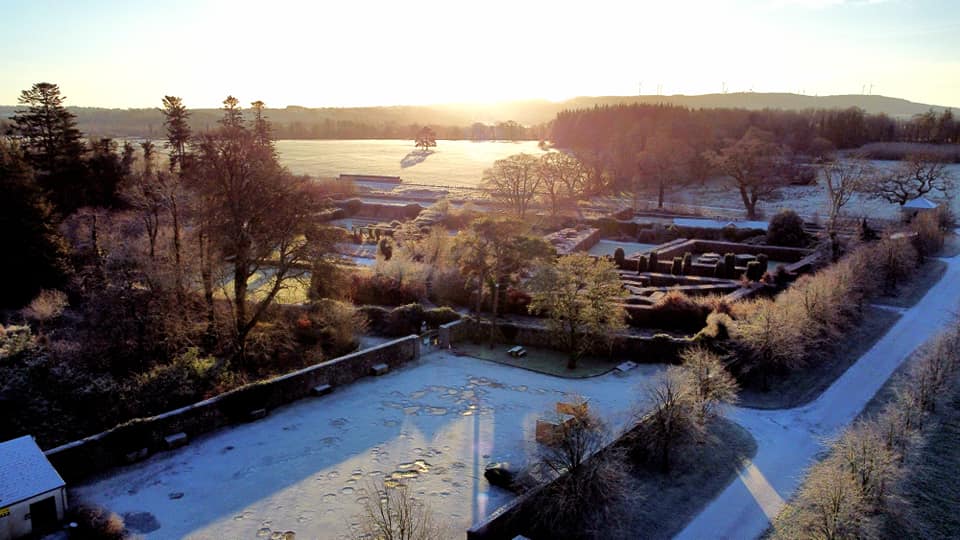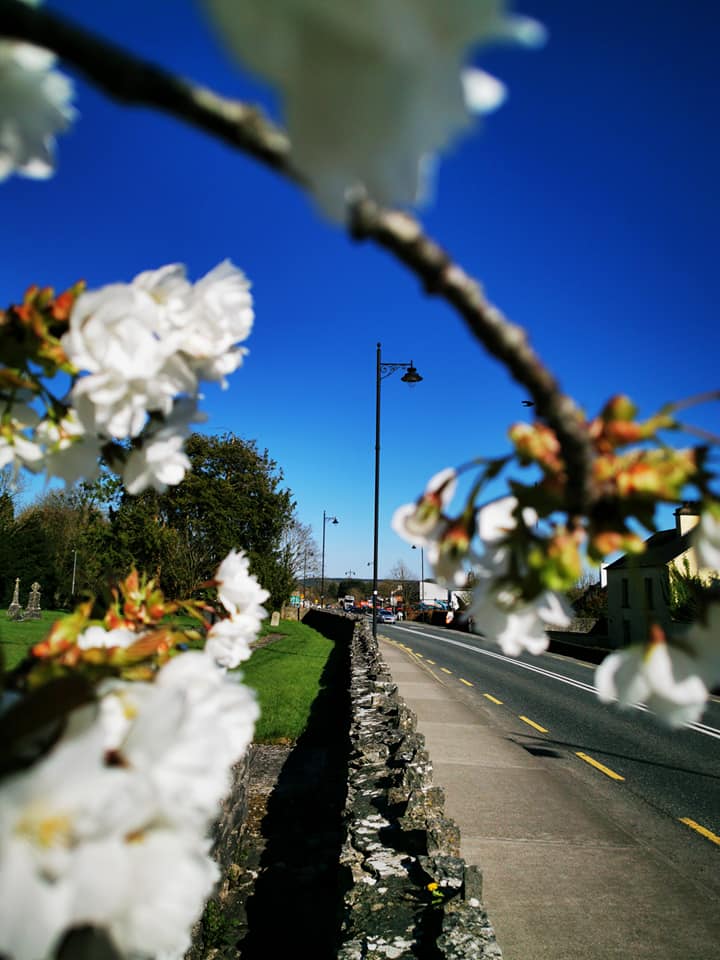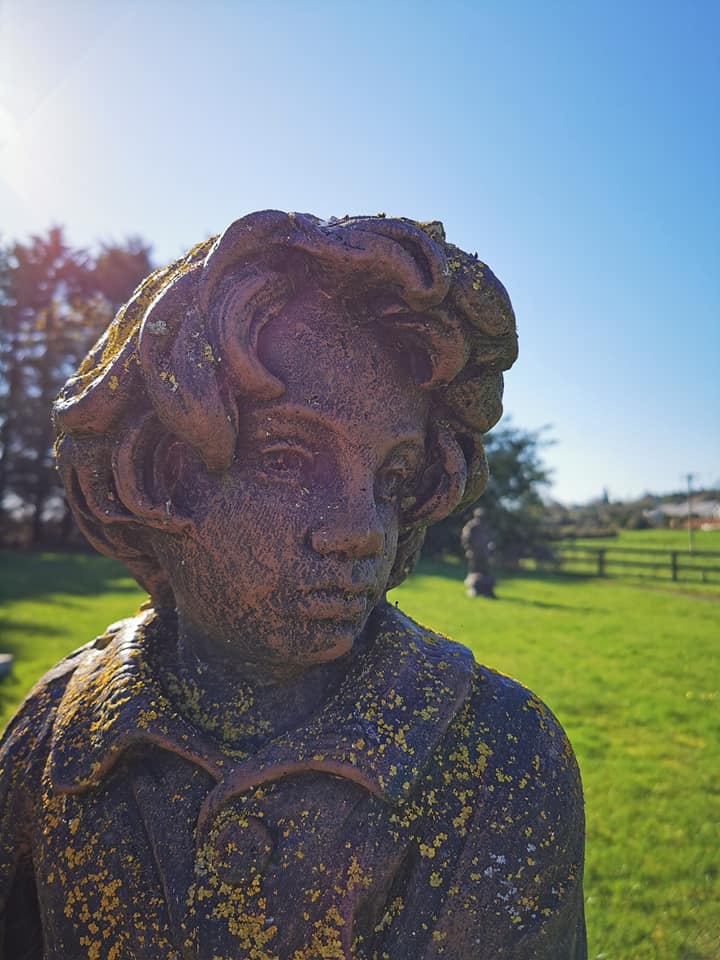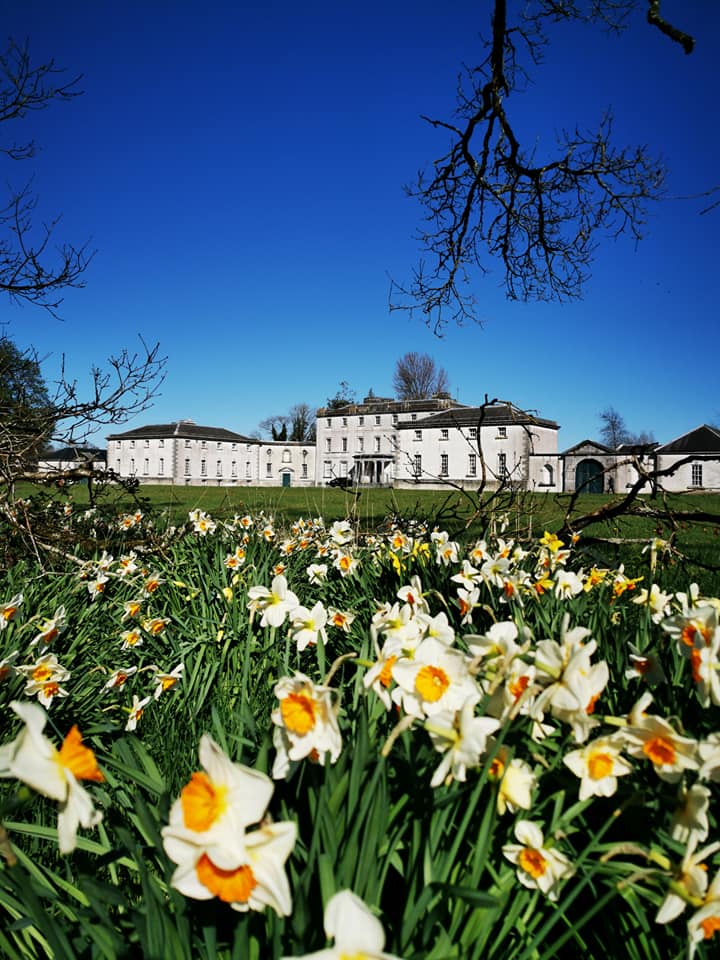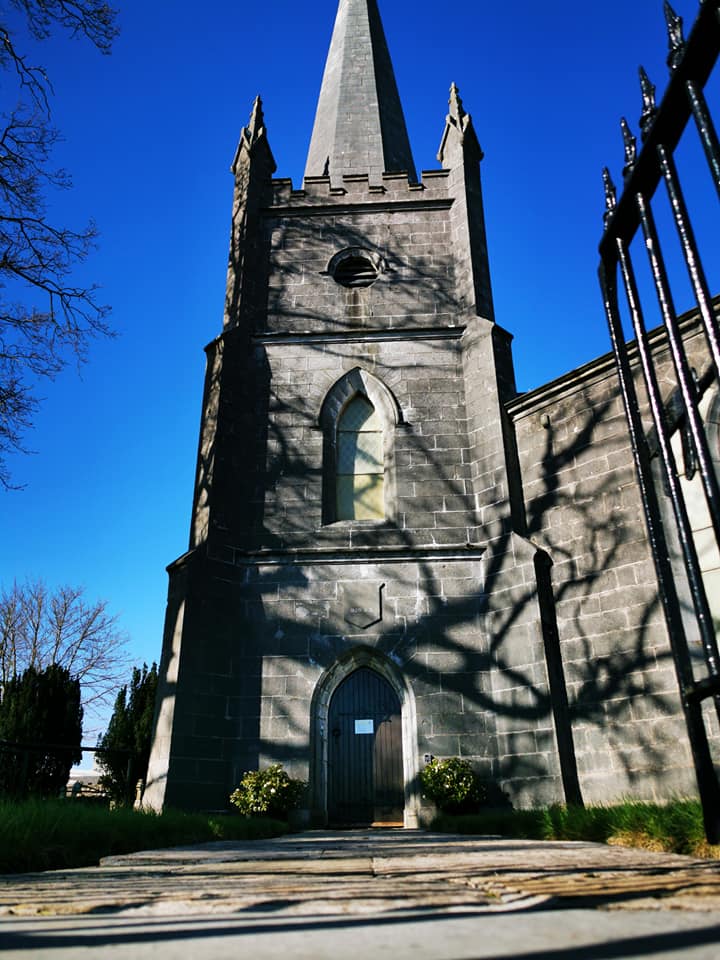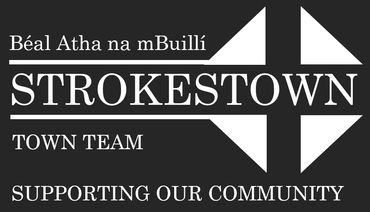Learn more about Strokestown
Strokestown - across the years
Strokestown lies in the heart of Roscommon and is one of the 27 designated “heritage towns” of Ireland and the only one in Co. Roscommon. It has a rich architectural heritage and a wealth of history which has shaped this planned town. Our town has its own unique character and special interest to visitors.
Strokestown is friendly and inviting, and us locals are proud to “show-off” our hometown. We are working hard to rejuvenate the town, while ensuring we maintain our heritage connection so that all who visit us leave these shores commenting on the beauty of all they have seen and eager to return in future years.
Our town has taken a long time to mature and is now ready for you to savour. Strokestown is not just bricks and mortar. The spirit is the people who make it come alive and we welcome you warmly with a Céad Míle Fáilte to enjoy and share the proud Irish heritage of STROKESTOWN.
Strokestown lies in the heart of Roscommon and is one of the 27 designated “heritage towns” of Ireland and the only one in Co. Roscommon. It has a rich architectural heritage and a wealth of history which has shaped this planned town. Our town has its own unique character and special interest to visitors.
Strokestown is friendly and inviting, and us locals are proud to “show-off” our hometown. We are working hard to rejuvenate the town, while ensuring we maintain our heritage connection so that all who visit us leave these shores commenting on the beauty of all they have seen and eager to return in future years.
Our town has taken a long time to mature and is now ready for you to savour. Strokestown is not just bricks and mortar. The spirit is the people who make it come alive and we welcome you warmly with a Céad Míle Fáilte to enjoy and share the proud Irish heritage of STROKESTOWN.
The Magnet Ballroom
The Ballroom, located on Elphin Street, opened on Easter Sunday, 26th April 1936. The opening performance was from the Strokestown Dramatic Group. Many dance bands took to the stage over the years attracting couples from far and wide having been one of the few ballrooms in the vicinity. In 1950, a competition was held for a name for the hall, and after many entries "The Magnet" was chosen.
Due to the popularity of lounge bars and singing pubs, the ballroom closed in the late 1970s. In 1989 it was bought by Walsh Mushrooms and was used as a mushroom farm until 2003.
It is currently vacant but its uniqueness remains of social importance to the town.
12/08/21: #Vibrant #cheerful ... loving the transformation happening in #Strokestown...lots of memories from people around the globe of this building on Elphin Street. #ProjectIreland funded with Strokestown Town Team and Town and Village.
The Ballroom, located on Elphin Street, opened on Easter Sunday, 26th April 1936. The opening performance was from the Strokestown Dramatic Group. Many dance bands took to the stage over the years attracting couples from far and wide having been one of the few ballrooms in the vicinity. In 1950, a competition was held for a name for the hall, and after many entries "The Magnet" was chosen.
Due to the popularity of lounge bars and singing pubs, the ballroom closed in the late 1970s. In 1989 it was bought by Walsh Mushrooms and was used as a mushroom farm until 2003.
It is currently vacant but its uniqueness remains of social importance to the town.
12/08/21: #Vibrant #cheerful ... loving the transformation happening in #Strokestown...lots of memories from people around the globe of this building on Elphin Street. #ProjectIreland funded with Strokestown Town Team and Town and Village.
St Mary’s Catholic Church, Carniska
The church was built in 1840/1841 and partly rebuilt and remodelled in 1909/1910 and in 1954/1955. Local stone masons built the walls using stones quarried from nearby.
Prior to this the place of worship for the area was celebrated in a barn situated on the site where the old and former Carniska School of 1841 existed. This barn was acquired and converted into what was described as a thatched chapel. Its roof was blown off during the hurricane of 1839 and the Rev. John Boyd decided to have a new church build.
The church was built in 1840/1841 and partly rebuilt and remodelled in 1909/1910 and in 1954/1955. Local stone masons built the walls using stones quarried from nearby.
Prior to this the place of worship for the area was celebrated in a barn situated on the site where the old and former Carniska School of 1841 existed. This barn was acquired and converted into what was described as a thatched chapel. Its roof was blown off during the hurricane of 1839 and the Rev. John Boyd decided to have a new church build.
Strokestown Park Gardens & Woodlands
The six acres of beautiful walled gardens of Strokestown Park underwent a ten-year restoration project and opened to the public in 1997. Many of the original features have been restored including the croquet lawn, the lawn tennis courts, the summer house and a magnificent ornamental pond.
There is also a Georgian vegetable and fruit garden growing old varieties of fruit and vegetables using traditional methods. All the local produce is used in preparation of food in the Strokestown Park Café.
There is a woodland walk adjacent to Strokestown Park House. The woodland was first planted in the 1700's by Thomas Mahon. The woods remained untouched for years until 2011 when a big restoration project took place reopening the original pathways.
https://www.strokestownpark.ie/
The six acres of beautiful walled gardens of Strokestown Park underwent a ten-year restoration project and opened to the public in 1997. Many of the original features have been restored including the croquet lawn, the lawn tennis courts, the summer house and a magnificent ornamental pond.
There is also a Georgian vegetable and fruit garden growing old varieties of fruit and vegetables using traditional methods. All the local produce is used in preparation of food in the Strokestown Park Café.
There is a woodland walk adjacent to Strokestown Park House. The woodland was first planted in the 1700's by Thomas Mahon. The woods remained untouched for years until 2011 when a big restoration project took place reopening the original pathways.
https://www.strokestownpark.ie/
Kiltrustan Cemetery
Kiltrustan Cemetery is located 5.5km north of Strokestown. The ruins of an 11th century medieval church are situated in the cemetery. A wooden chapel was once erected in the cemetery grounds in 1805 by a Rev. James Kelly. This was later replaced by the present church in Kiltrustan in the early 1850s.
There are three vaults in the graveyard namely Donnellan, Shanley and McMahon.
The grave slabs of two priests have been uncovered and the oldest headstone dates to 1717.
Kiltrustan Cemetery is located 5.5km north of Strokestown. The ruins of an 11th century medieval church are situated in the cemetery. A wooden chapel was once erected in the cemetery grounds in 1805 by a Rev. James Kelly. This was later replaced by the present church in Kiltrustan in the early 1850s.
There are three vaults in the graveyard namely Donnellan, Shanley and McMahon.
The grave slabs of two priests have been uncovered and the oldest headstone dates to 1717.
Kilglass Lake
Kilglass Lake is a very important fishery located 5km north east of Strokestown. The lake holds excellent stocks of Bream, Roach, Tench, Hybrids, Rudd and Pike. This is a venue for the Pike fishing Winter Leagues.
Moorings are located on the lake with floating jetties that can accommodate up to 10 boats. There is also a six-metre-wide modern slipway.
The lake is part of the 14 lakes collectively known as the Strokestown Lakes.
Kilglass Lake is a very important fishery located 5km north east of Strokestown. The lake holds excellent stocks of Bream, Roach, Tench, Hybrids, Rudd and Pike. This is a venue for the Pike fishing Winter Leagues.
Moorings are located on the lake with floating jetties that can accommodate up to 10 boats. There is also a six-metre-wide modern slipway.
The lake is part of the 14 lakes collectively known as the Strokestown Lakes.
Kiltrustan Sports Club
Set up by friends and neighbours to provide an amenity for the children of the area, Kiltrustan Sports Club was established in 1979. It all started with Paddy Chambers donating a field to the committee and they held their first Sports Day in 1980. In 1989 after fantastic fundraising, a new tennis court and club house was opened.
In 2018 a new synthetic grass court was laid, and a walkway created around a newly reseeded pitch.
This year work has commenced on lighting up the walkway. The facility will be fully fenced and will include a concrete chess table, benches/family seating areas and an all-weather outdoor table tennis area.
People have so many memories of Sports Days in Kiltrustan, and in 2022 the Club will officially unveil the finished works and celebrate their 32nd Annual Sports Day.
Set up by friends and neighbours to provide an amenity for the children of the area, Kiltrustan Sports Club was established in 1979. It all started with Paddy Chambers donating a field to the committee and they held their first Sports Day in 1980. In 1989 after fantastic fundraising, a new tennis court and club house was opened.
In 2018 a new synthetic grass court was laid, and a walkway created around a newly reseeded pitch.
This year work has commenced on lighting up the walkway. The facility will be fully fenced and will include a concrete chess table, benches/family seating areas and an all-weather outdoor table tennis area.
People have so many memories of Sports Days in Kiltrustan, and in 2022 the Club will officially unveil the finished works and celebrate their 32nd Annual Sports Day.
Sliabh Bán
Sliabh Bán is a small but highly significant mountain set among the lakes and flatlands of eastern Co. Roscommon overlooking Ballyleague, Kilrooskey, and Strokestown, and is the third-highest point in the county.
The mountain is made up of two main peaks, the highest being 262m high. The second peak is 254m high and is the location of the Holy Year Cross.
Located approximately 6km from Strokestown this amazing amenity is a place for recreation, walking, riding, cycling and enjoying the outdoors.
Throughout the forest are Looped Walks with several paths, which can be taken so you can vary the length of your walk. There is also a Trim Trail for fitness, an Equestrian Trail, a Forest Walk, a Picnic Area, a Kids Playground and a raised Viewing Platform to enjoy the stunning views that Sliabh Bán has to offer.
A Heritage trail gives a full insight into the history of the mountain, taking in the church ruin, the 17th Century Mass rock, Monastery trail and the Holy Year Cross.
Sliabh Bán is a small but highly significant mountain set among the lakes and flatlands of eastern Co. Roscommon overlooking Ballyleague, Kilrooskey, and Strokestown, and is the third-highest point in the county.
The mountain is made up of two main peaks, the highest being 262m high. The second peak is 254m high and is the location of the Holy Year Cross.
Located approximately 6km from Strokestown this amazing amenity is a place for recreation, walking, riding, cycling and enjoying the outdoors.
Throughout the forest are Looped Walks with several paths, which can be taken so you can vary the length of your walk. There is also a Trim Trail for fitness, an Equestrian Trail, a Forest Walk, a Picnic Area, a Kids Playground and a raised Viewing Platform to enjoy the stunning views that Sliabh Bán has to offer.
A Heritage trail gives a full insight into the history of the mountain, taking in the church ruin, the 17th Century Mass rock, Monastery trail and the Holy Year Cross.
Strokestown Park House
The origins of the Strokestown Park estate date back to medieval times and a castle destroyed in 1552 by Mac Diarmada. The estate we see today began to take shape in the seventeenth century when land previously owned by the O’Conor Roe, a royal house of Ireland, was acquired by the Pakenham Mahon family and remained their family home from the 1600s until 1979.
The house is full of thousands of original artefacts spanning over three centuries. From antique furniture and furnishings to family archives and toys, the rich collections focuses on all aspects of family life in the country house, covering formal dining, children’s school rooms, servant life, aristocratic hobbies, and correspondence with the tenants on the estate.
This Georgian Palladian mansion preserved with its original furnishings and fabrics is a time capsule and have survived relatively untouched to this day, from the grand formal rooms to the private quarters. The wings give insight into the life of the servant and contain the kitchens and stables, which survive almost intact. The galleried kitchen is probably the finest example of its type in Ireland and features a row of ovens and ranges along one wall.
The origins of the Strokestown Park estate date back to medieval times and a castle destroyed in 1552 by Mac Diarmada. The estate we see today began to take shape in the seventeenth century when land previously owned by the O’Conor Roe, a royal house of Ireland, was acquired by the Pakenham Mahon family and remained their family home from the 1600s until 1979.
The house is full of thousands of original artefacts spanning over three centuries. From antique furniture and furnishings to family archives and toys, the rich collections focuses on all aspects of family life in the country house, covering formal dining, children’s school rooms, servant life, aristocratic hobbies, and correspondence with the tenants on the estate.
This Georgian Palladian mansion preserved with its original furnishings and fabrics is a time capsule and have survived relatively untouched to this day, from the grand formal rooms to the private quarters. The wings give insight into the life of the servant and contain the kitchens and stables, which survive almost intact. The galleried kitchen is probably the finest example of its type in Ireland and features a row of ovens and ranges along one wall.
Dun Maeve Centre (former Convent)
Two houses and some land in Strokestown were offered to the Sisters of Mercy on condition that some Sisters would be sent to open a convent there as soon as possible. The foundation was established in 1891. Seven Sisters arrived from Sligo in that year. A foundation stone for a new convent was laid in 1895 and the convent was complete in 1897.
From 1891 The Mercy Nuns have provided both primary and secondary education in Strokestown.
Two houses and some land in Strokestown were offered to the Sisters of Mercy on condition that some Sisters would be sent to open a convent there as soon as possible. The foundation was established in 1891. Seven Sisters arrived from Sligo in that year. A foundation stone for a new convent was laid in 1895 and the convent was complete in 1897.
From 1891 The Mercy Nuns have provided both primary and secondary education in Strokestown.
Cloonslanor Burial Ground
This site is a famine burial ground sitting within a ringfort and is associated with the Workhouse in Strokestown. The Burial Ground remains a reminder of a part of our history and heritage, and Strokestown Town Team are currently working on a project to develop this burial ground into an attractive area of remembrance.
The workhouse was an institution which operated in Ireland for a period of some 80 years, from the early 1840s to the early 1920s. There were 163 workhouses in total in Ireland during this period. If people could not support themselves, they could come into the workhouse. Here they would do some work in return for food. People had to stay and live in the workhouse and so the system was known as indoor relief.
The whole family had to enter together. This was a way for the landlords to clear the land of tenants who could not pay rent. Life in the workhouse was meant to be harsh so as not to encourage people to stay. One of the cruellest aspects of the workhouse was that family members were split up into separate quarters. Children aged two or less could stay with their mothers. Sometimes, family members never saw each other again.
To read more about life in the workhouse see http://irishworkhousecentre.ie/
This site is a famine burial ground sitting within a ringfort and is associated with the Workhouse in Strokestown. The Burial Ground remains a reminder of a part of our history and heritage, and Strokestown Town Team are currently working on a project to develop this burial ground into an attractive area of remembrance.
The workhouse was an institution which operated in Ireland for a period of some 80 years, from the early 1840s to the early 1920s. There were 163 workhouses in total in Ireland during this period. If people could not support themselves, they could come into the workhouse. Here they would do some work in return for food. People had to stay and live in the workhouse and so the system was known as indoor relief.
The whole family had to enter together. This was a way for the landlords to clear the land of tenants who could not pay rent. Life in the workhouse was meant to be harsh so as not to encourage people to stay. One of the cruellest aspects of the workhouse was that family members were split up into separate quarters. Children aged two or less could stay with their mothers. Sometimes, family members never saw each other again.
To read more about life in the workhouse see http://irishworkhousecentre.ie/
Kiltrustan Church
The church was erected in 1845 during the pastorate of Dean Michael McDermott. Prior to this mass was held in a wooden chapel in the grounds of Kiltrustan cemetery from 1805.
The stone for the church is stated to have been carried from Tubberpatrick. It was remodelled in 1871 and re roofed in 1974
The church was erected in 1845 during the pastorate of Dean Michael McDermott. Prior to this mass was held in a wooden chapel in the grounds of Kiltrustan cemetery from 1805.
The stone for the church is stated to have been carried from Tubberpatrick. It was remodelled in 1871 and re roofed in 1974
The National Famine Museum and the National Famine Way
The National Famine Museum at Strokestown tells the story of the single greatest social disaster of 19th century Europe, the Great Irish Famine of the 1840s. This tragic chapter of Irish history is told through the words and stories of the very people who experienced it.
The National Famine Way is a self-guided Trail detailing the ill-fated journey of 1,490 famine emigrants who walked 165km from Strokestown Park to ships in Dublin in 1847, at the height of the Irish Famine. With its captivating layers of history and culture, the Trail will give you a truly immersive experience. There are over thirty pairs of 19th-century bronze children’s shoes interspersed along the route which create a thought-provoking experience.
For more details please see
https://www.strokestownpark.ie/.../national-famine-museum/
https://nationalfamineway.ie/
The National Famine Museum at Strokestown tells the story of the single greatest social disaster of 19th century Europe, the Great Irish Famine of the 1840s. This tragic chapter of Irish history is told through the words and stories of the very people who experienced it.
The National Famine Way is a self-guided Trail detailing the ill-fated journey of 1,490 famine emigrants who walked 165km from Strokestown Park to ships in Dublin in 1847, at the height of the Irish Famine. With its captivating layers of history and culture, the Trail will give you a truly immersive experience. There are over thirty pairs of 19th-century bronze children’s shoes interspersed along the route which create a thought-provoking experience.
For more details please see
https://www.strokestownpark.ie/.../national-famine-museum/
https://nationalfamineway.ie/
Church of the Immaculate Conception
This Roman Catholic Church, on Elphin Street, was built between 1860 and 1863 on the site of an earlier structure, and was opened and blessed on 14 May 1863. It was built under the guidance of Fr Michael McDermott who was parish priest here from 1835 until his death. There is a plaque dedicated to Fr. McDermott inside the church.
The Church was extensively modified in 1959/60 when the church roof was lowered and two new bays were added to provide additional seating. The large scale renovation and extension of the Church retained the altar, reredos and stained glass put in place by the original architect.
This Roman Catholic Church, on Elphin Street, was built between 1860 and 1863 on the site of an earlier structure, and was opened and blessed on 14 May 1863. It was built under the guidance of Fr Michael McDermott who was parish priest here from 1835 until his death. There is a plaque dedicated to Fr. McDermott inside the church.
The Church was extensively modified in 1959/60 when the church roof was lowered and two new bays were added to provide additional seating. The large scale renovation and extension of the Church retained the altar, reredos and stained glass put in place by the original architect.
Strokestown Community & Sports Centre
The Community Centre, located behind Church Street, was built in 1980 when a group of enthusiastic community activists had the vision of providing the town with a fine sports hall and that they did!
It is noted to have one of the best maple floors in County Roscommon and, together with it's viewing gallery, is a very popular venue for indoor sports such as soccer, basketball, badminton, boxing and community games. The centre is also host to dancing championships, CCÉ Fleadhs, and other community events.
Thanks to a new group of enthusiastic committee members they have fully updated the décor, changing rooms, showers, meeting rooms and kitchenettes. The newly refurbished stage is also an added dimension to what can be achieved and hopefully post-CoVID will allow it to be used to it's fullest.
Who knows who might want to perform on it!!
The Community Centre, located behind Church Street, was built in 1980 when a group of enthusiastic community activists had the vision of providing the town with a fine sports hall and that they did!
It is noted to have one of the best maple floors in County Roscommon and, together with it's viewing gallery, is a very popular venue for indoor sports such as soccer, basketball, badminton, boxing and community games. The centre is also host to dancing championships, CCÉ Fleadhs, and other community events.
Thanks to a new group of enthusiastic committee members they have fully updated the décor, changing rooms, showers, meeting rooms and kitchenettes. The newly refurbished stage is also an added dimension to what can be achieved and hopefully post-CoVID will allow it to be used to it's fullest.
Who knows who might want to perform on it!!
Holy Cross on Sliabh Bán
This monument was built to commemorate the “Holy Year of 1950”.
Several men from the local area decided to build a cross on the most central point of Sliabh Bán. Due to the poor conditions of the roads for the last mile and half to the top, the materials had to be carried by the men on their back and by bicycle or transported by horse and cart.
Work started in September 1950 and finished in May 1951. The crossed was blessed in June 1951 by Fr. Kilroy who was joined by many local parishioners.
Today, there are many walking trails leading to the cross which offer spectacular views to the north and west of the mountain.
This monument was built to commemorate the “Holy Year of 1950”.
Several men from the local area decided to build a cross on the most central point of Sliabh Bán. Due to the poor conditions of the roads for the last mile and half to the top, the materials had to be carried by the men on their back and by bicycle or transported by horse and cart.
Work started in September 1950 and finished in May 1951. The crossed was blessed in June 1951 by Fr. Kilroy who was joined by many local parishioners.
Today, there are many walking trails leading to the cross which offer spectacular views to the north and west of the mountain.
Strokestown Community Playground
The playground has been open since 2015 and is located on the Boreen Road, just off Church Street.
It’s a free fun activity for children with their parents and grandparents and friends.
It has become a meeting place for friends and families to have some fun, a chat and a picnic.
The playground has been open since 2015 and is located on the Boreen Road, just off Church Street.
It’s a free fun activity for children with their parents and grandparents and friends.
It has become a meeting place for friends and families to have some fun, a chat and a picnic.
Strokestown Park Gates
The Gothic Revival gates of Strokestown Park are located on of Bawn Street.
Built in approx.1790, terminating the vista from St John's Church on Church Street, the gates are the focus of interest within the town which was reshaped in the 1820s into the widest street in Ireland, outside of Dublin, leading up to these demesne gates.
The Gothic Revival gates of Strokestown Park are located on of Bawn Street.
Built in approx.1790, terminating the vista from St John's Church on Church Street, the gates are the focus of interest within the town which was reshaped in the 1820s into the widest street in Ireland, outside of Dublin, leading up to these demesne gates.
Strokestown Golf Club
Strokestown Golf Club is a scenic 9 hole golf course located on the N5 approx. 2km east of Strokestown.
The Club was formed in 1995 and in 2001 moved to its present location in Bumlin.
With stunning views of Sliabh Bawn, it is one of the most scenic parkland club's in the West of Ireland.
www.strokestowngolfclub.ie
Strokestown Golf Club is a scenic 9 hole golf course located on the N5 approx. 2km east of Strokestown.
The Club was formed in 1995 and in 2001 moved to its present location in Bumlin.
With stunning views of Sliabh Bawn, it is one of the most scenic parkland club's in the West of Ireland.
www.strokestowngolfclub.ie
St. John's Church of Ireland
St. John's is a former Church of Ireland building located at the top of Church Street.
Built in 1819/1820, it is on the site of an earlier church dating back to 1754.
The octagonal church is now home to the County Roscommon Heritage & Genealogy Centre. They offer a rich resource to local and family historians, with an abundance of records of individuals.
St. John's is a former Church of Ireland building located at the top of Church Street.
Built in 1819/1820, it is on the site of an earlier church dating back to 1754.
The octagonal church is now home to the County Roscommon Heritage & Genealogy Centre. They offer a rich resource to local and family historians, with an abundance of records of individuals.
Lisonuffy Graveyard
Lisonuffy Graveyard is located 5km south east of Strokestown.
The ruins of a 12th century Abbey are situated in the graveyard containing a beautiful, pointed window and doorway. This was the site of a Christian settlement and was also in O'Connor Roe territory, descendants of an Irish noble house who were one of the most influential and distinguished royal houses in Ireland.
In 1734 a slab a marble sent from Italy was set into a wall of the Abbey ruins as a memorial to members of the O’Connor Roe family. The graveyard enclosing wall was built and complete by 1825.
Lisonuffy Graveyard is located 5km south east of Strokestown.
The ruins of a 12th century Abbey are situated in the graveyard containing a beautiful, pointed window and doorway. This was the site of a Christian settlement and was also in O'Connor Roe territory, descendants of an Irish noble house who were one of the most influential and distinguished royal houses in Ireland.
In 1734 a slab a marble sent from Italy was set into a wall of the Abbey ruins as a memorial to members of the O’Connor Roe family. The graveyard enclosing wall was built and complete by 1825.
Strokestown in the news
|
RTÉ Six-One News reports on the start of the 2017 Strokestown to Dublin Famine Walk.
The 155 km walk commemorates the first part of the journey made by 1,490 emigrants in May 1847. They were evicted from the estate of Major Denis Mahon of Strokestown Park House under an assisted emigration initiative by the estate, one of many in Ireland at that time. Their final destination was Quebec in Canada. See http://nationalfamineway.ie for more background. |
|
